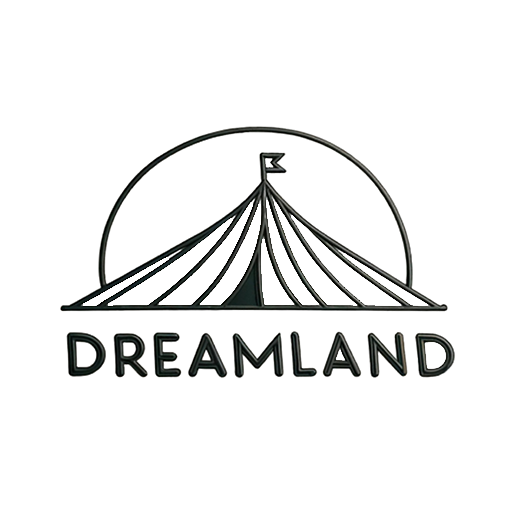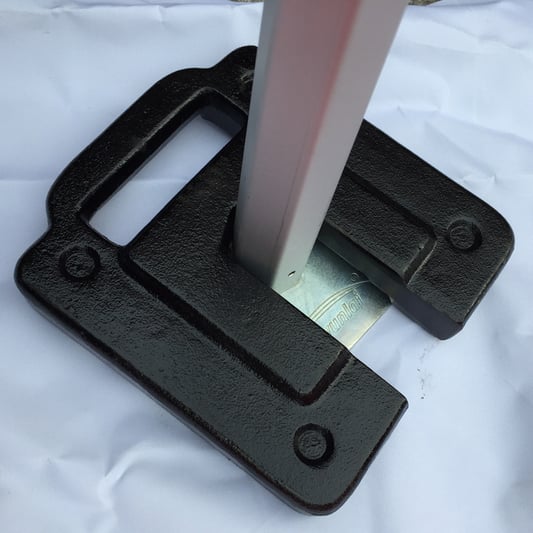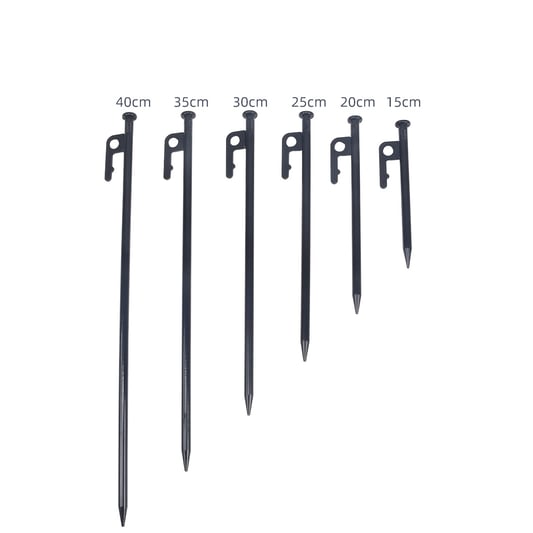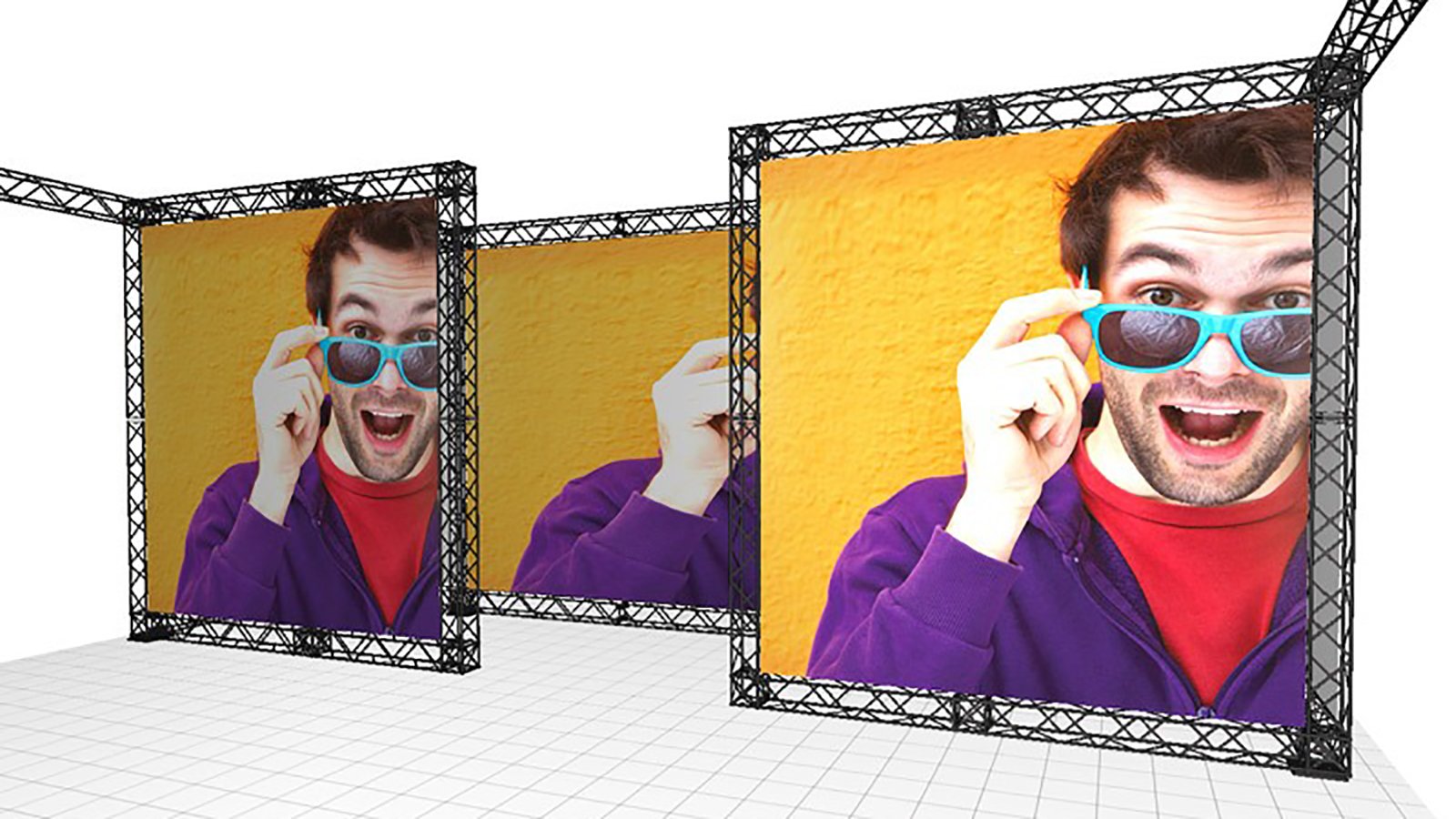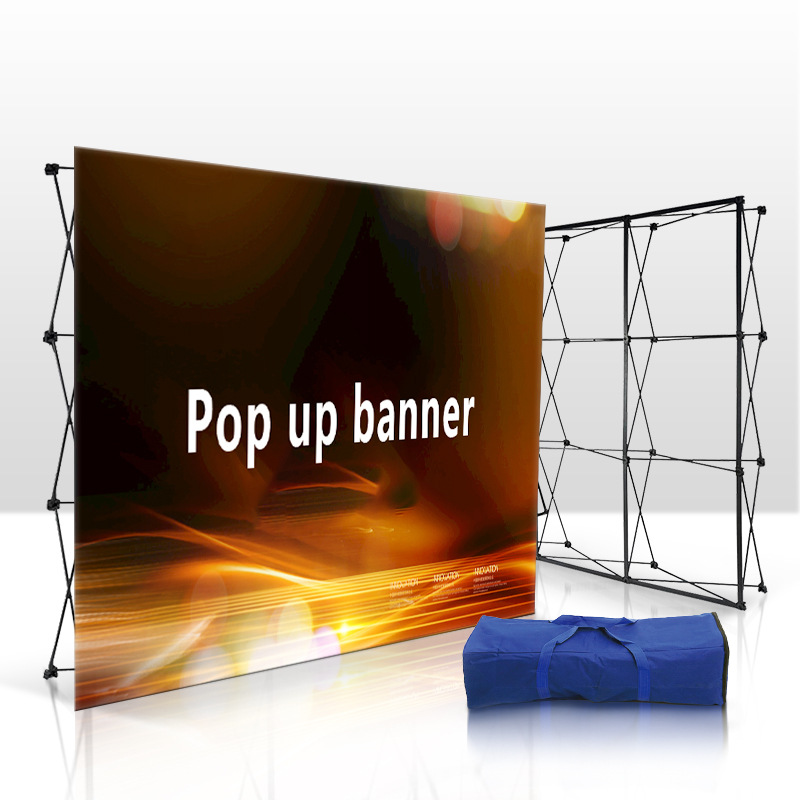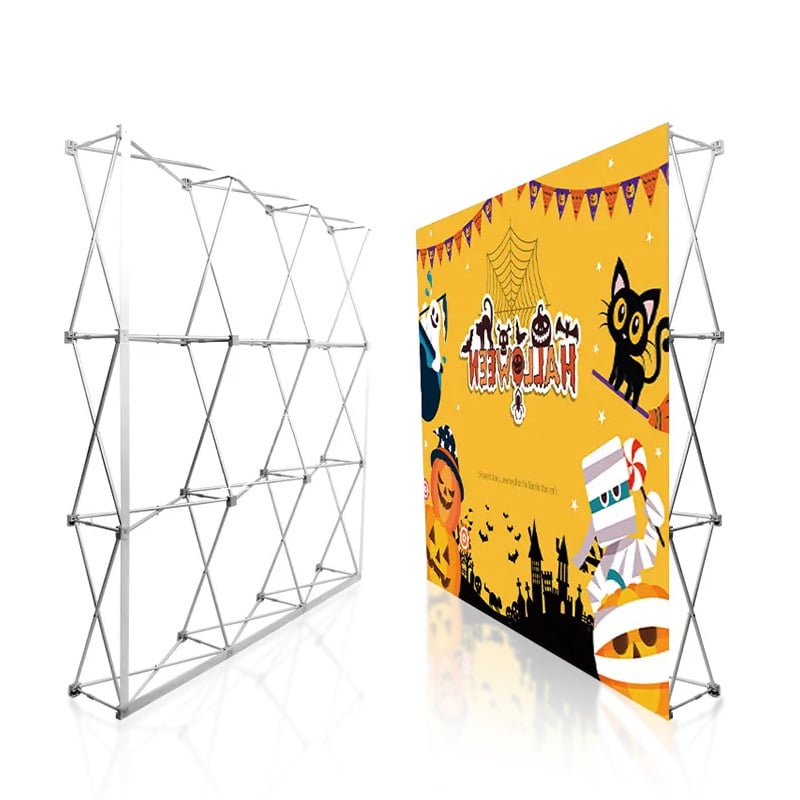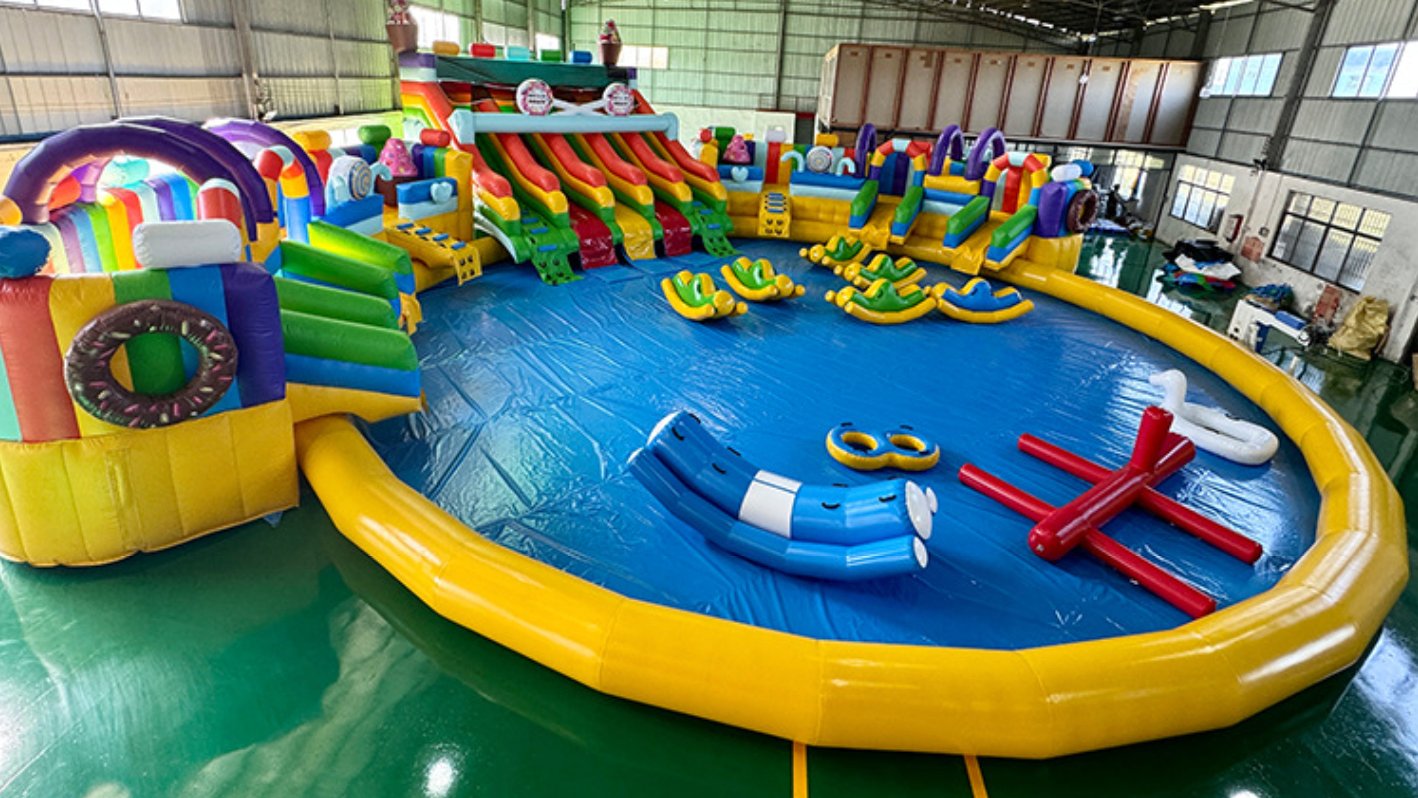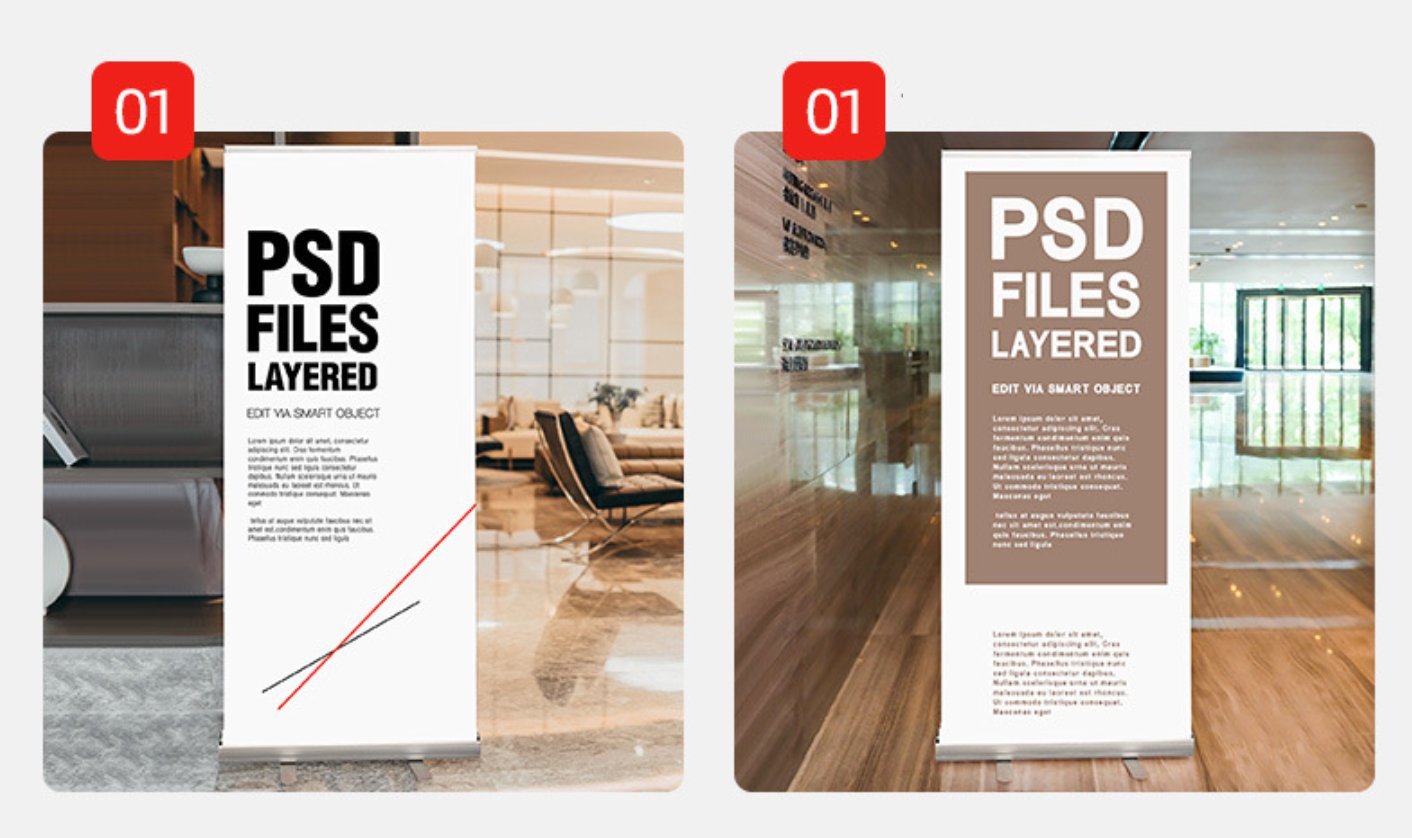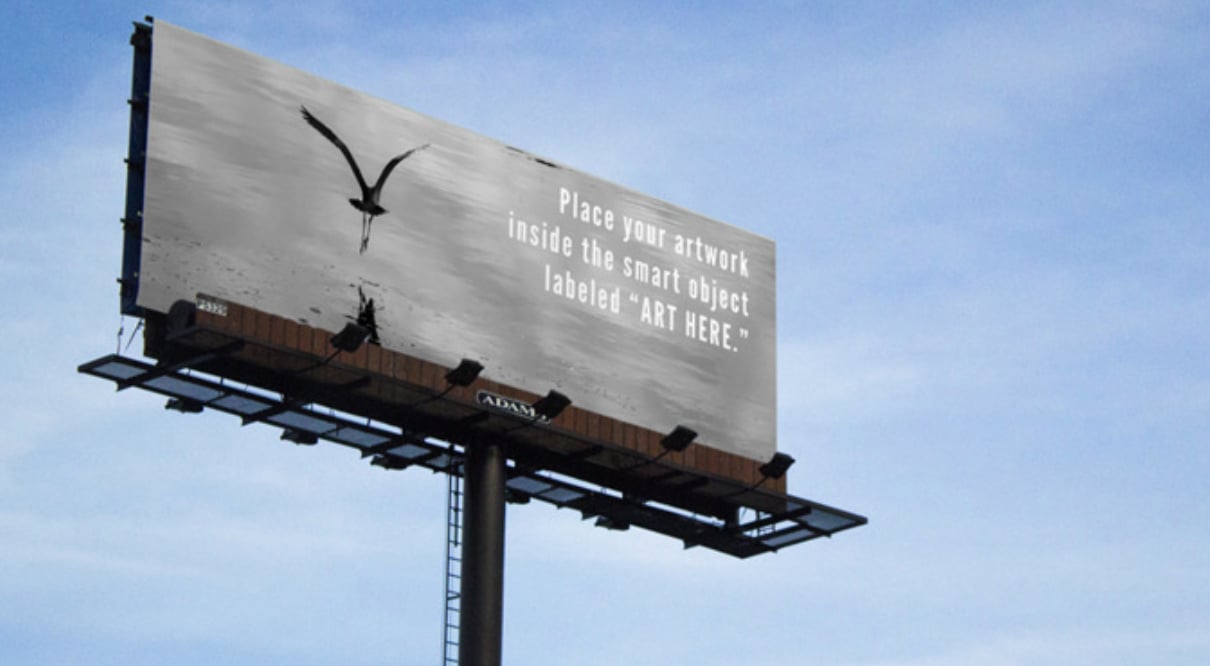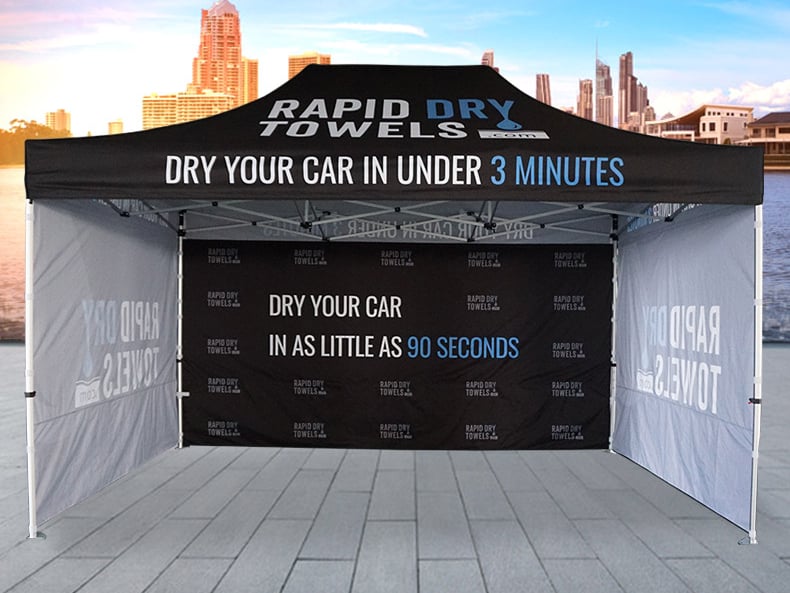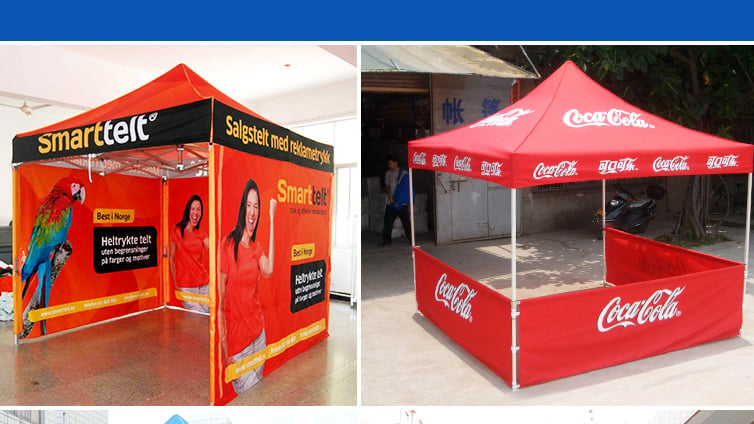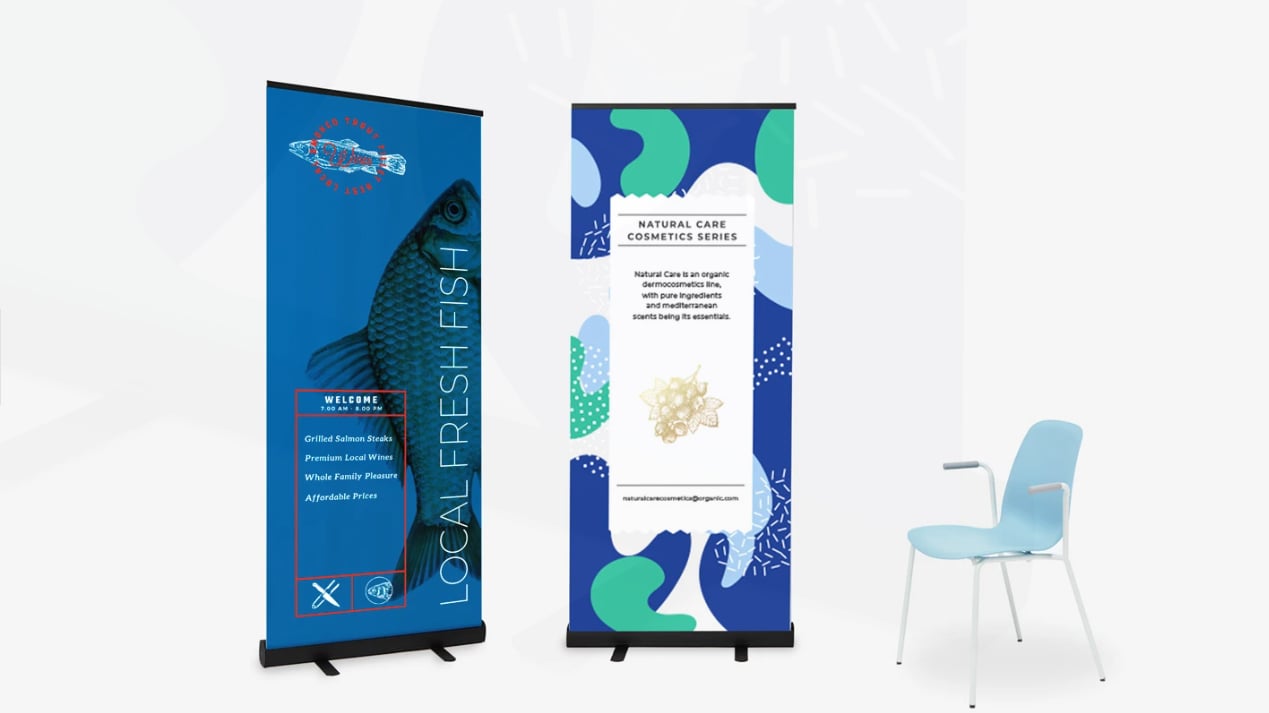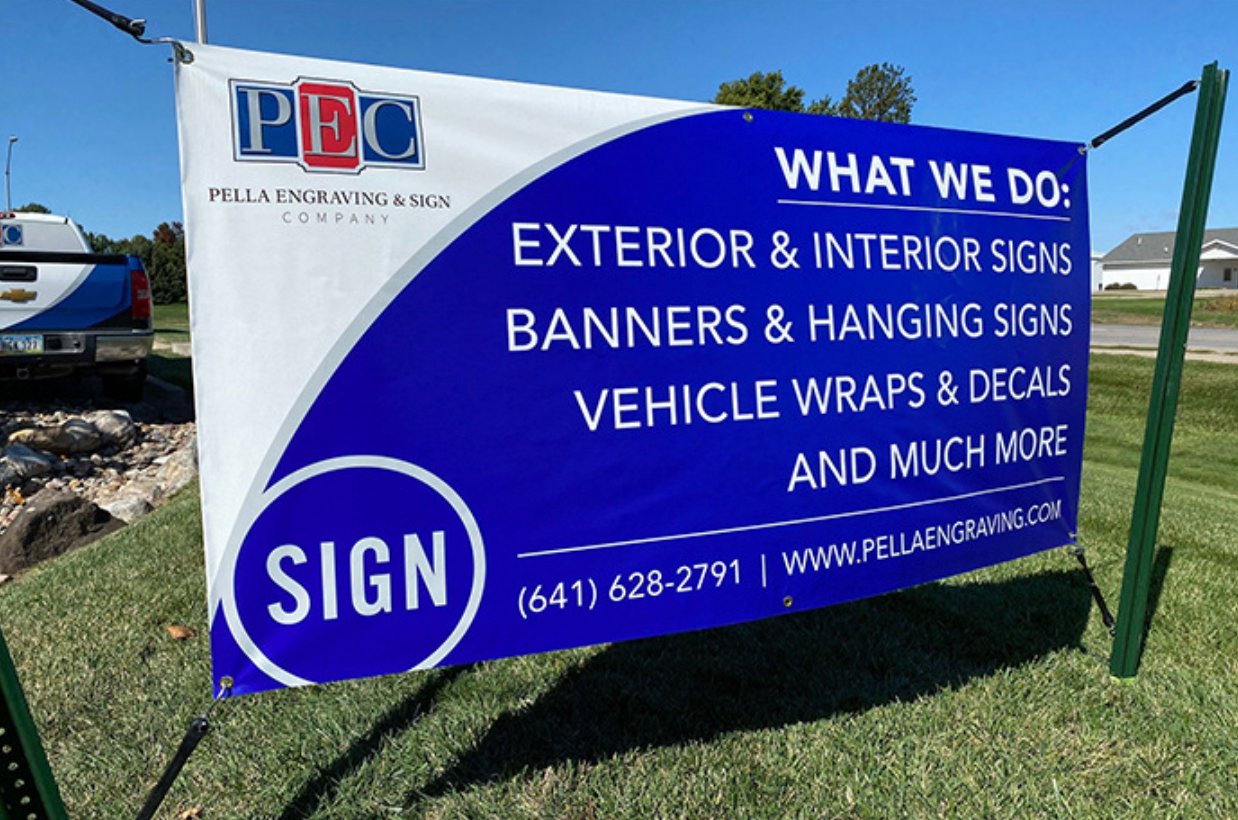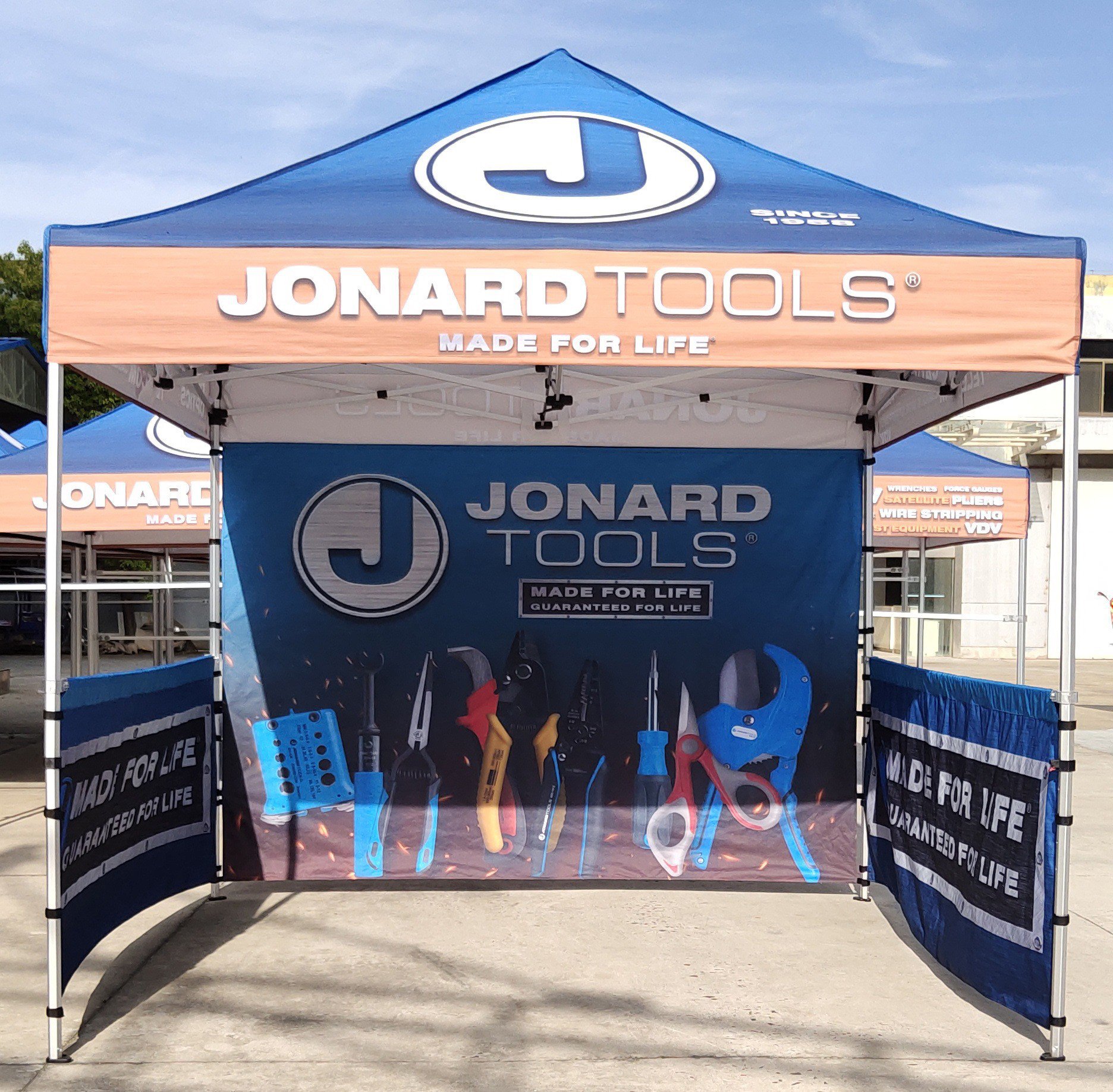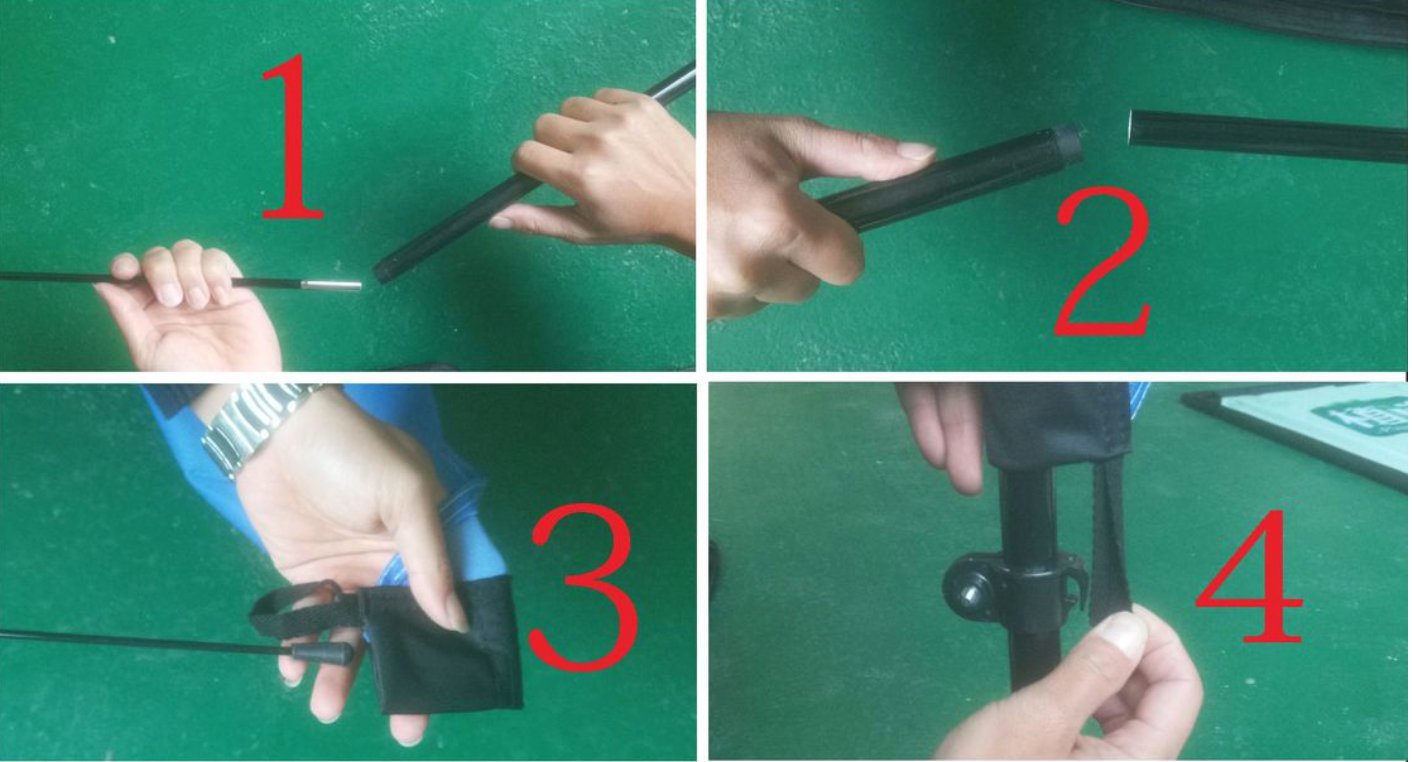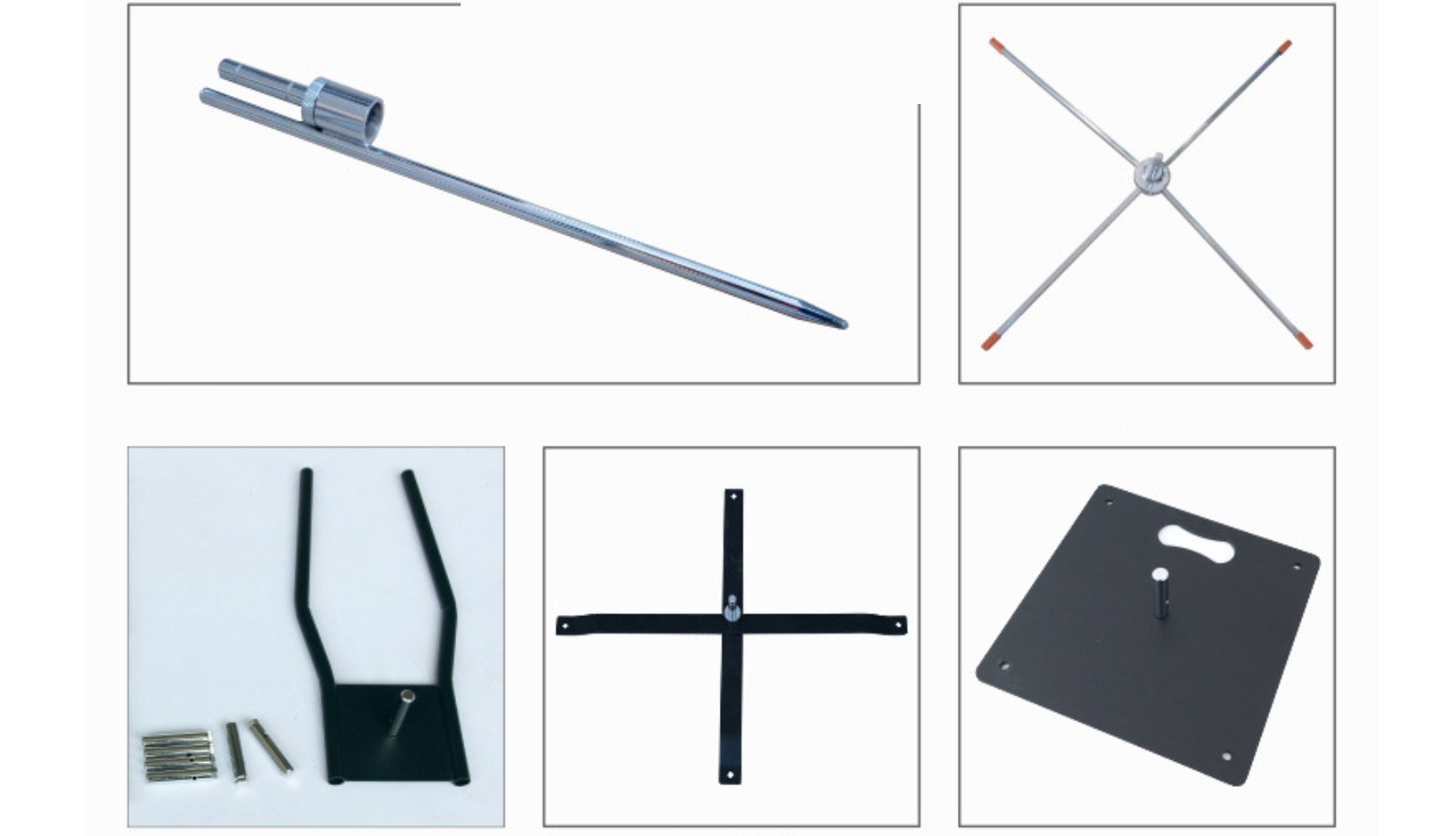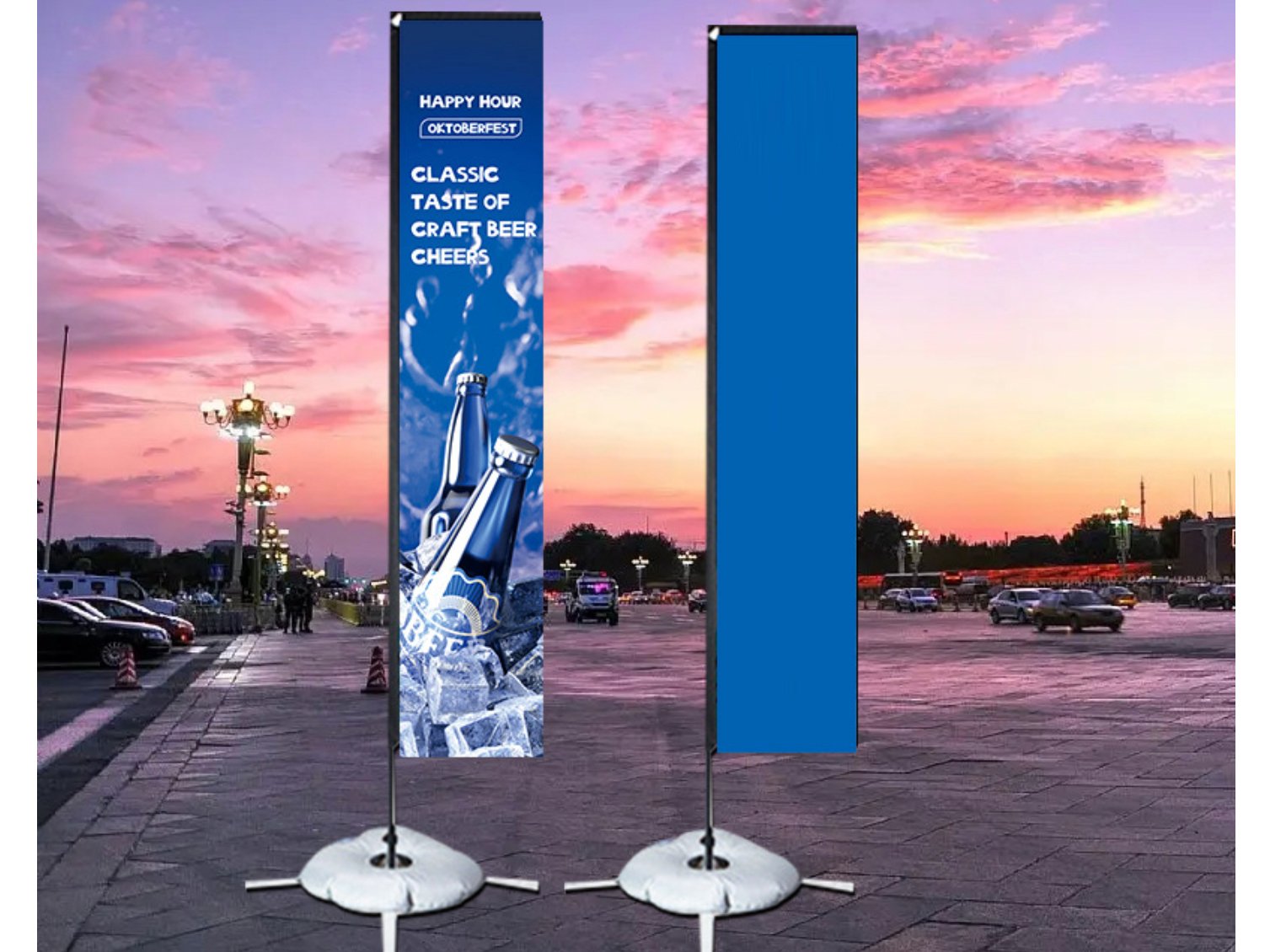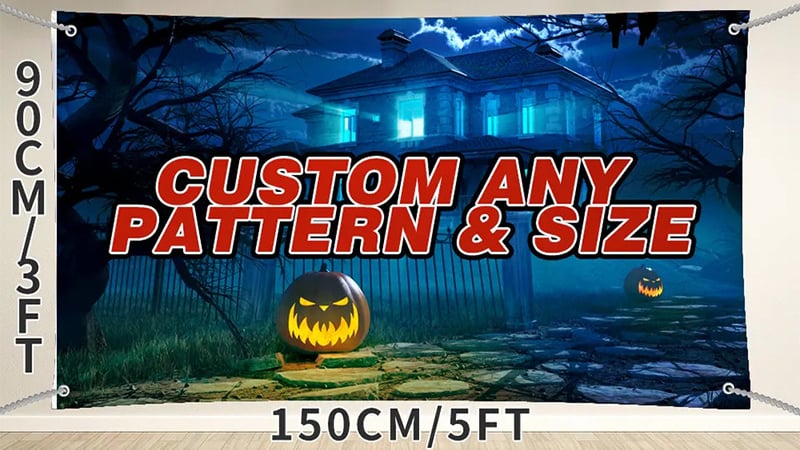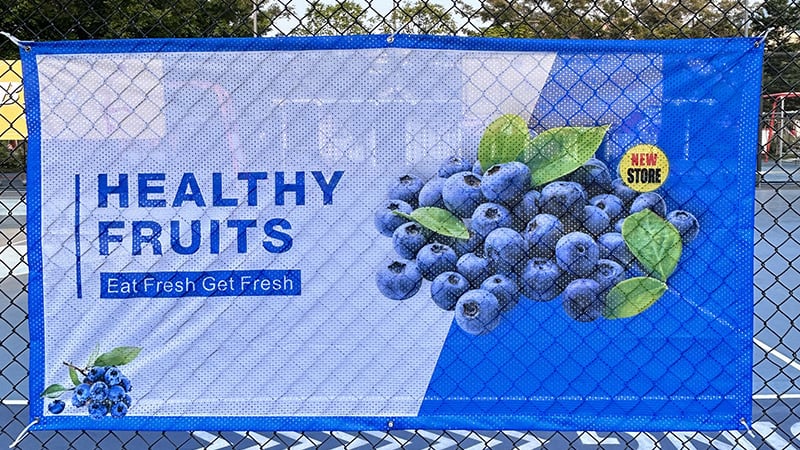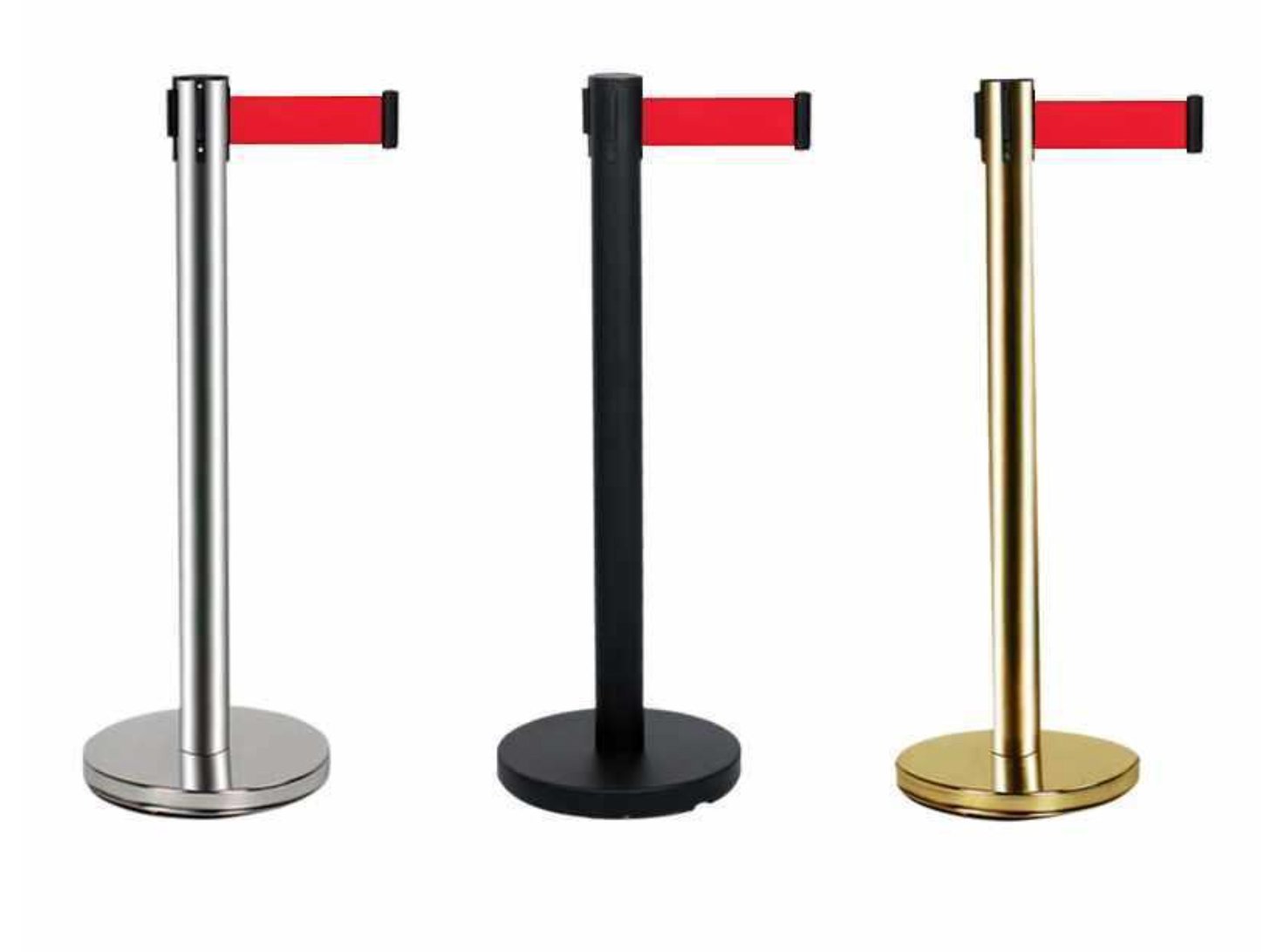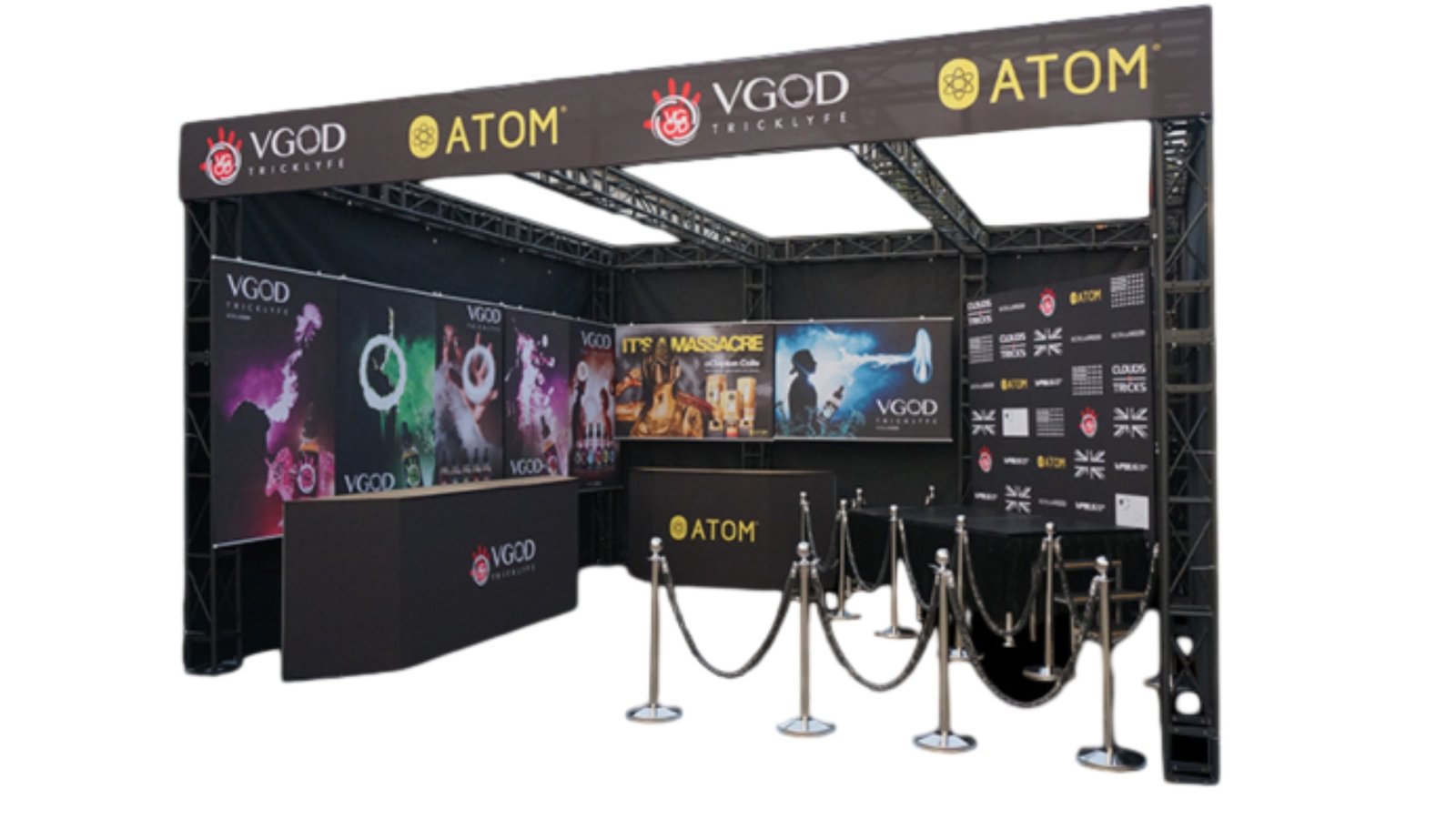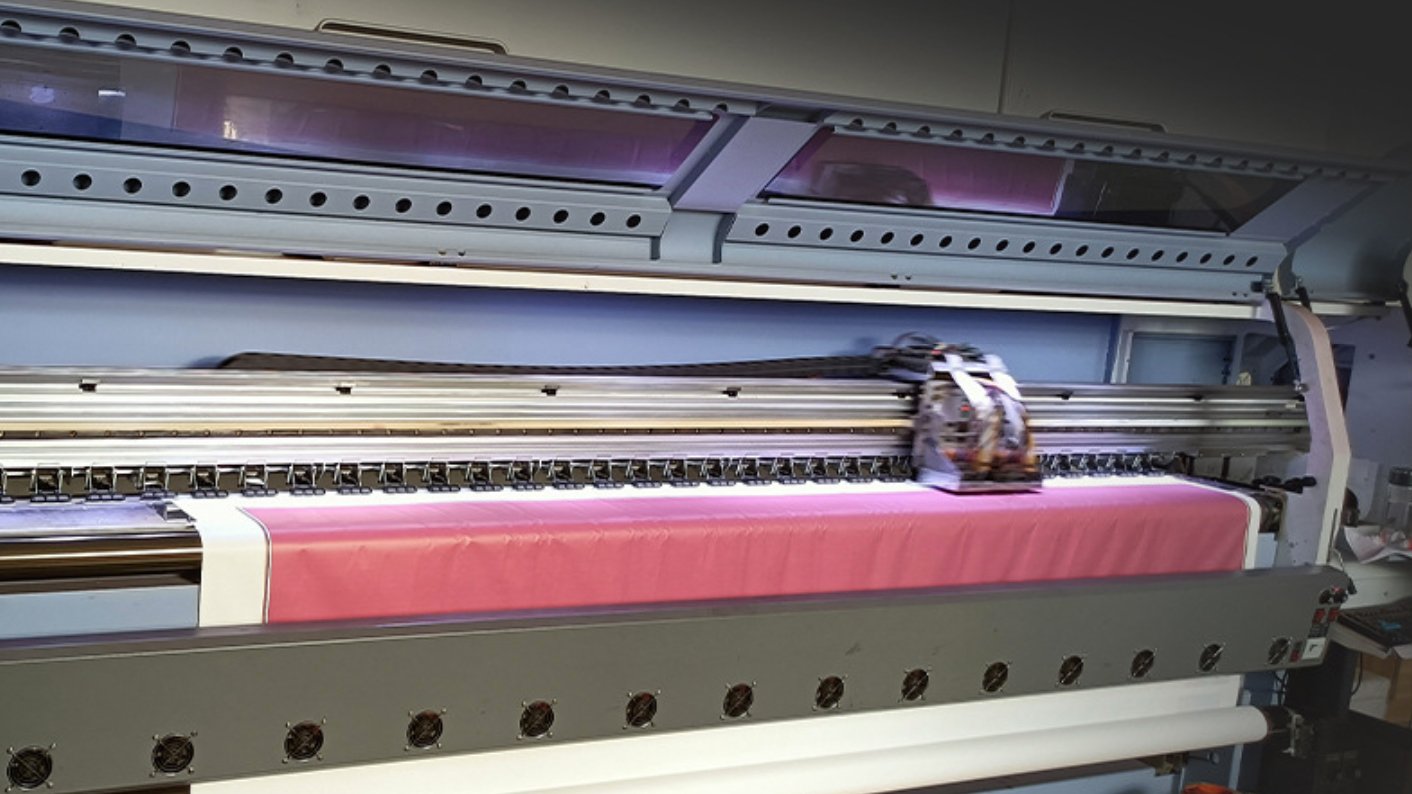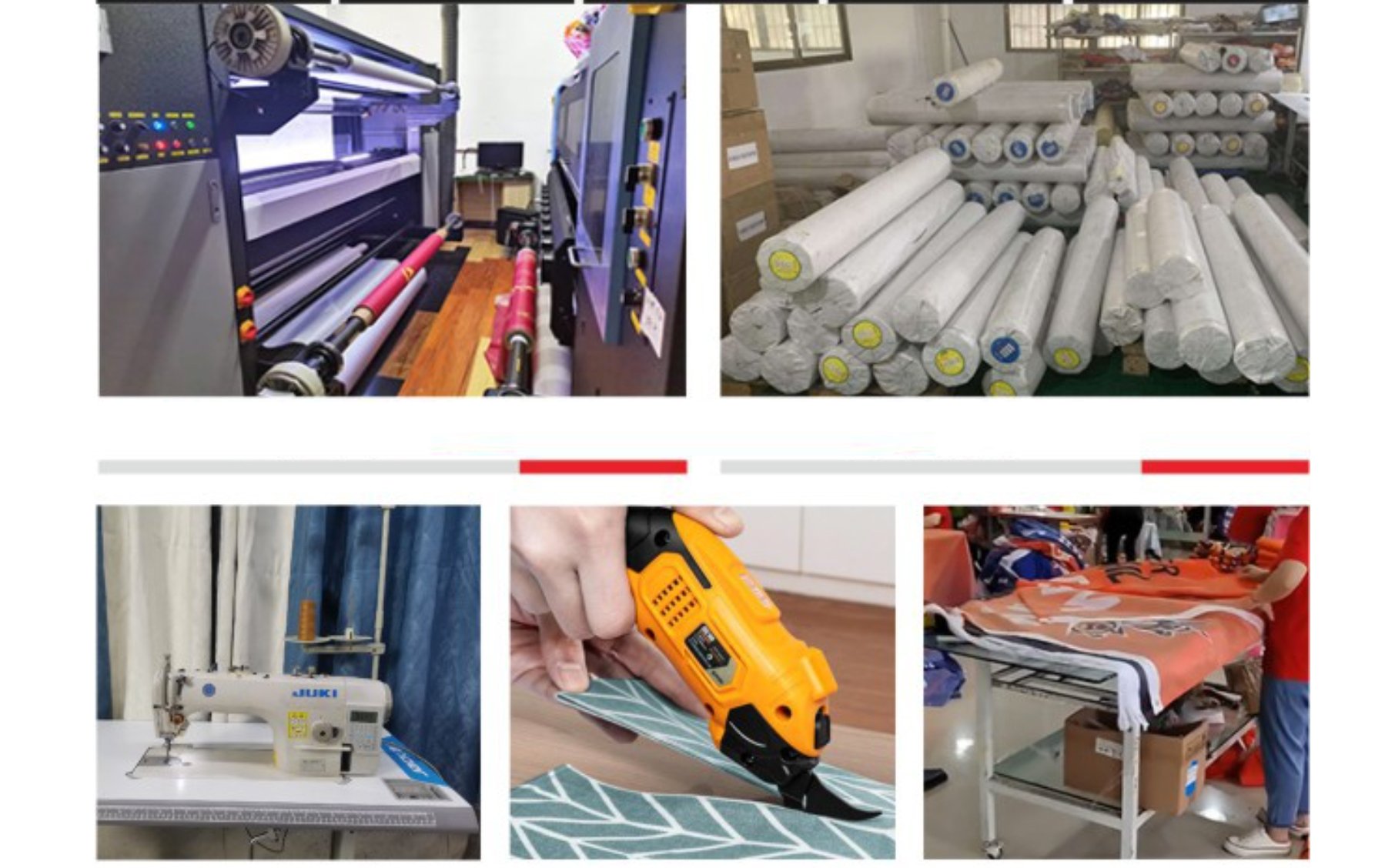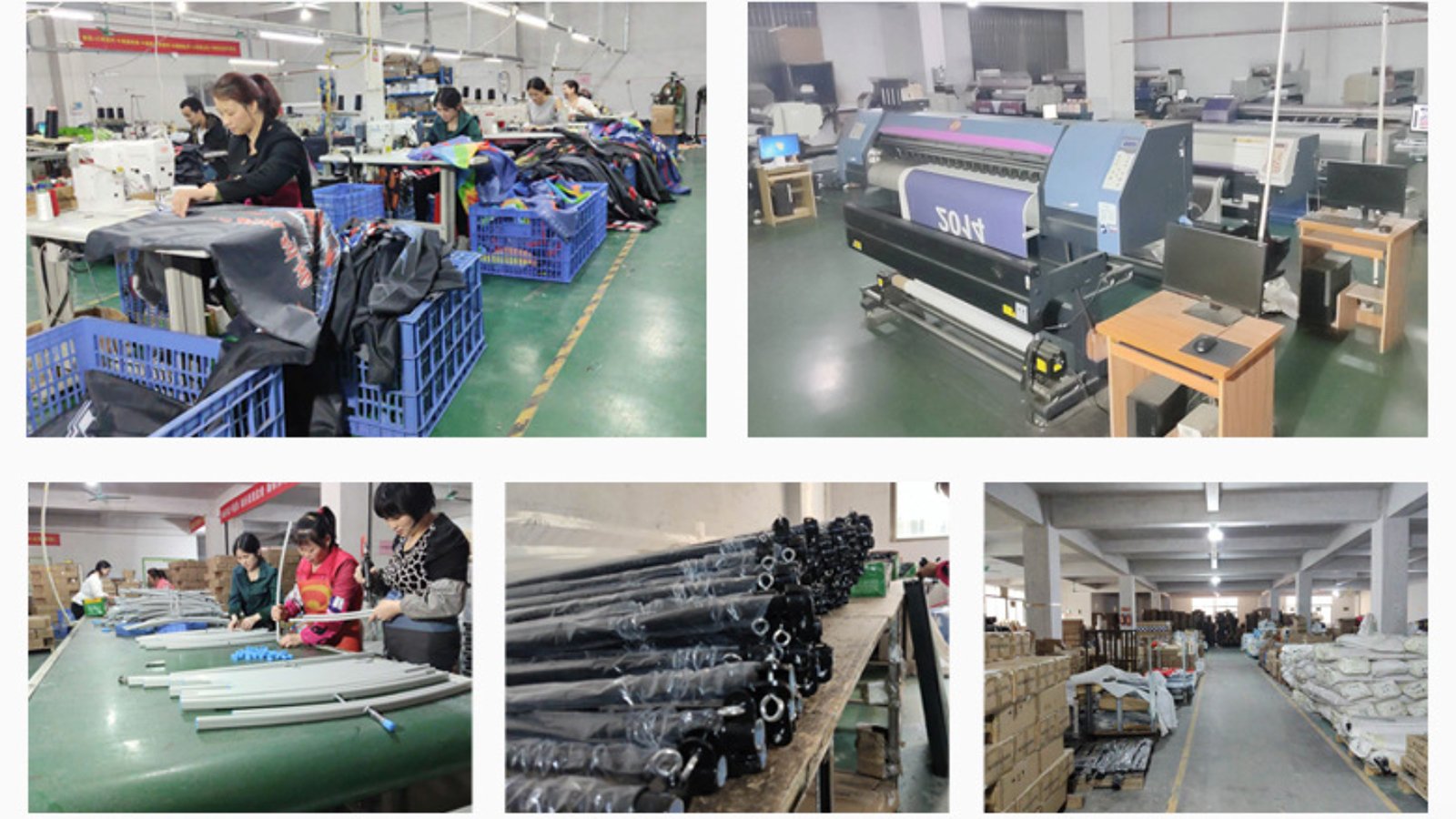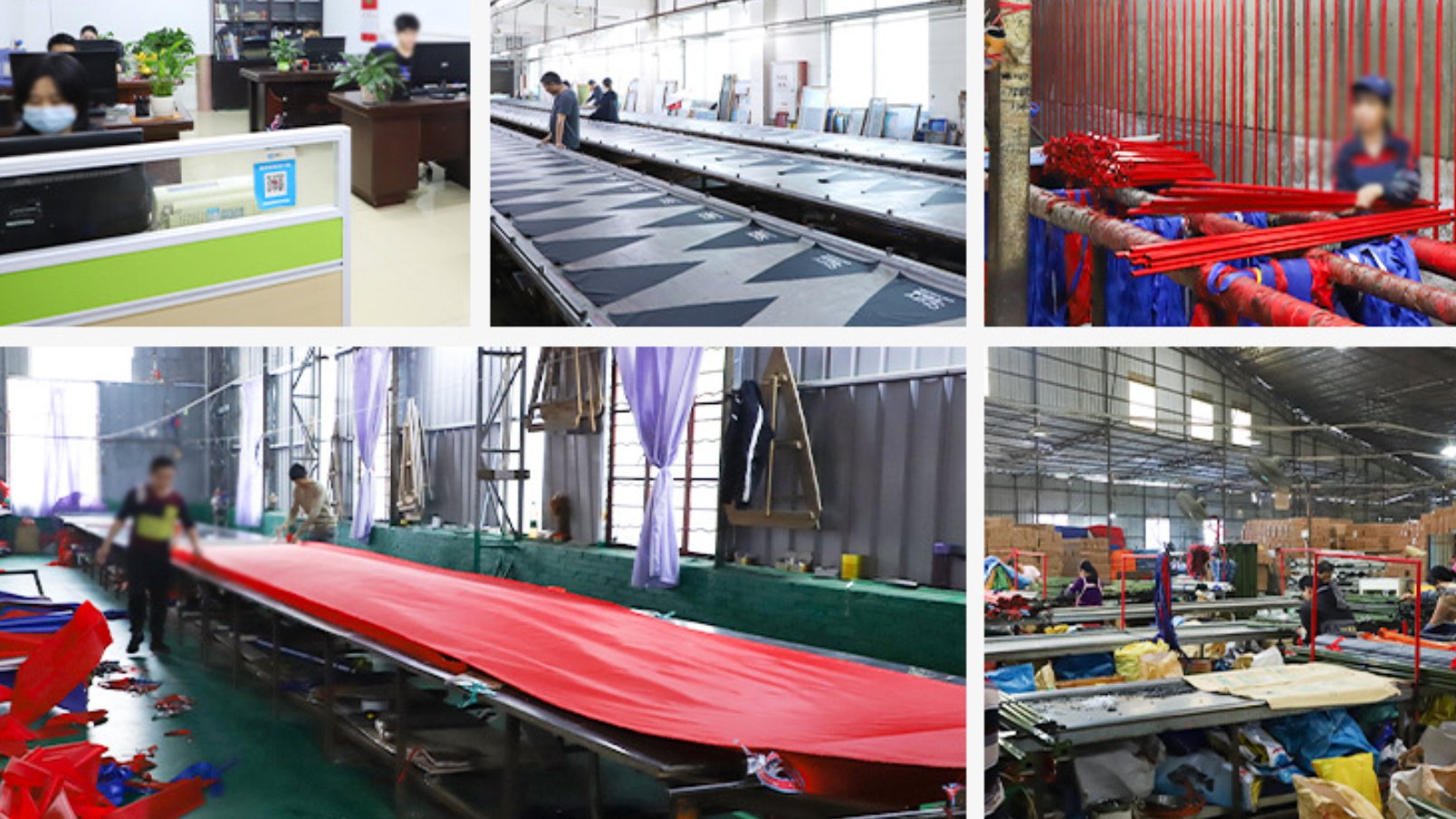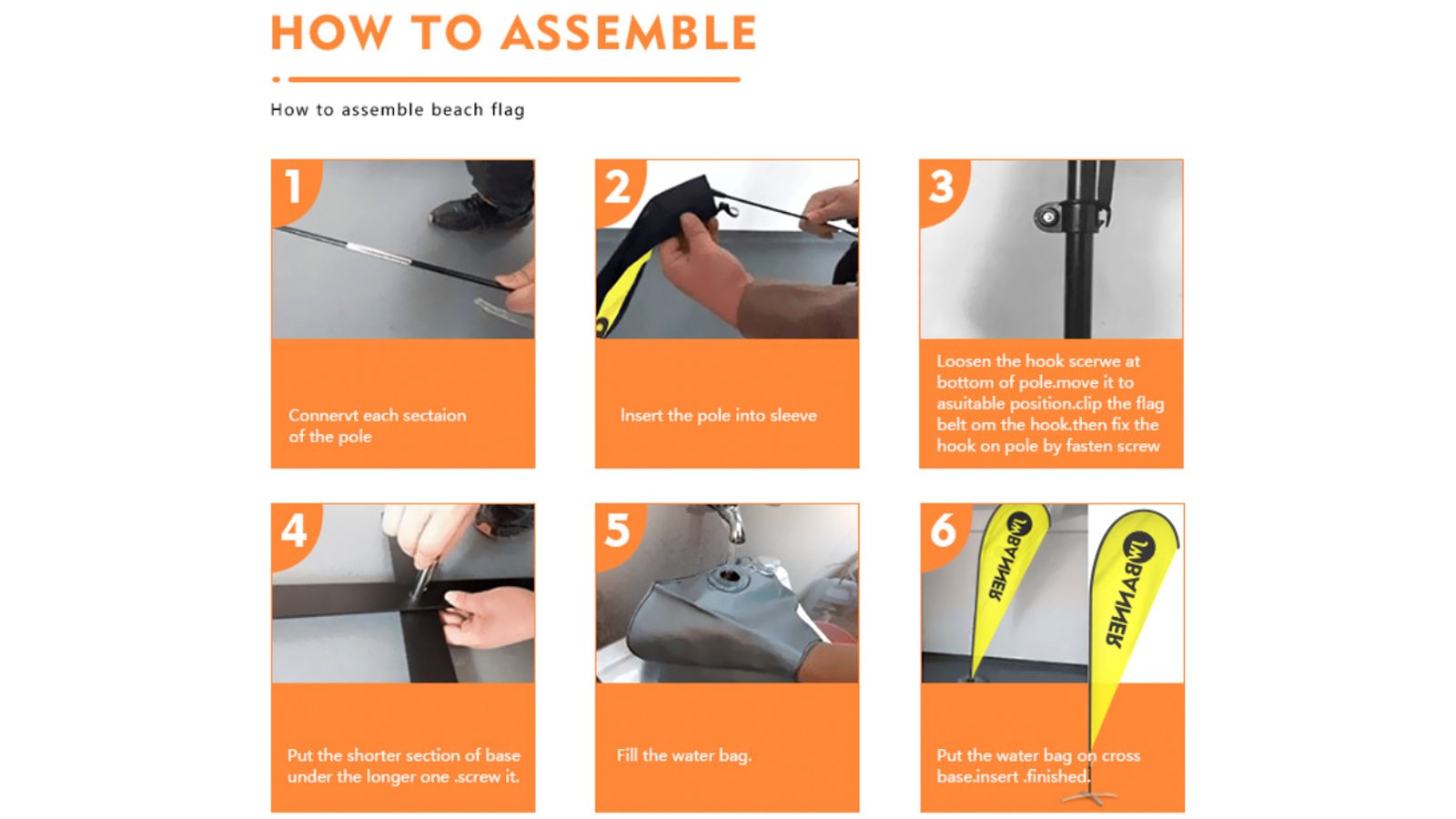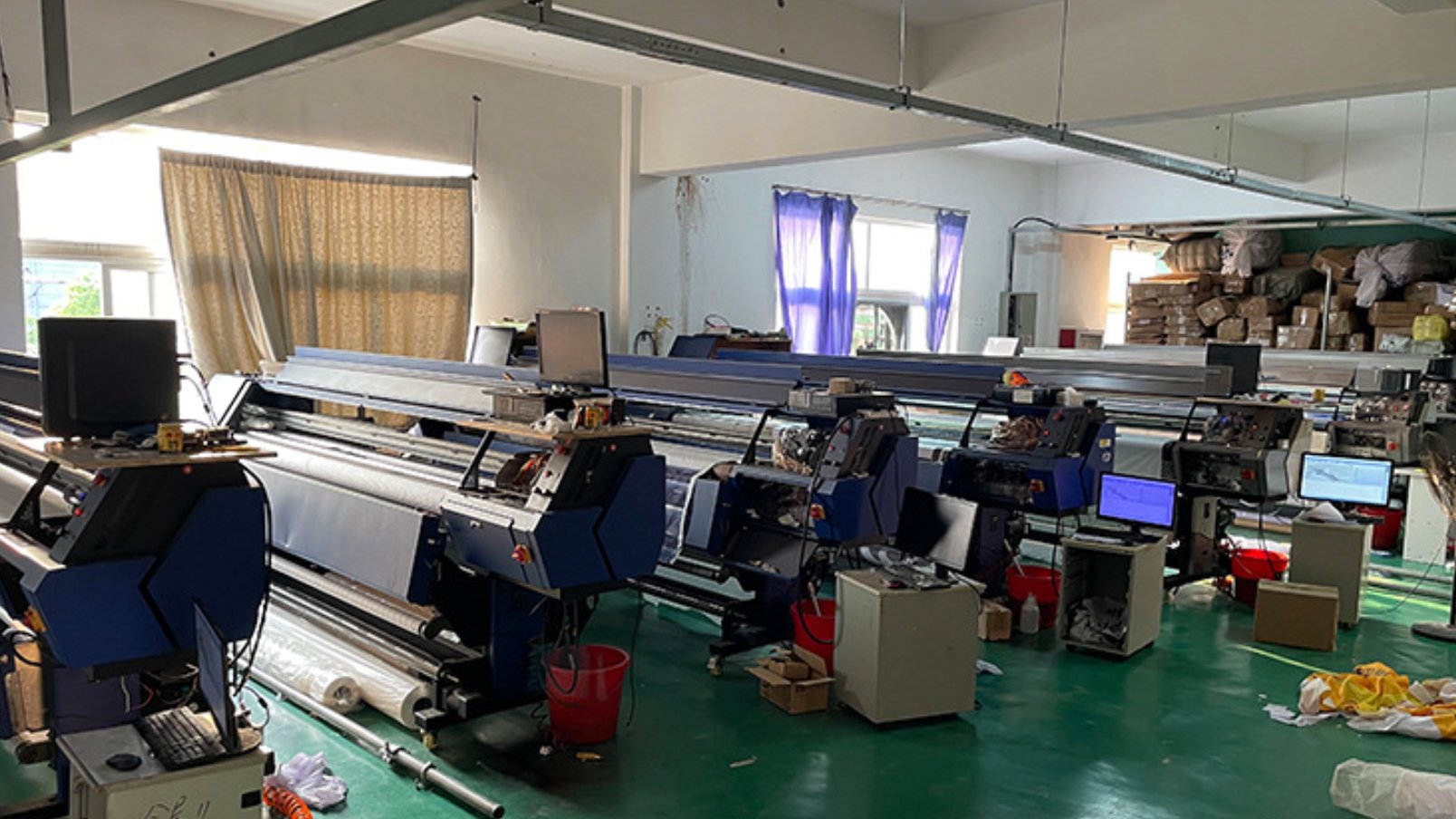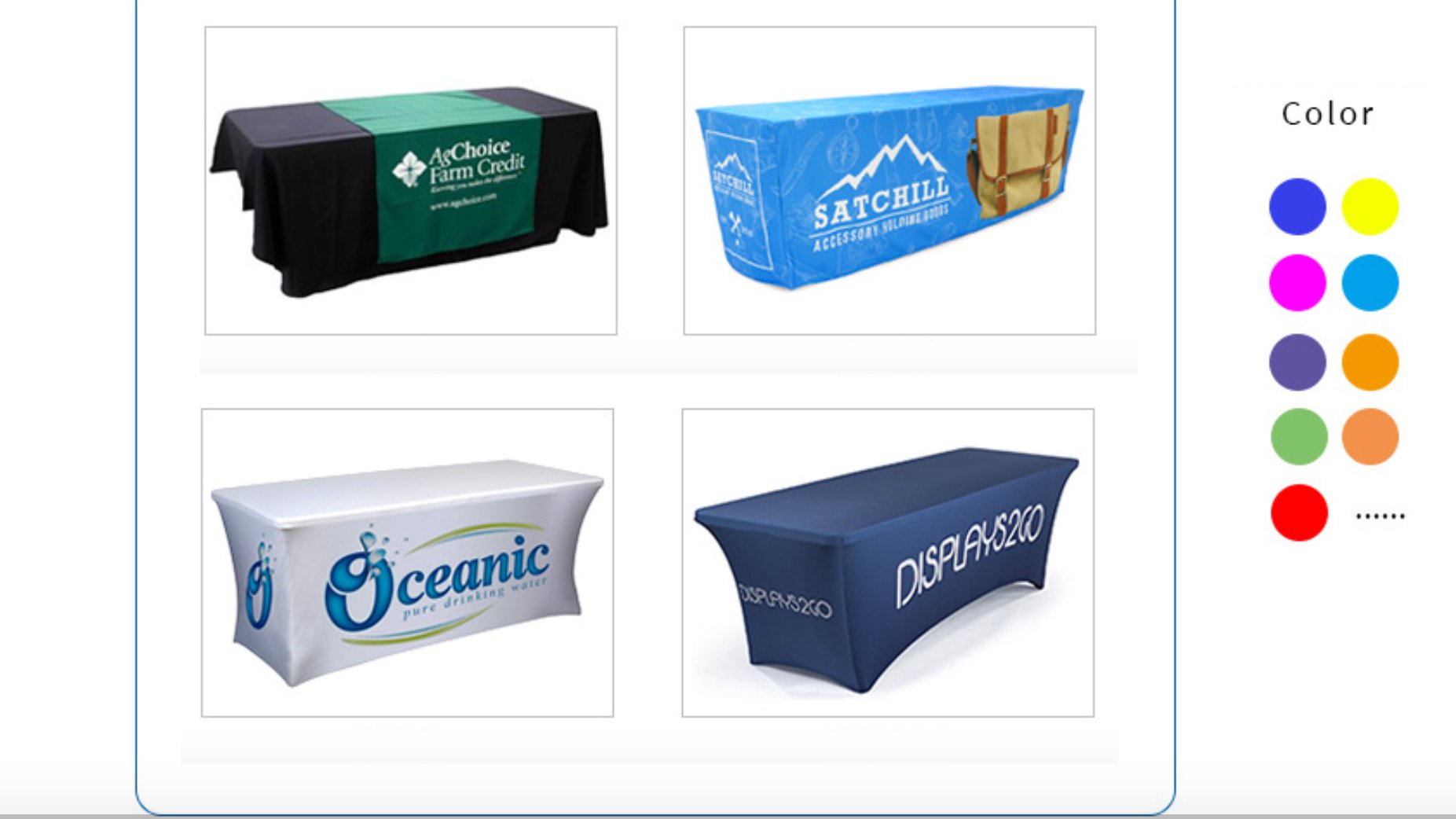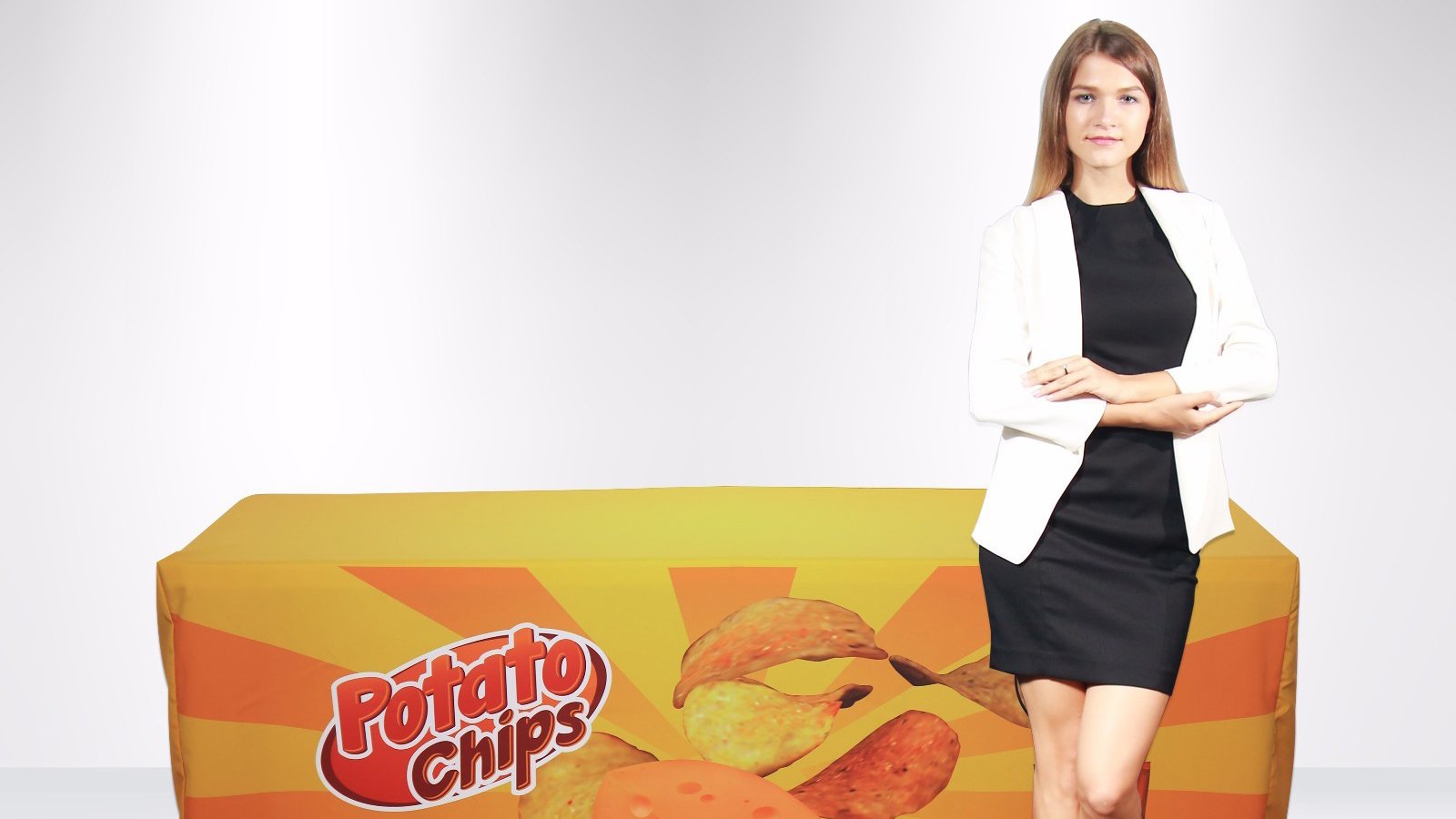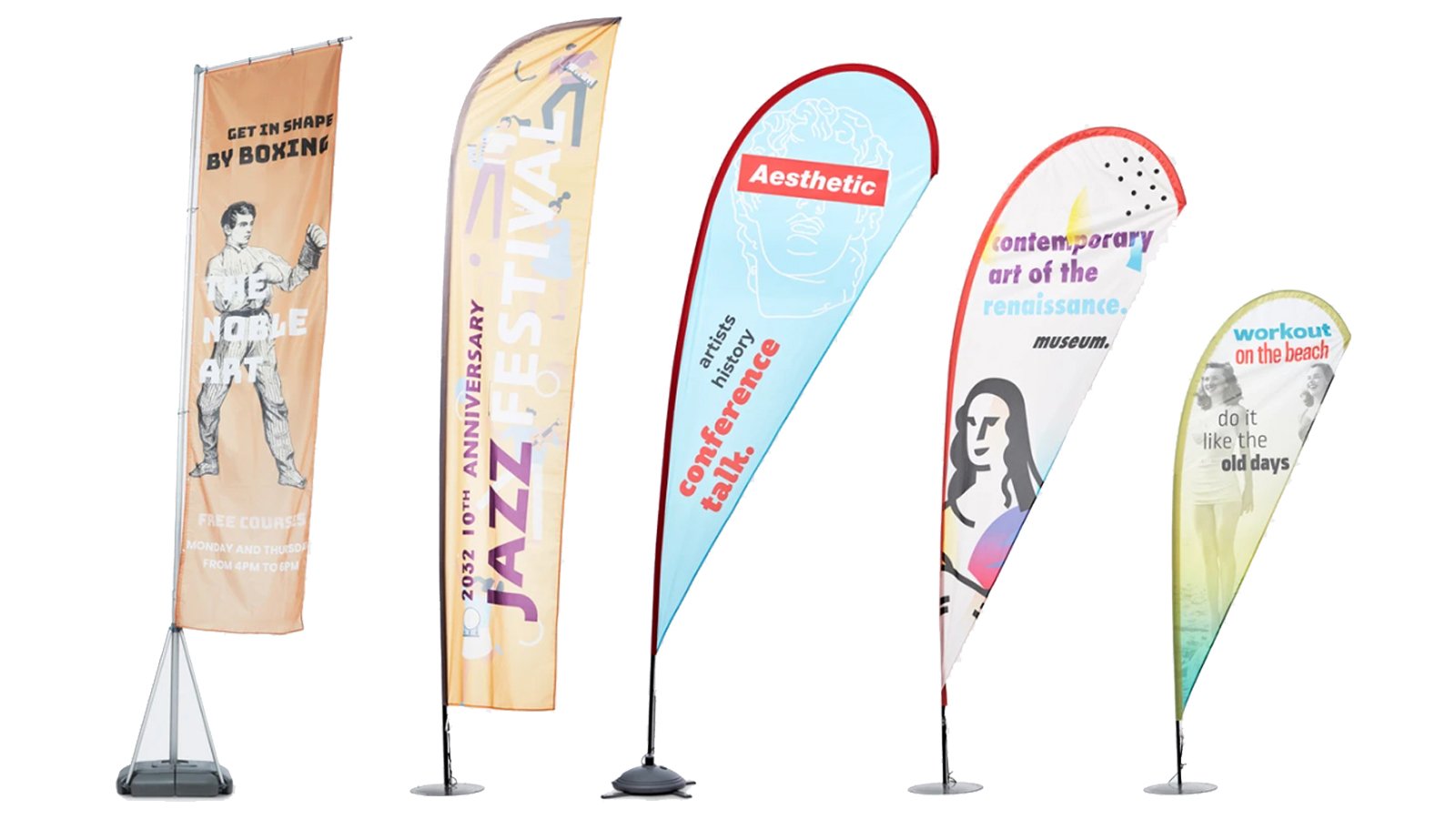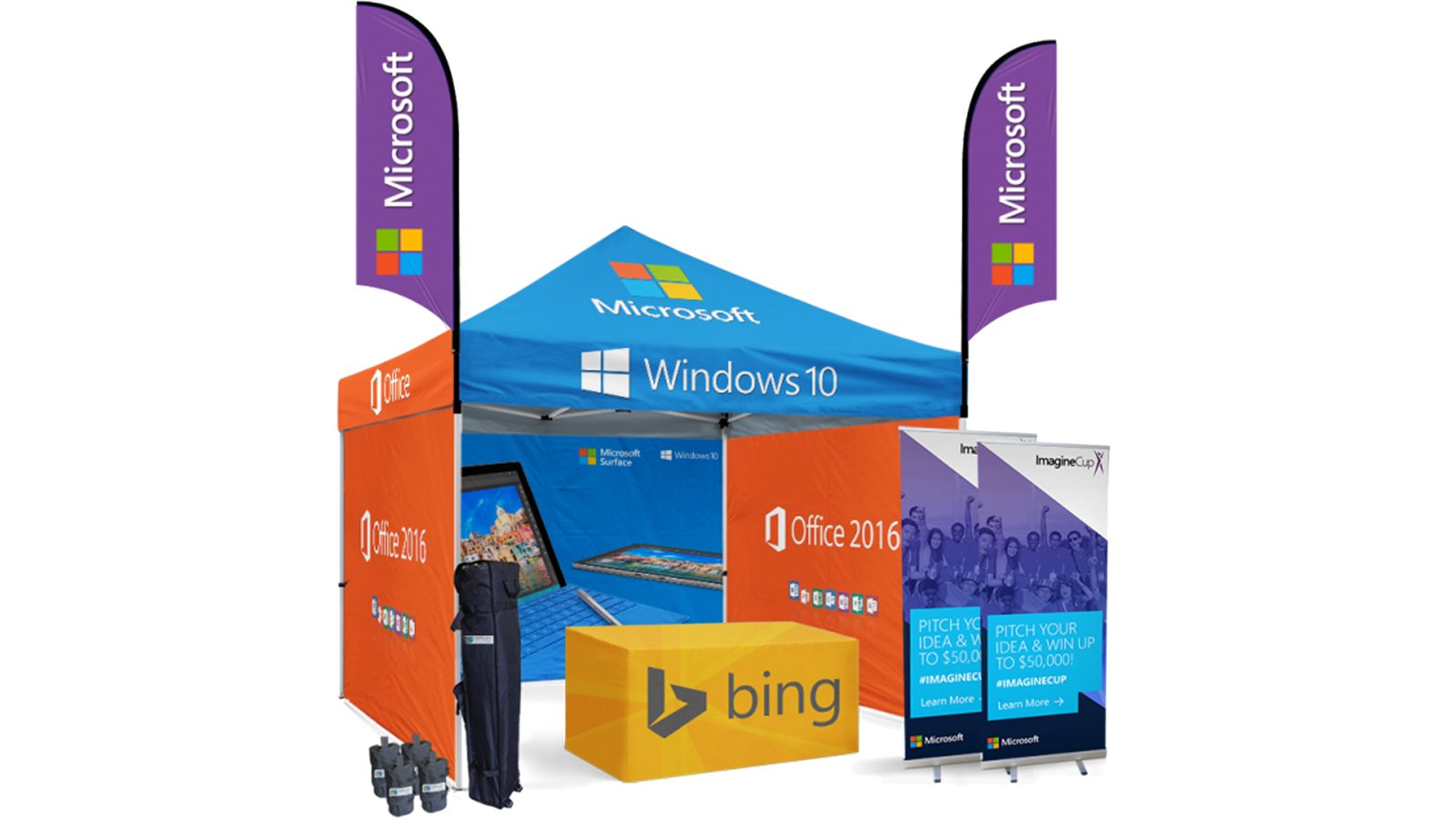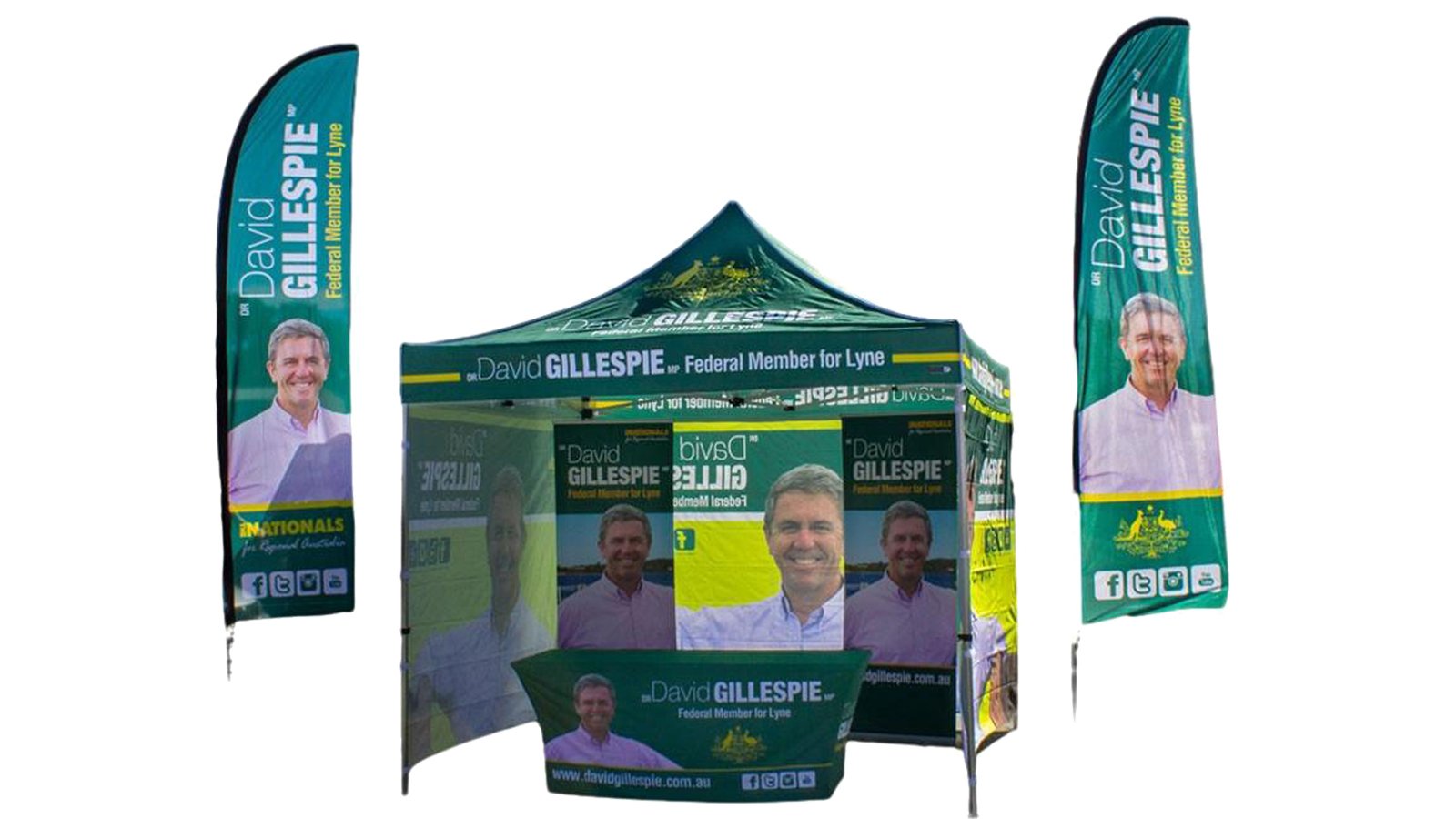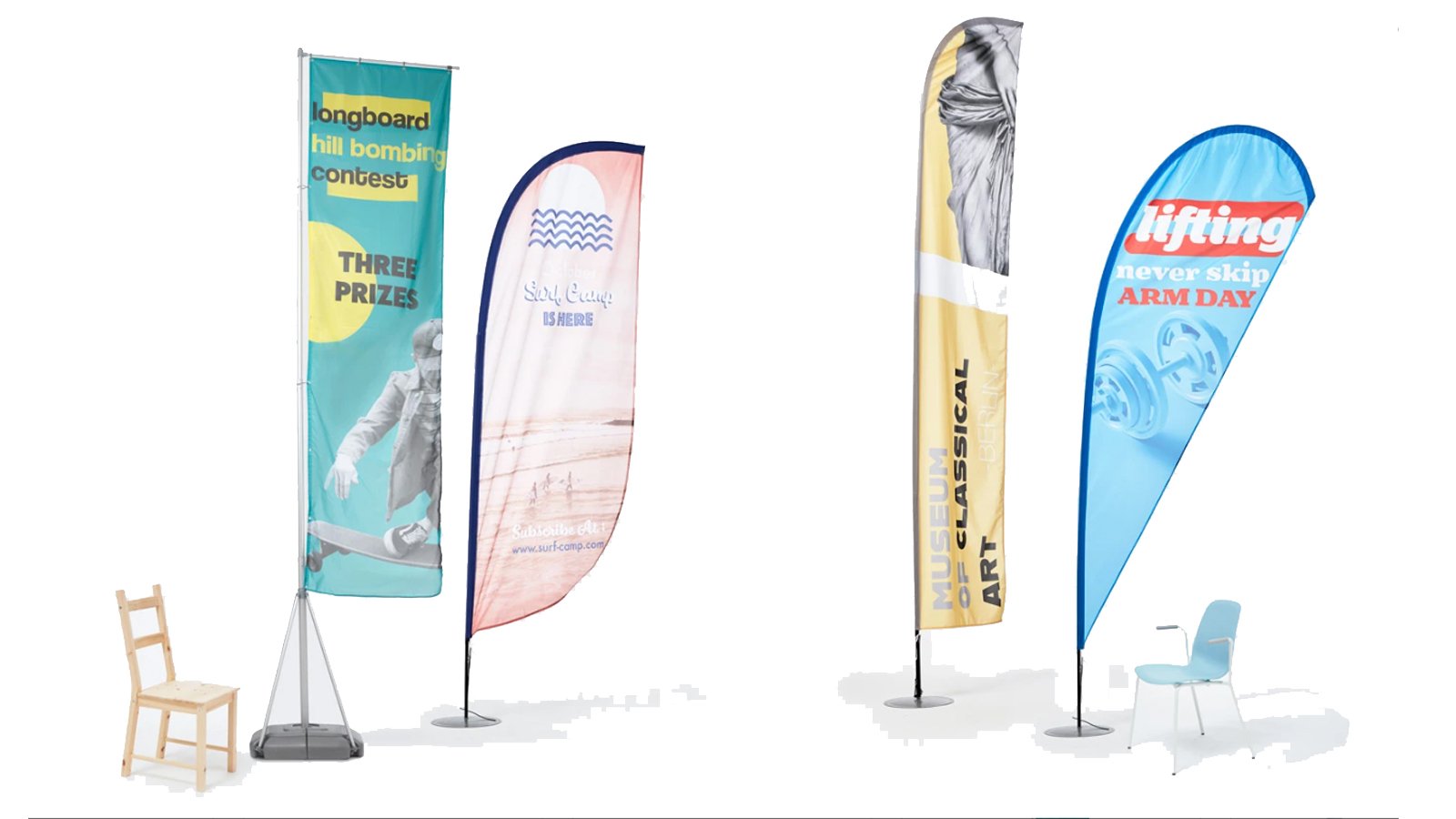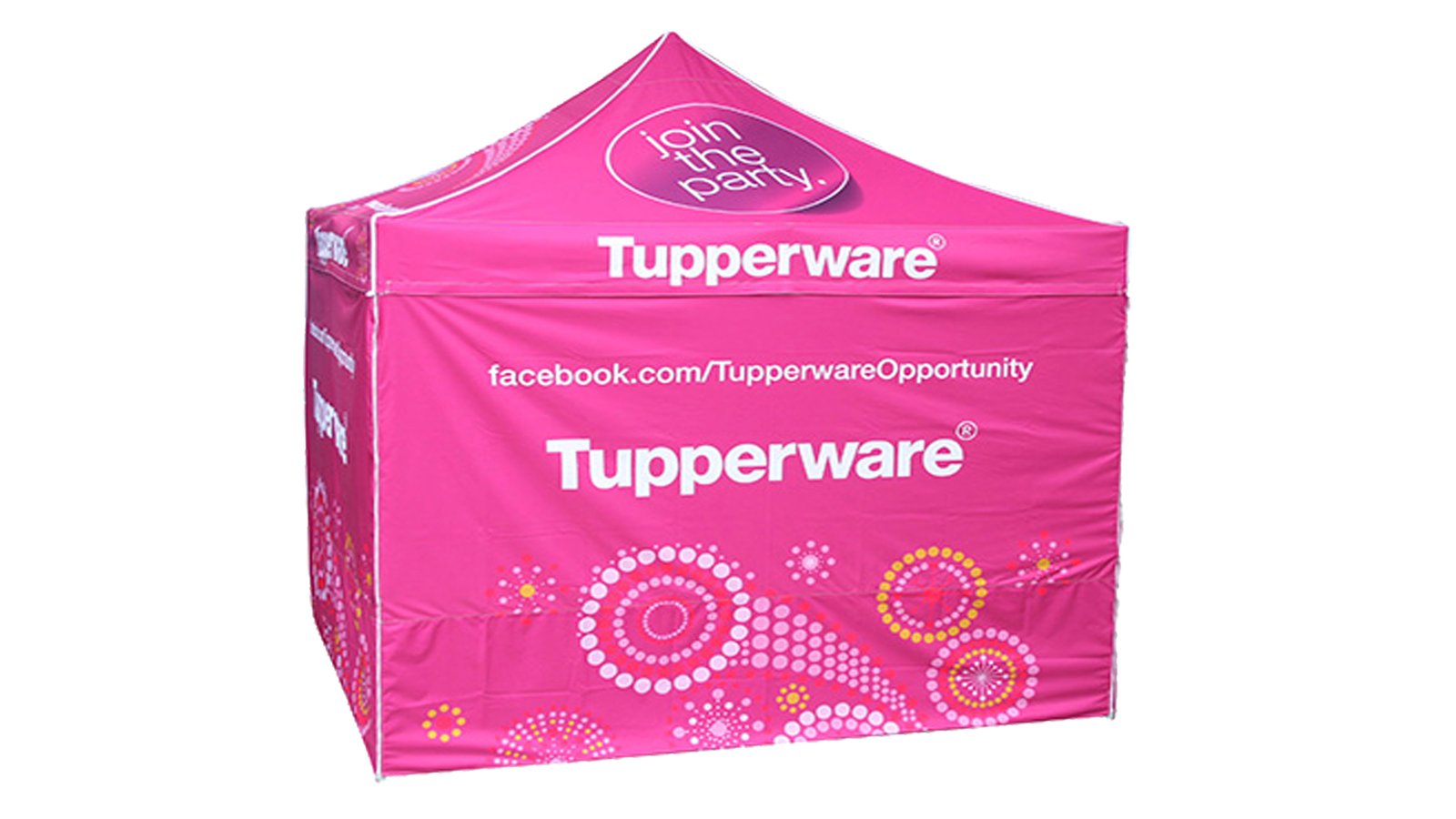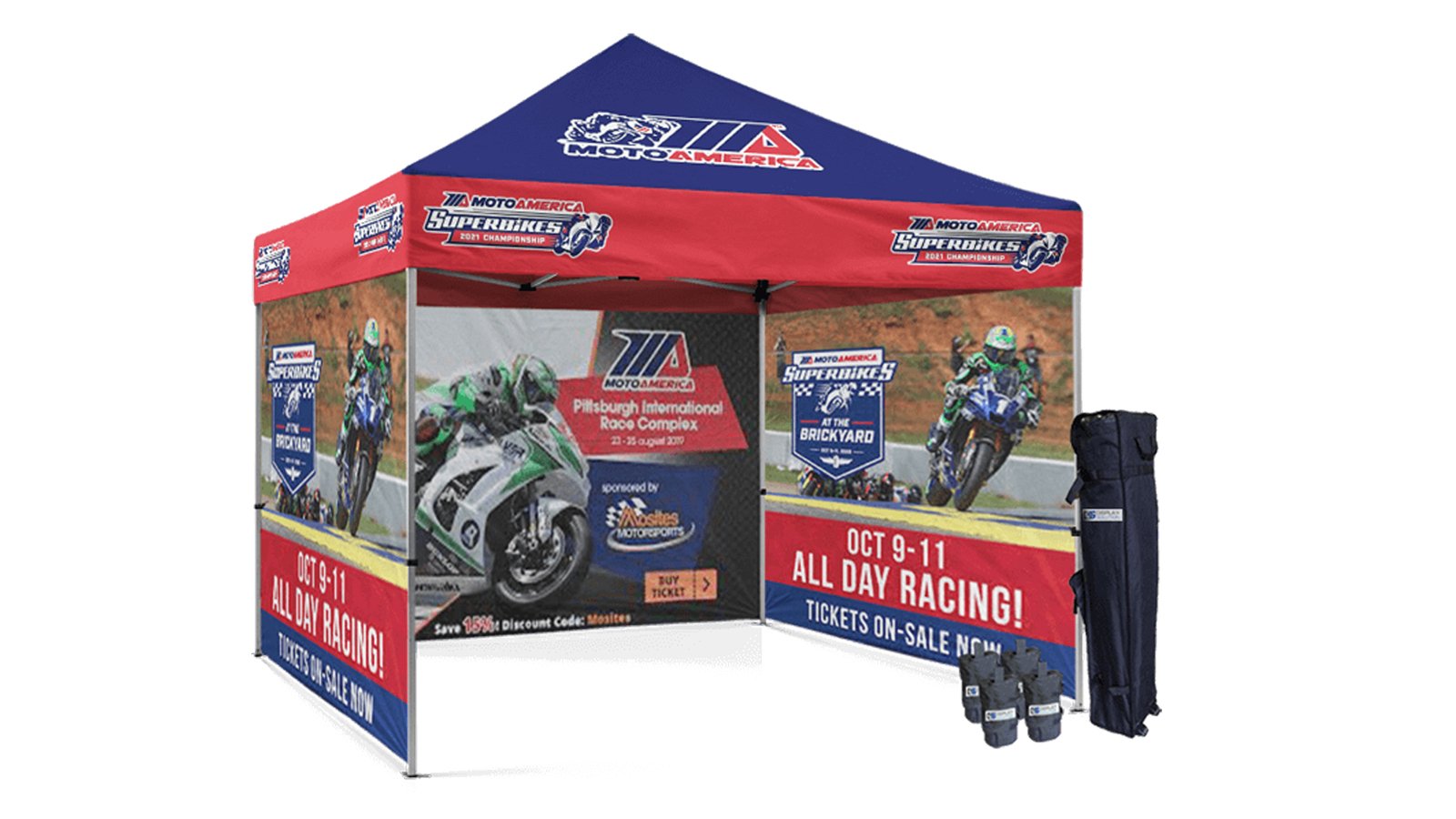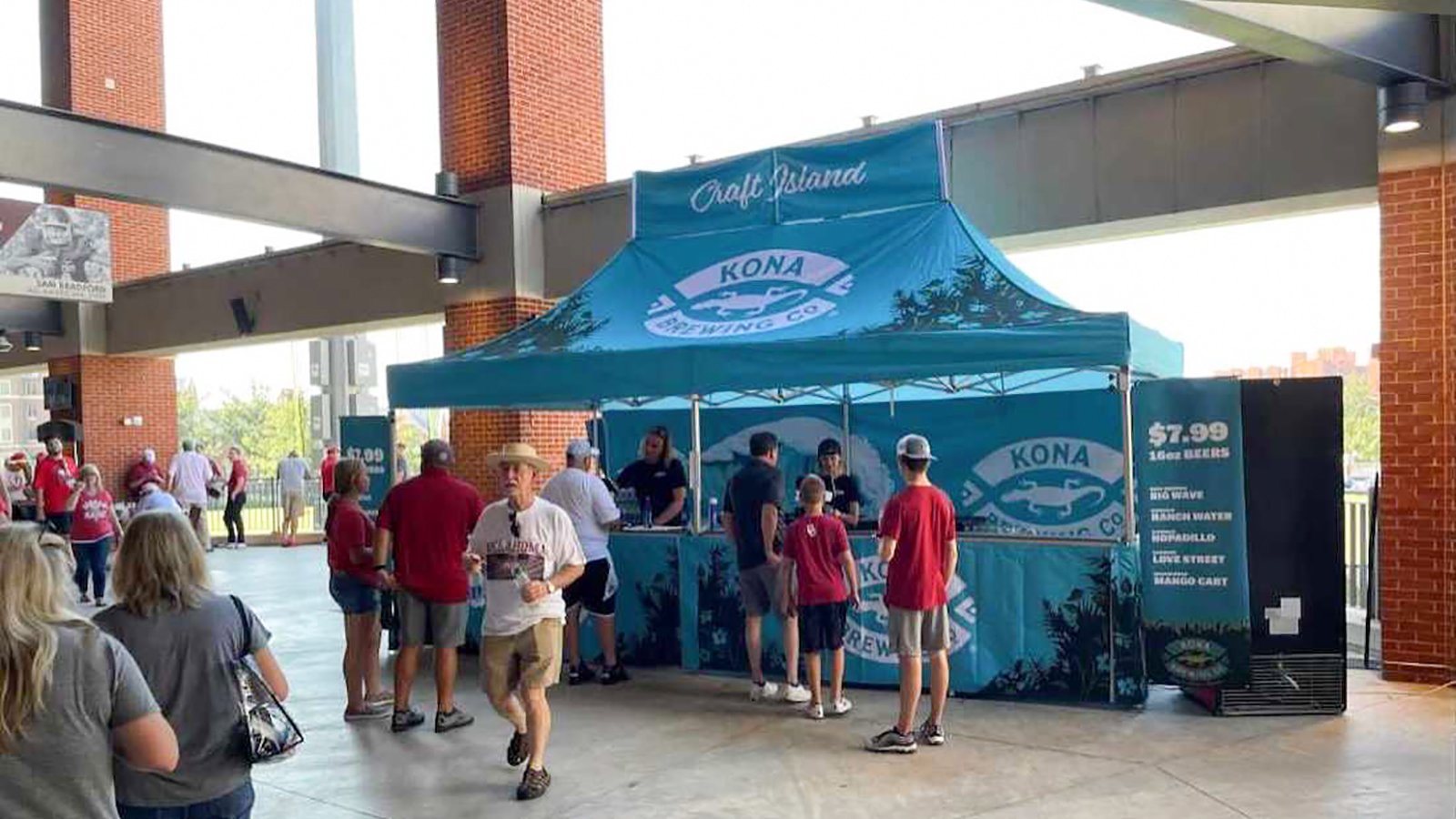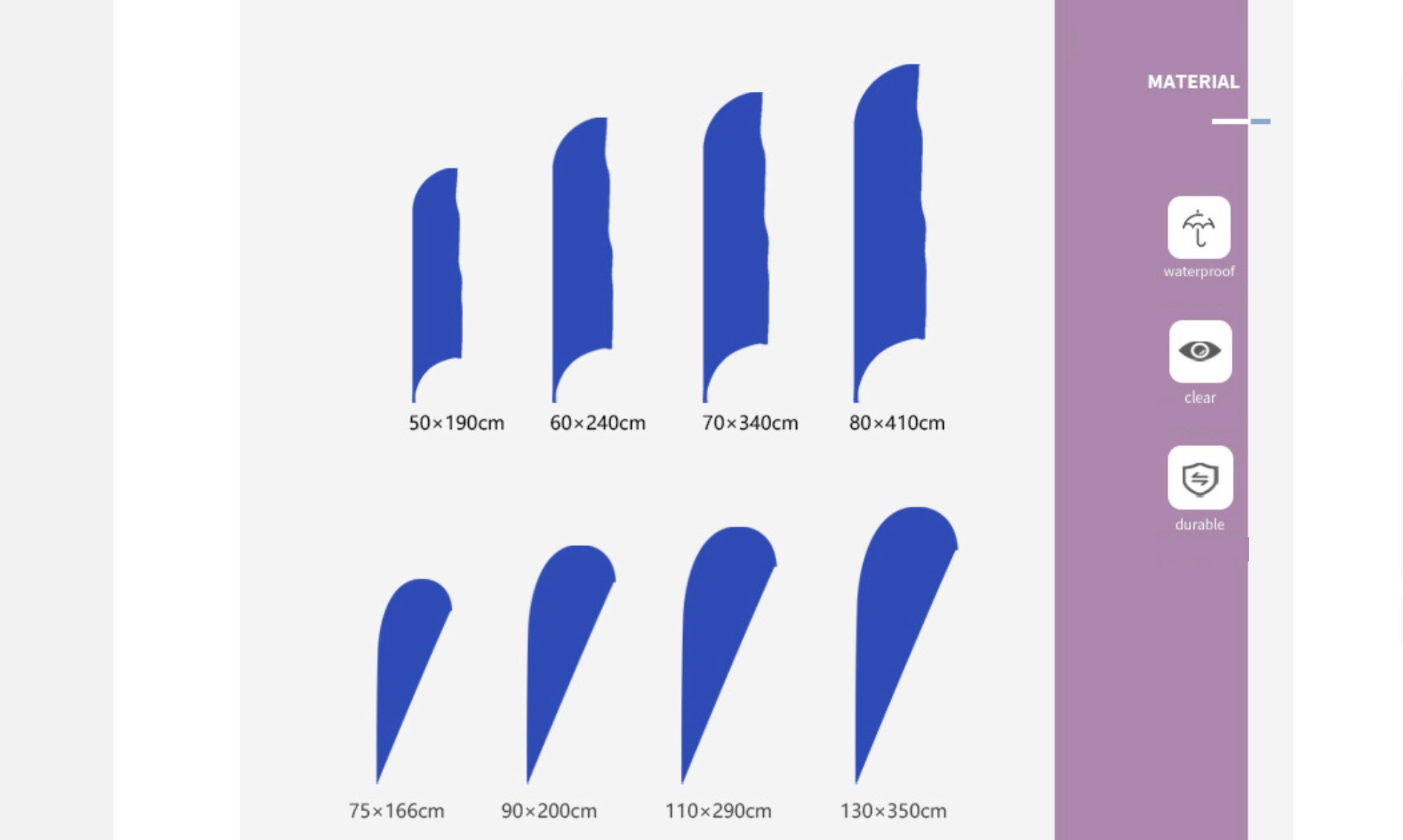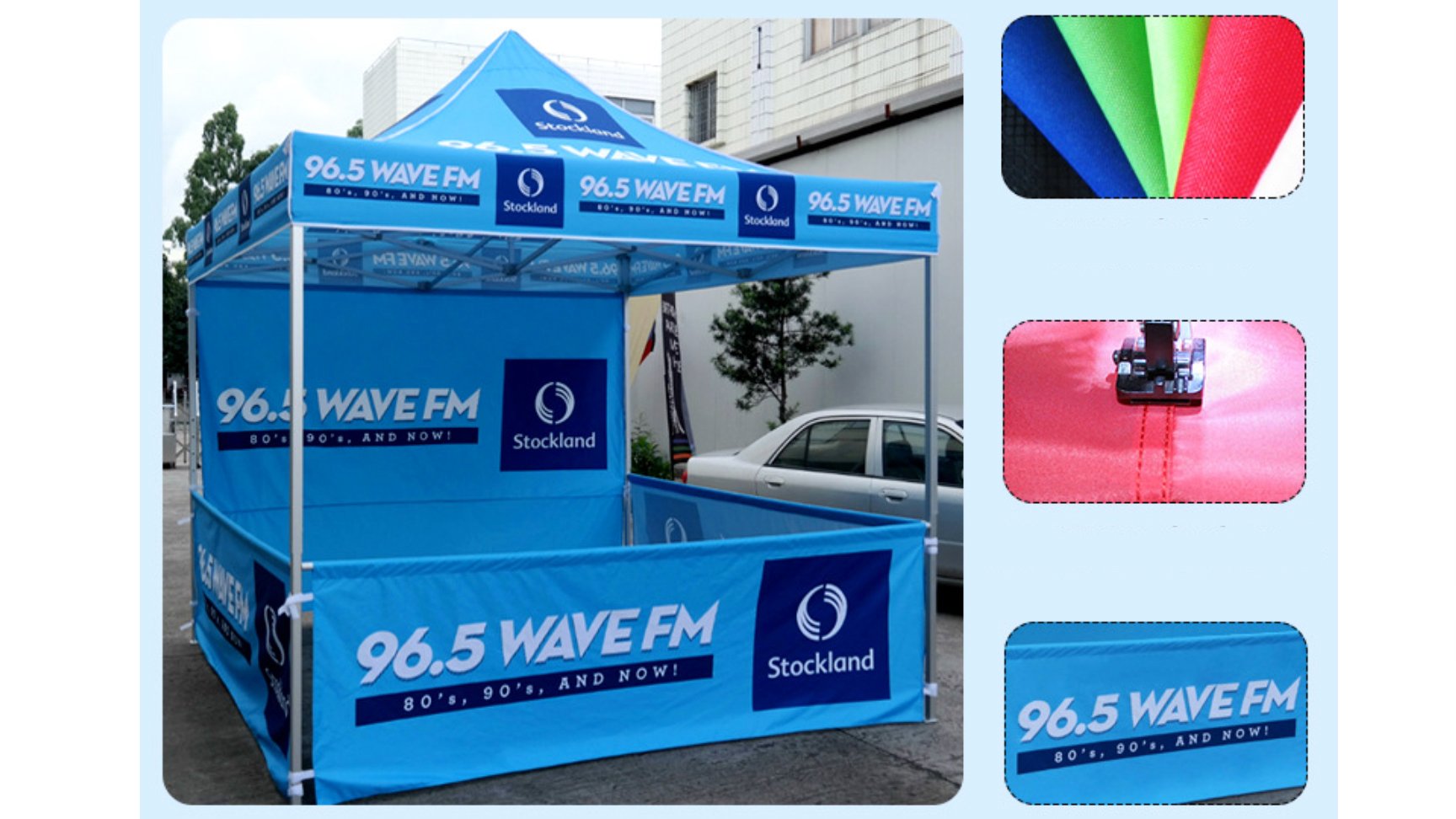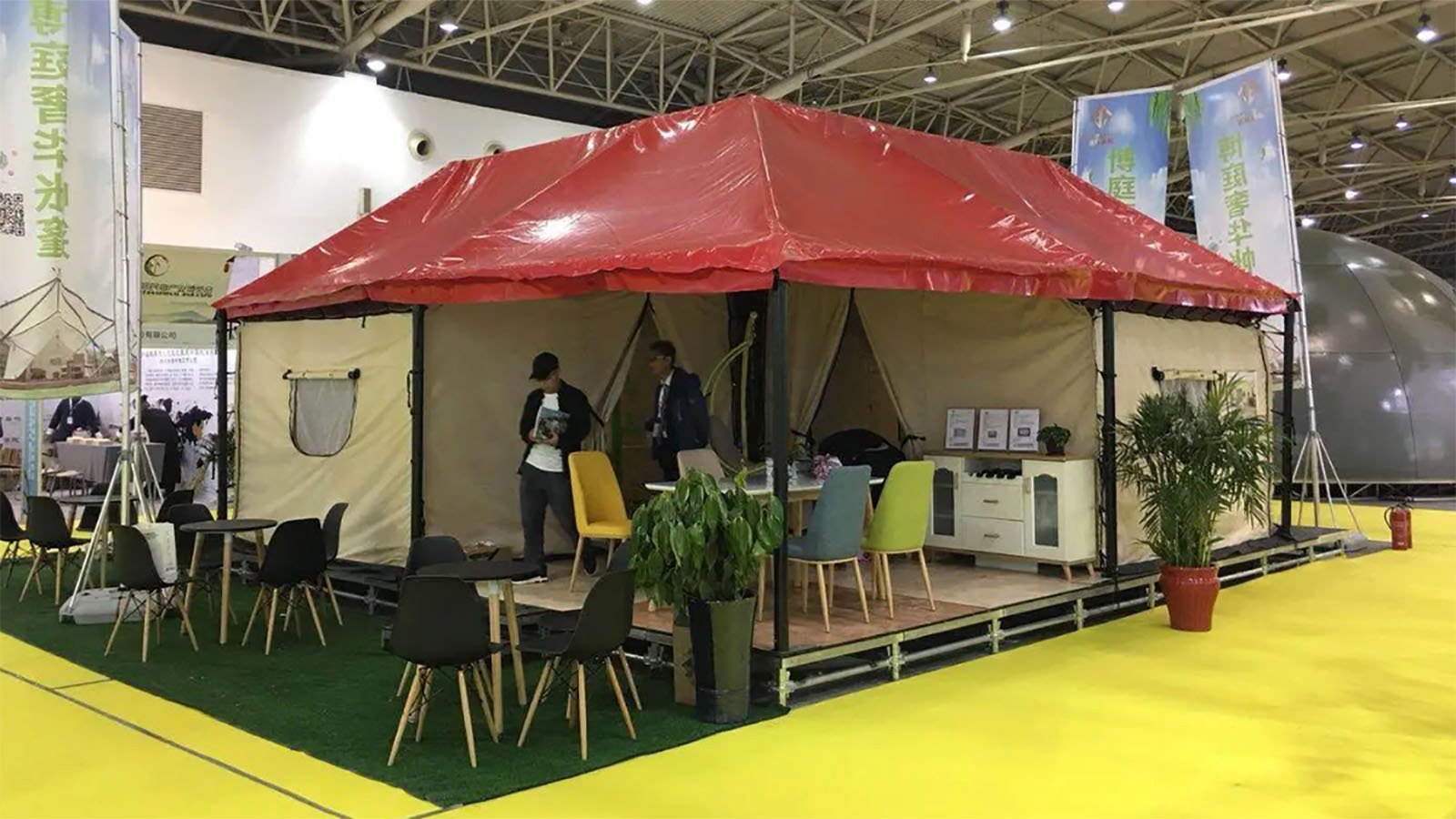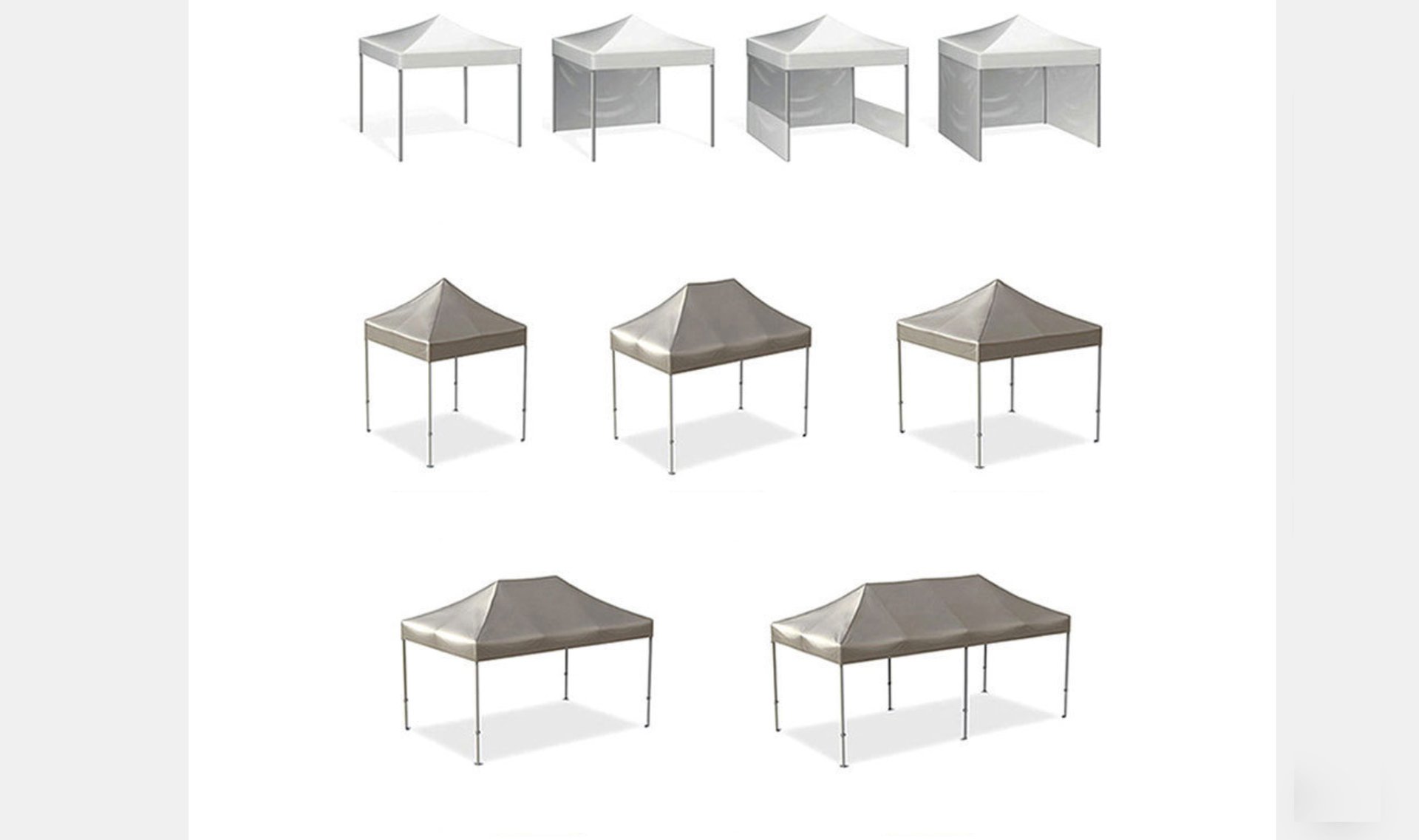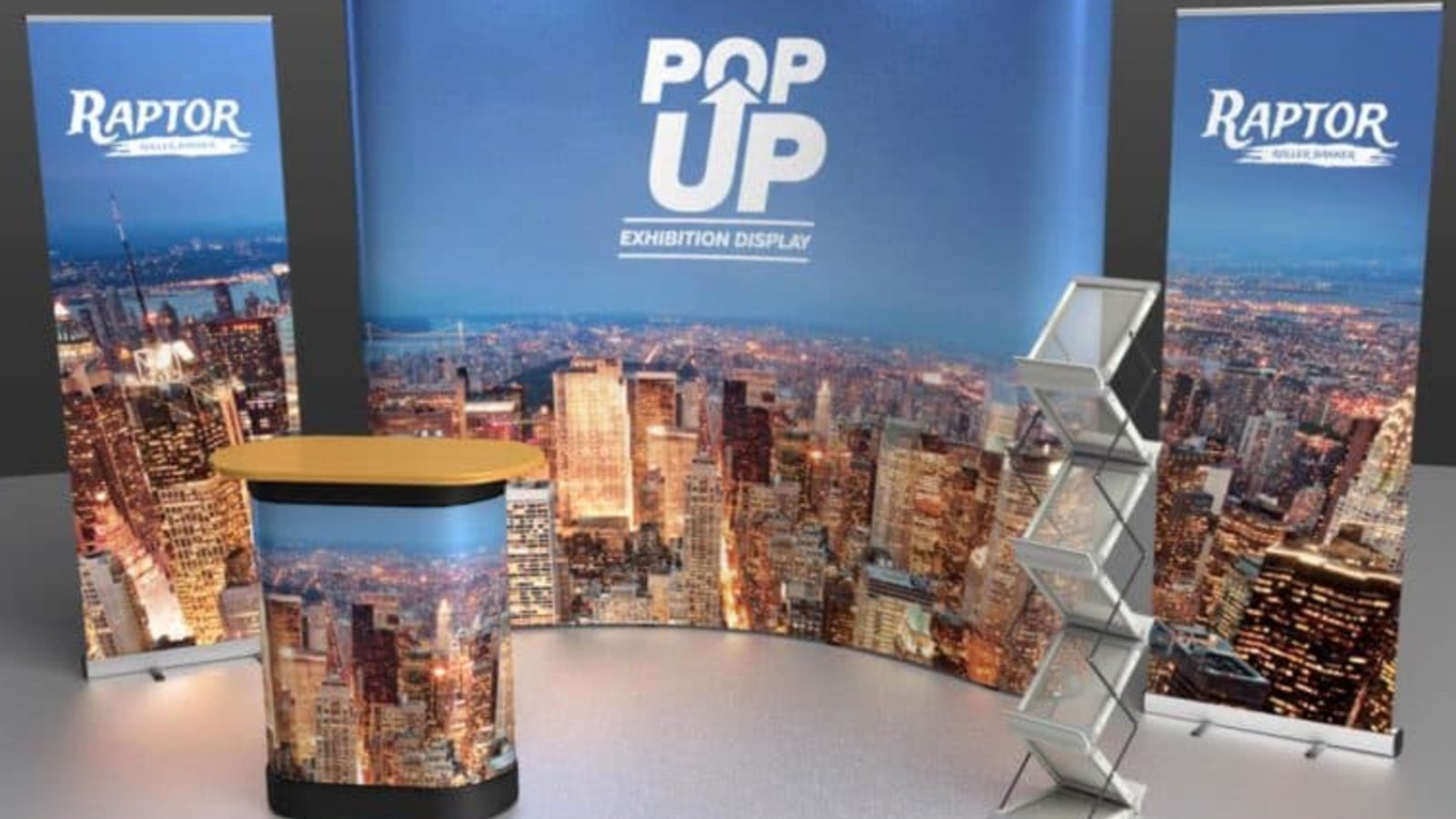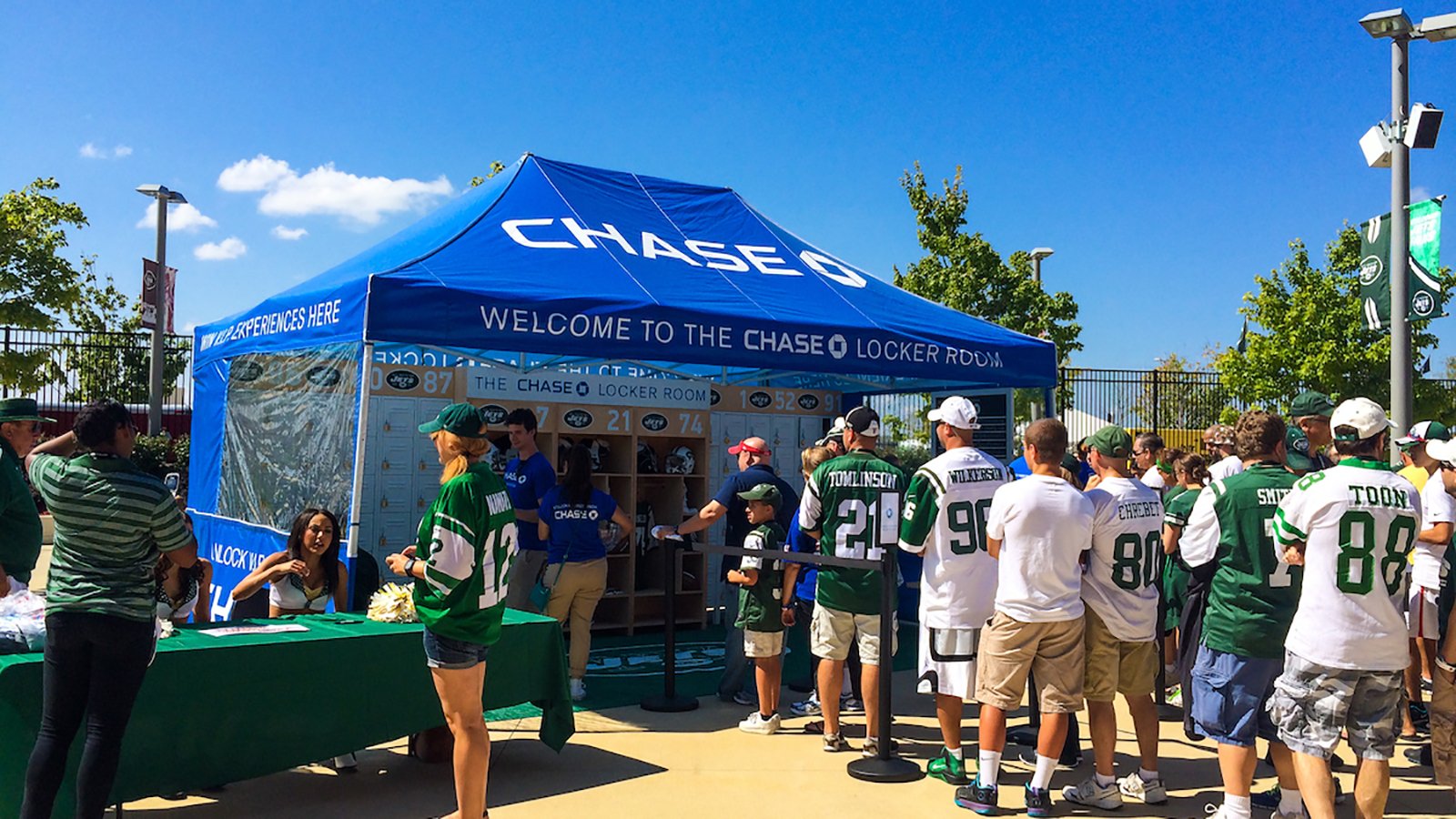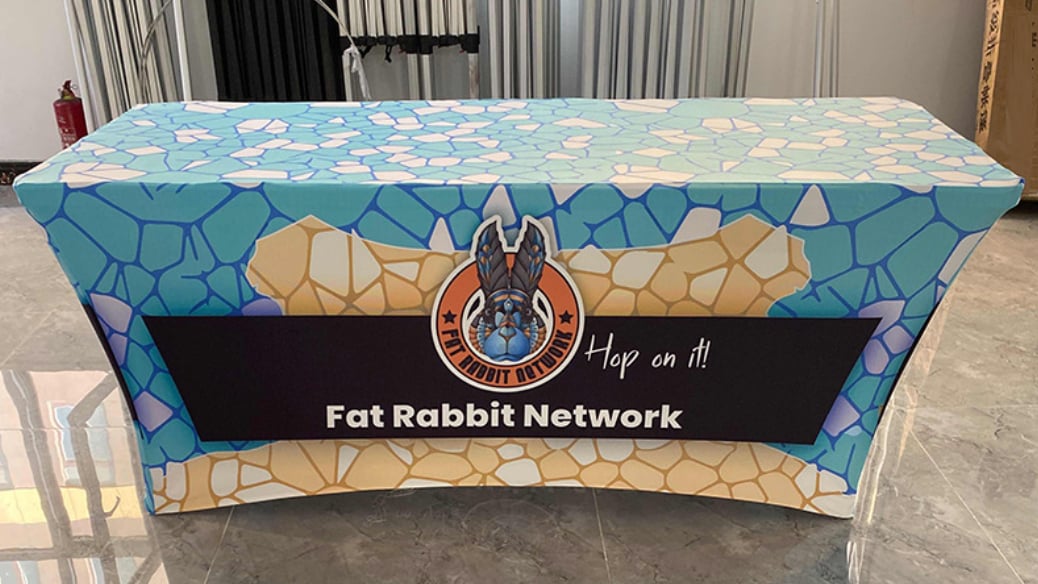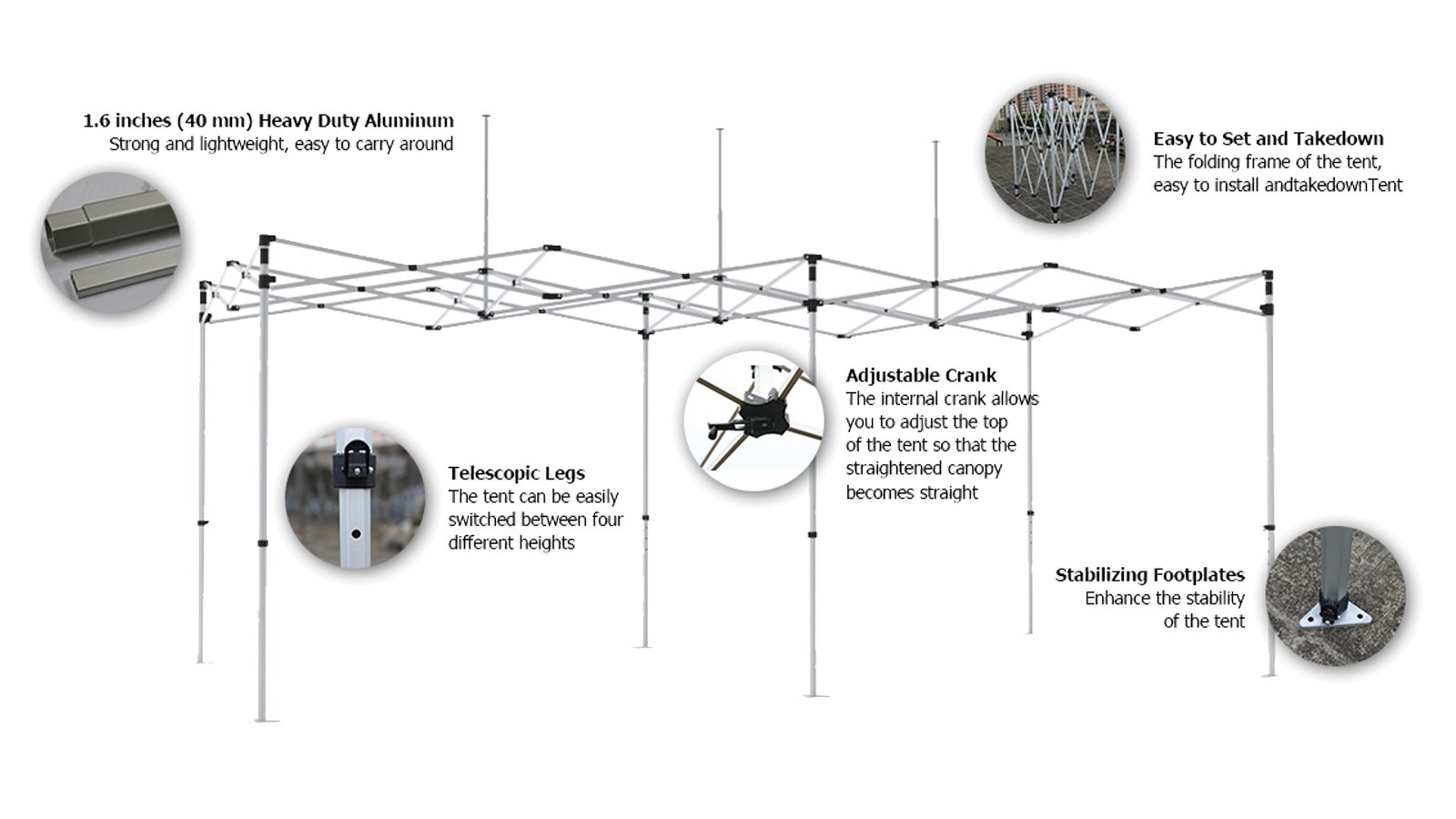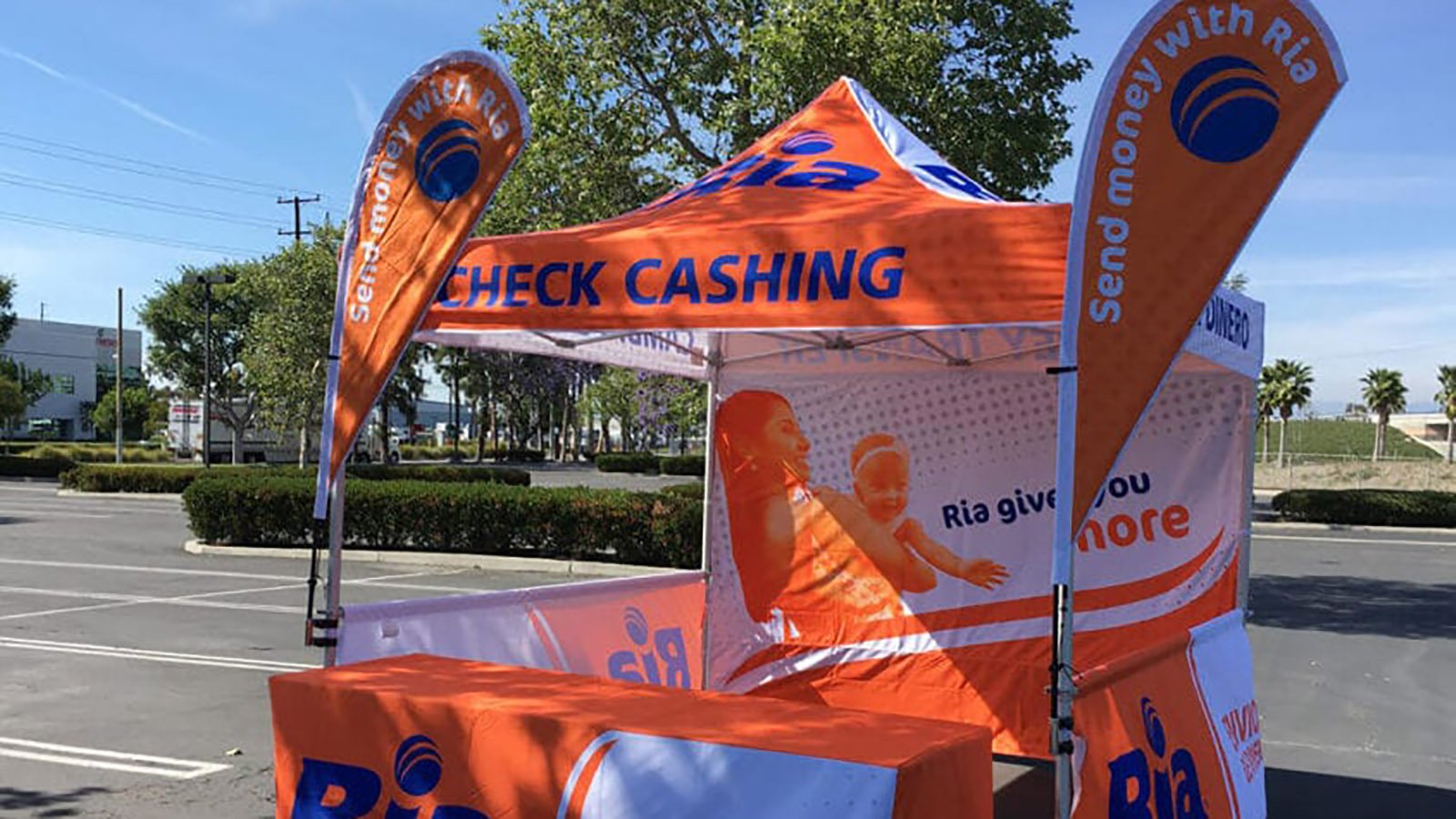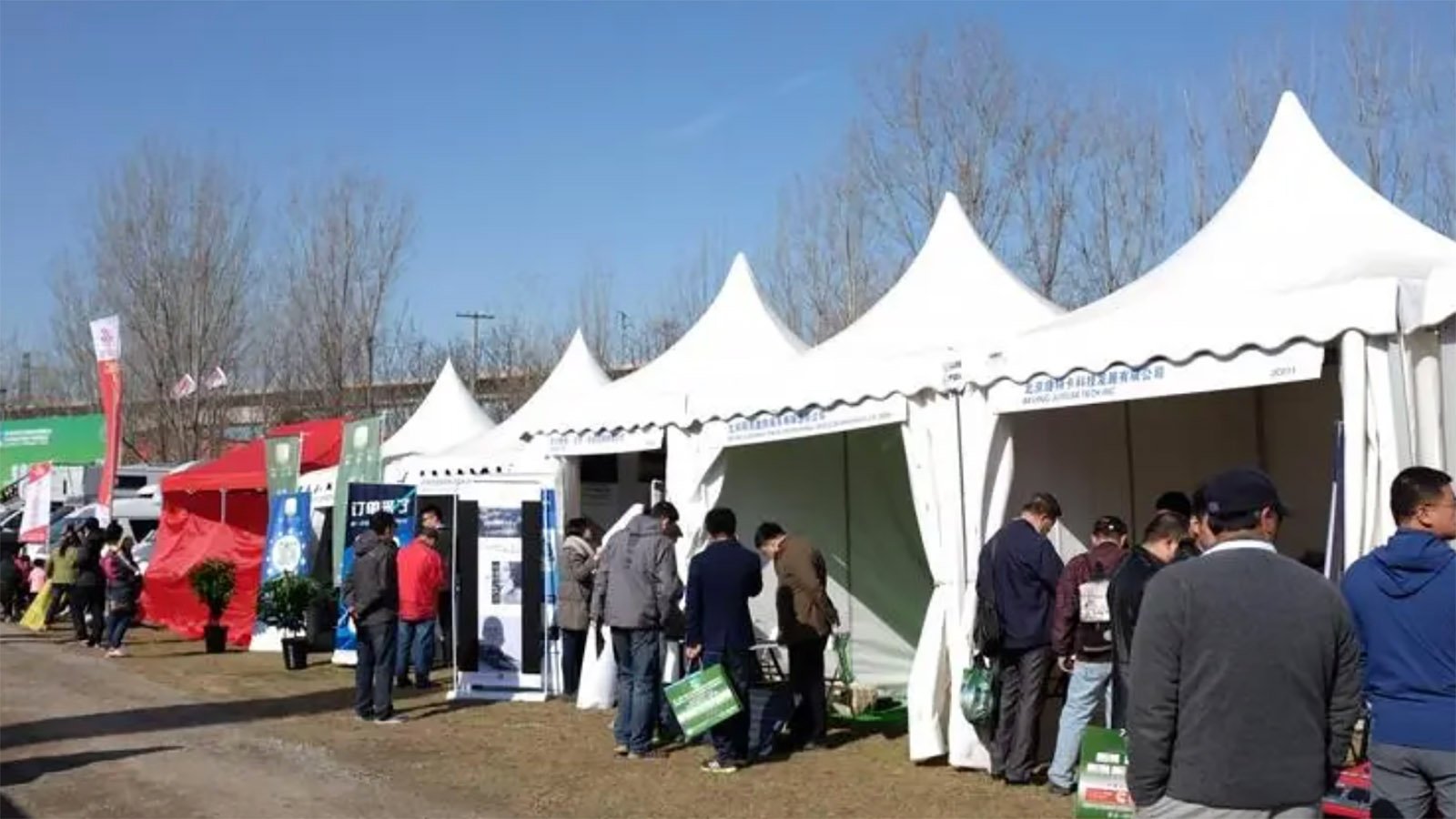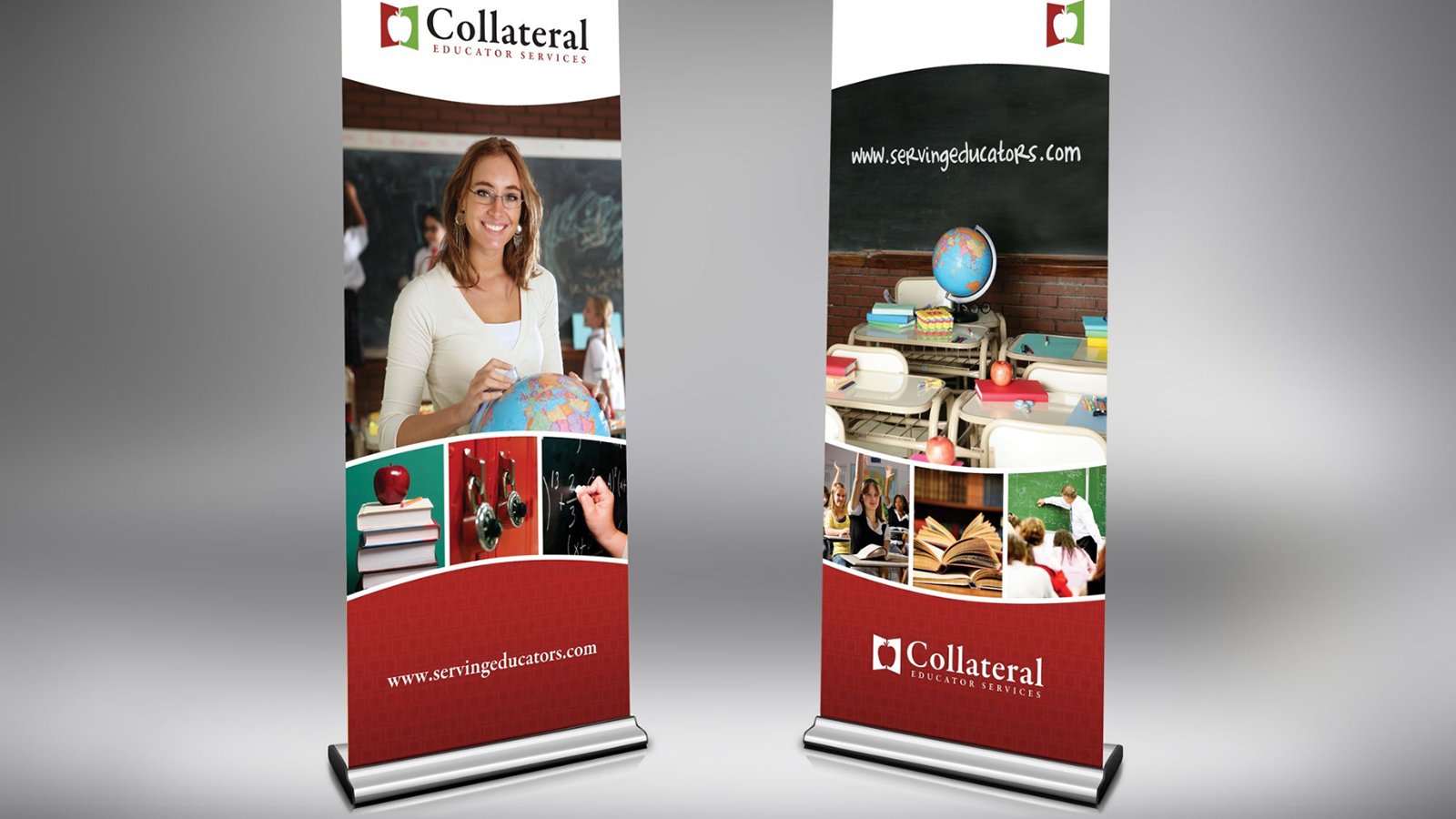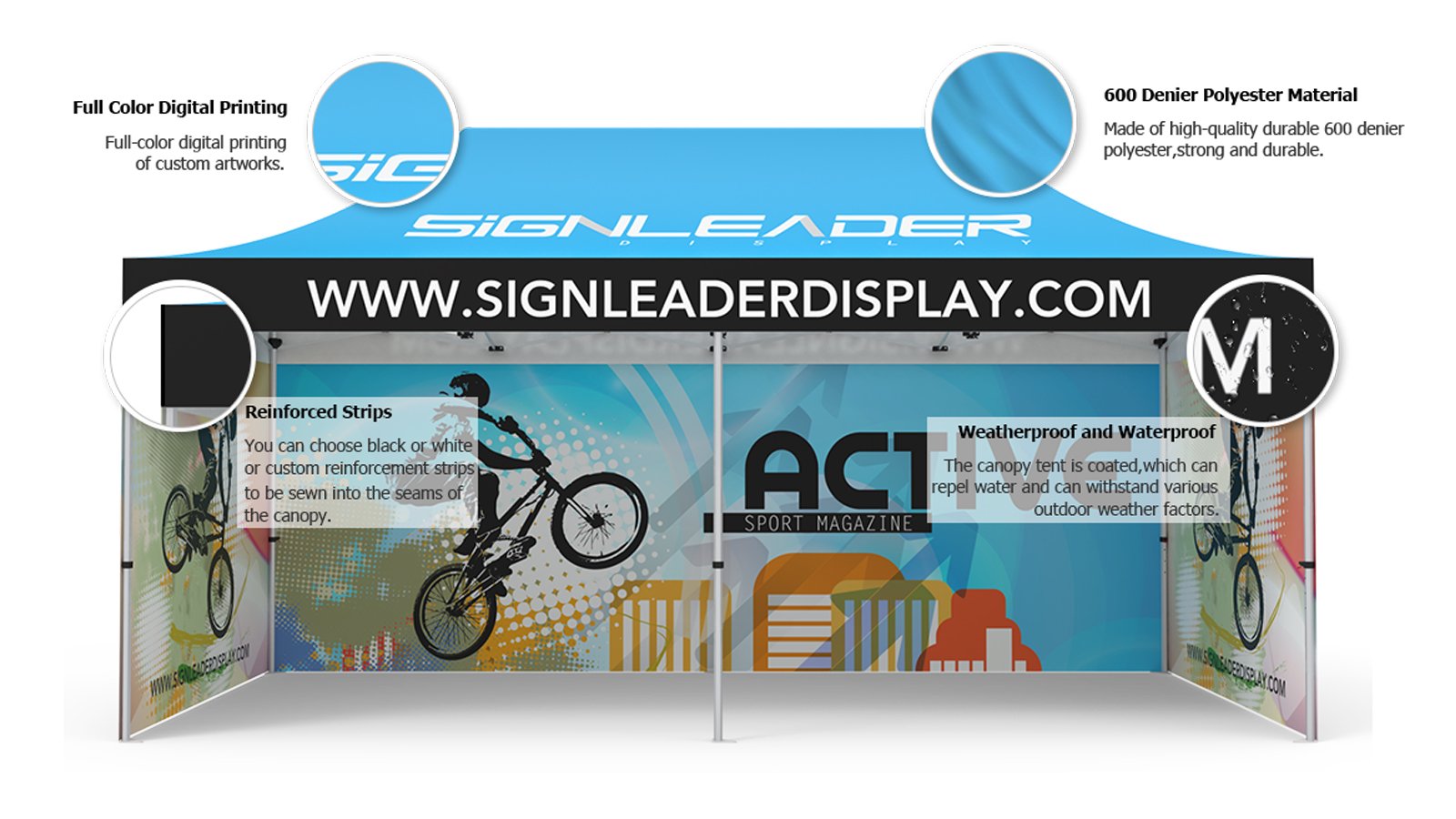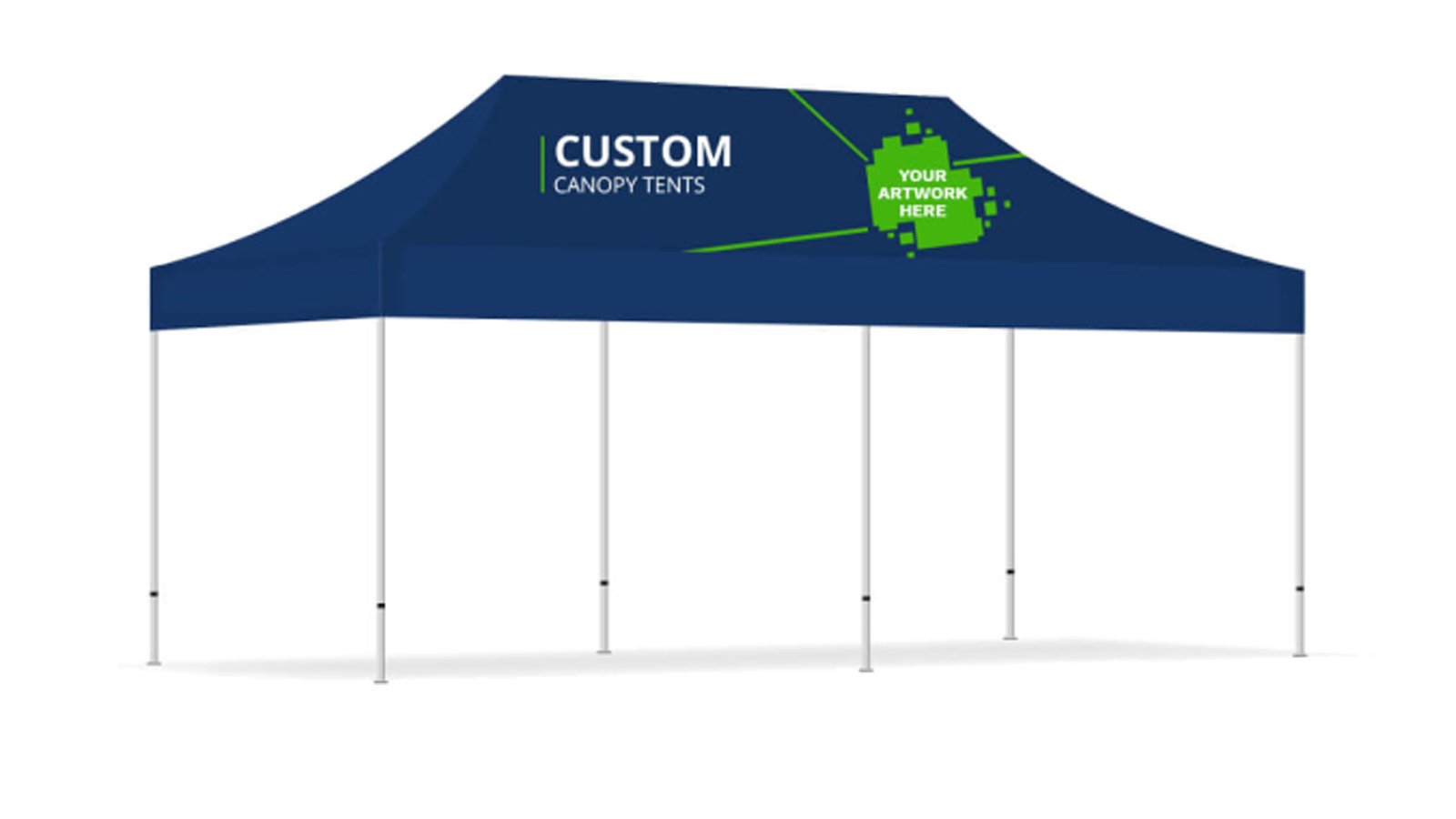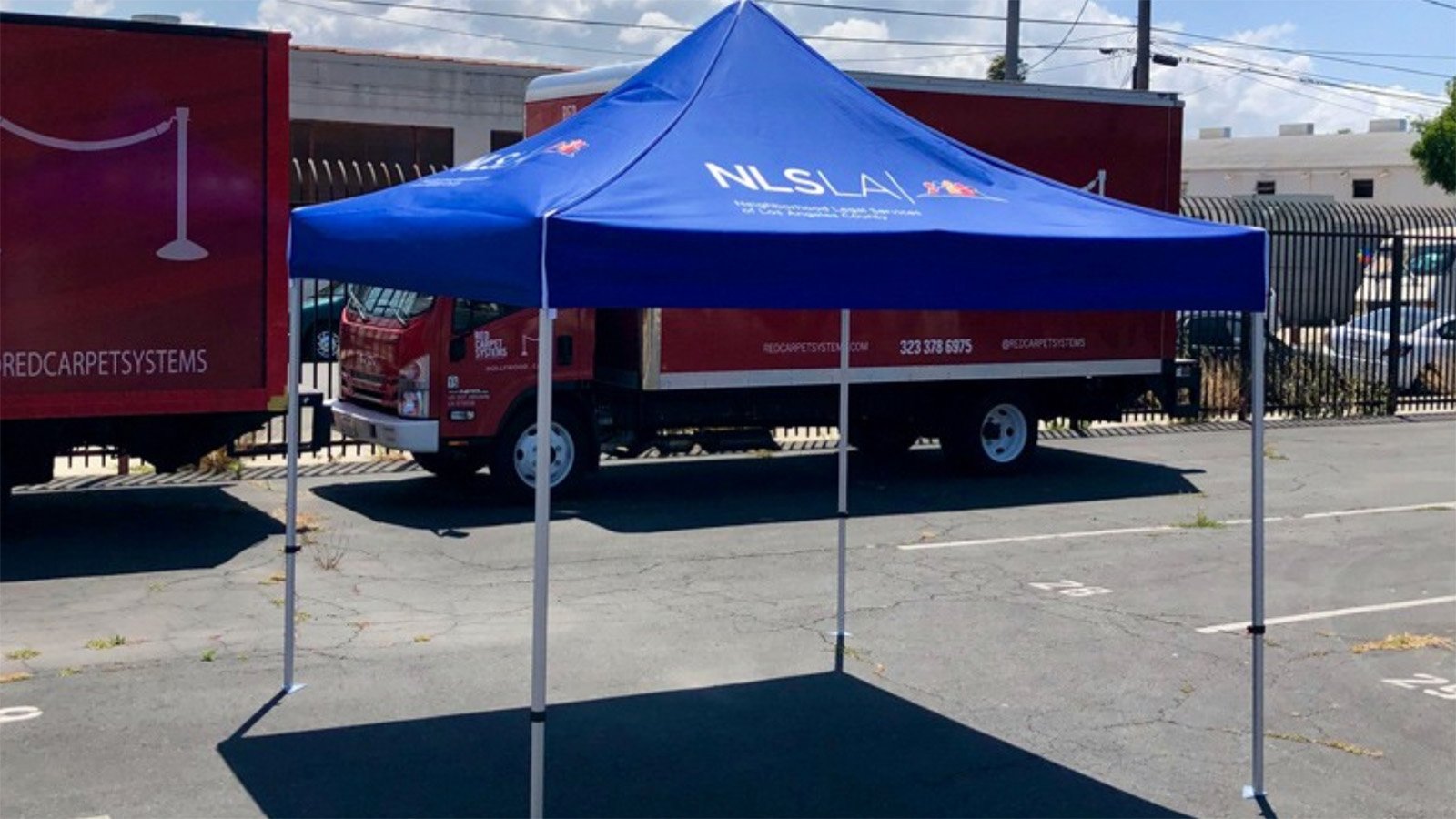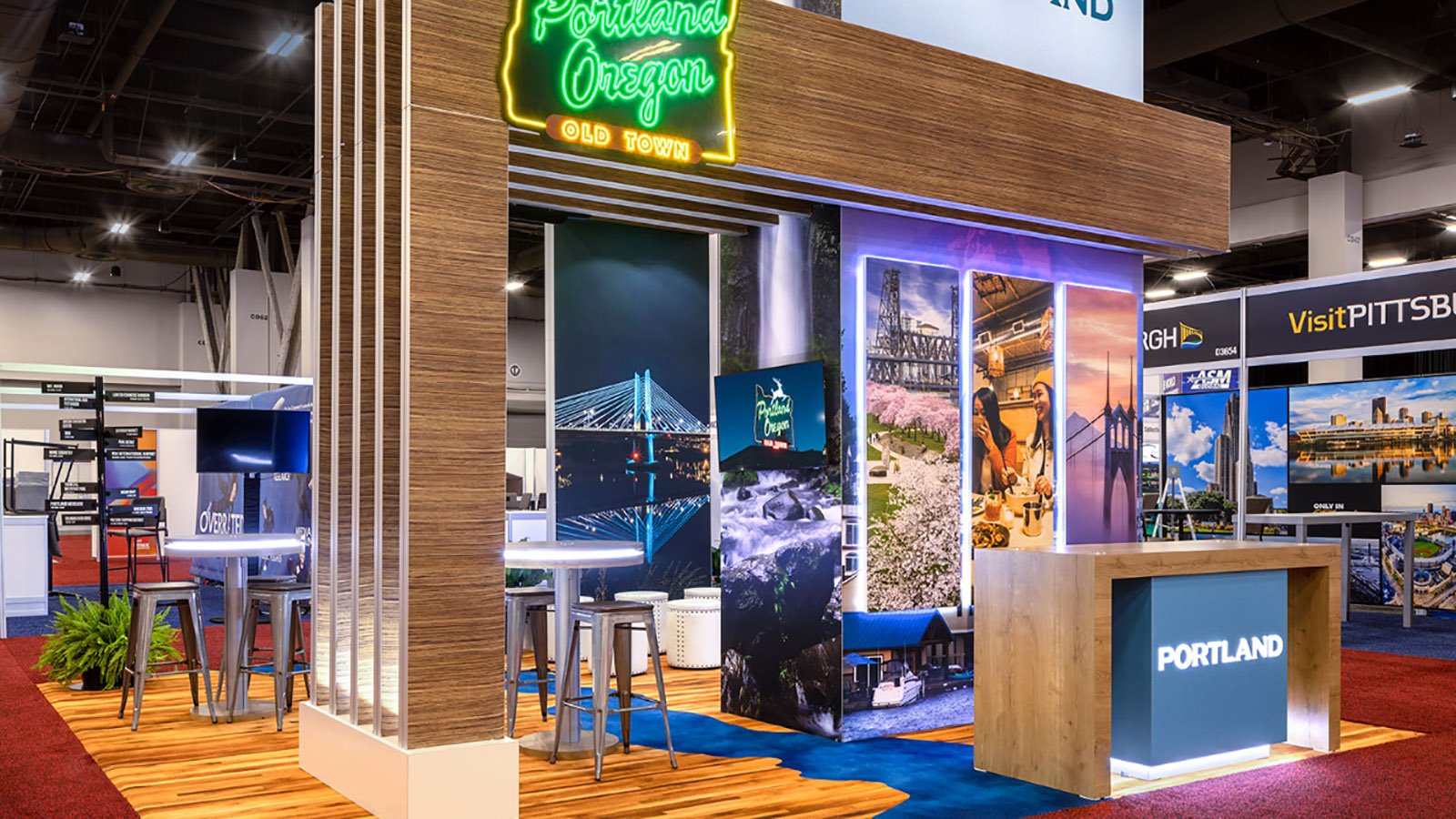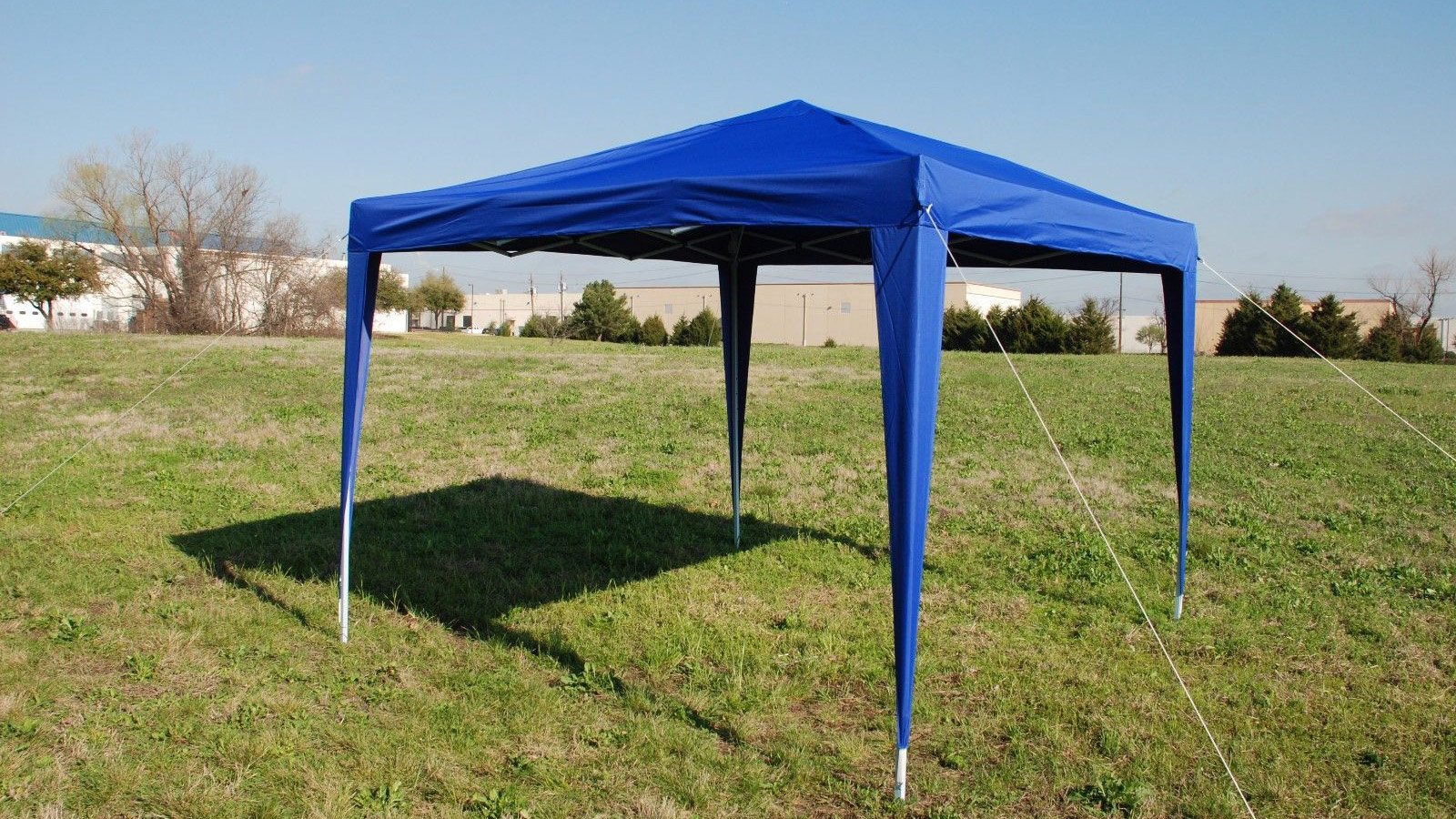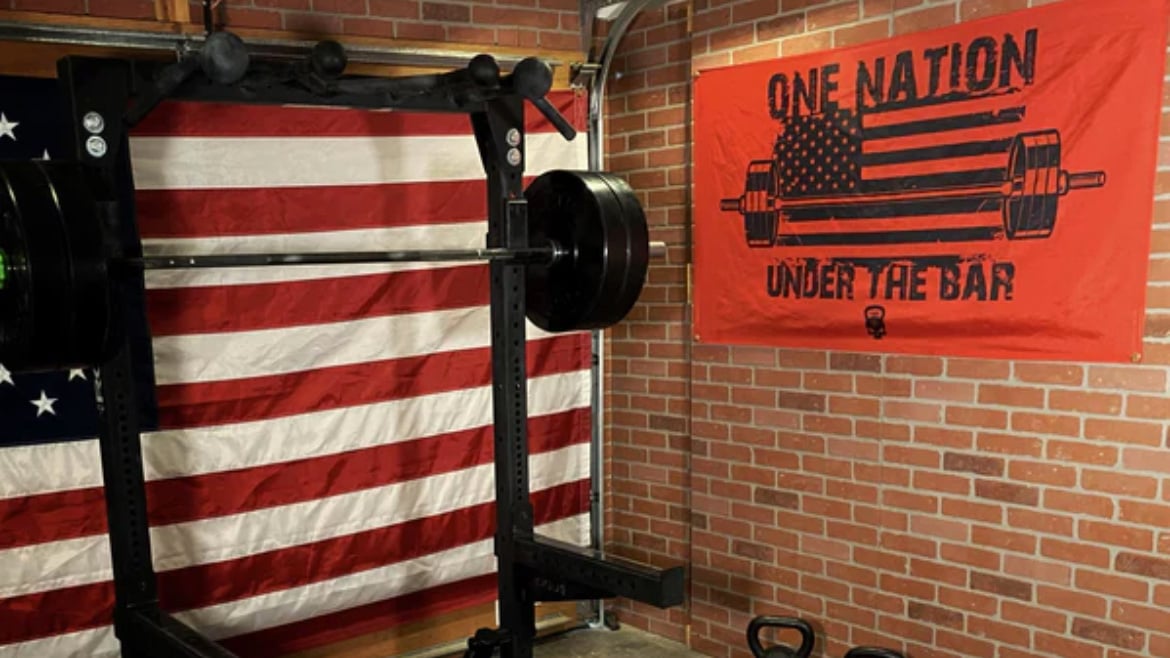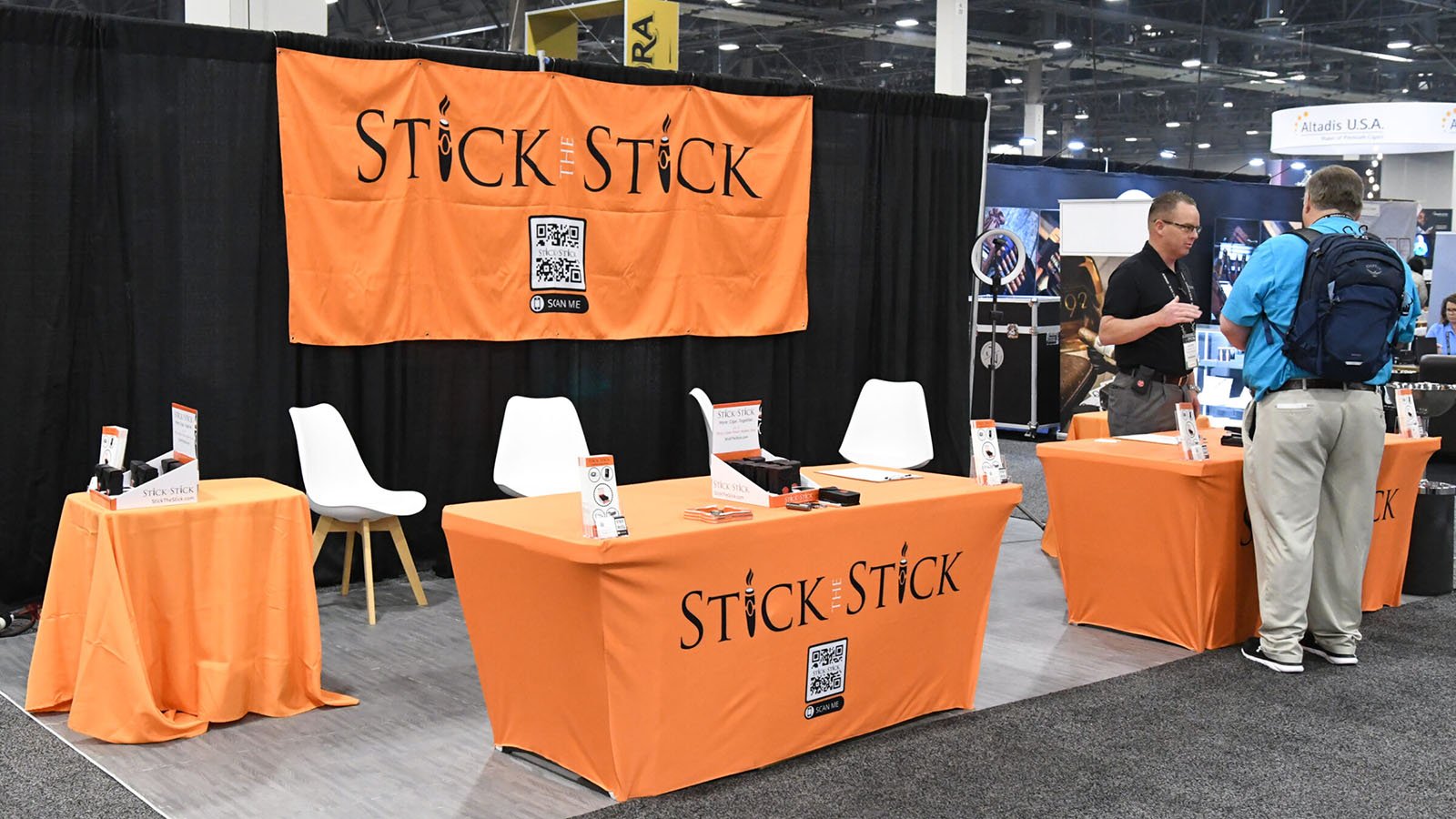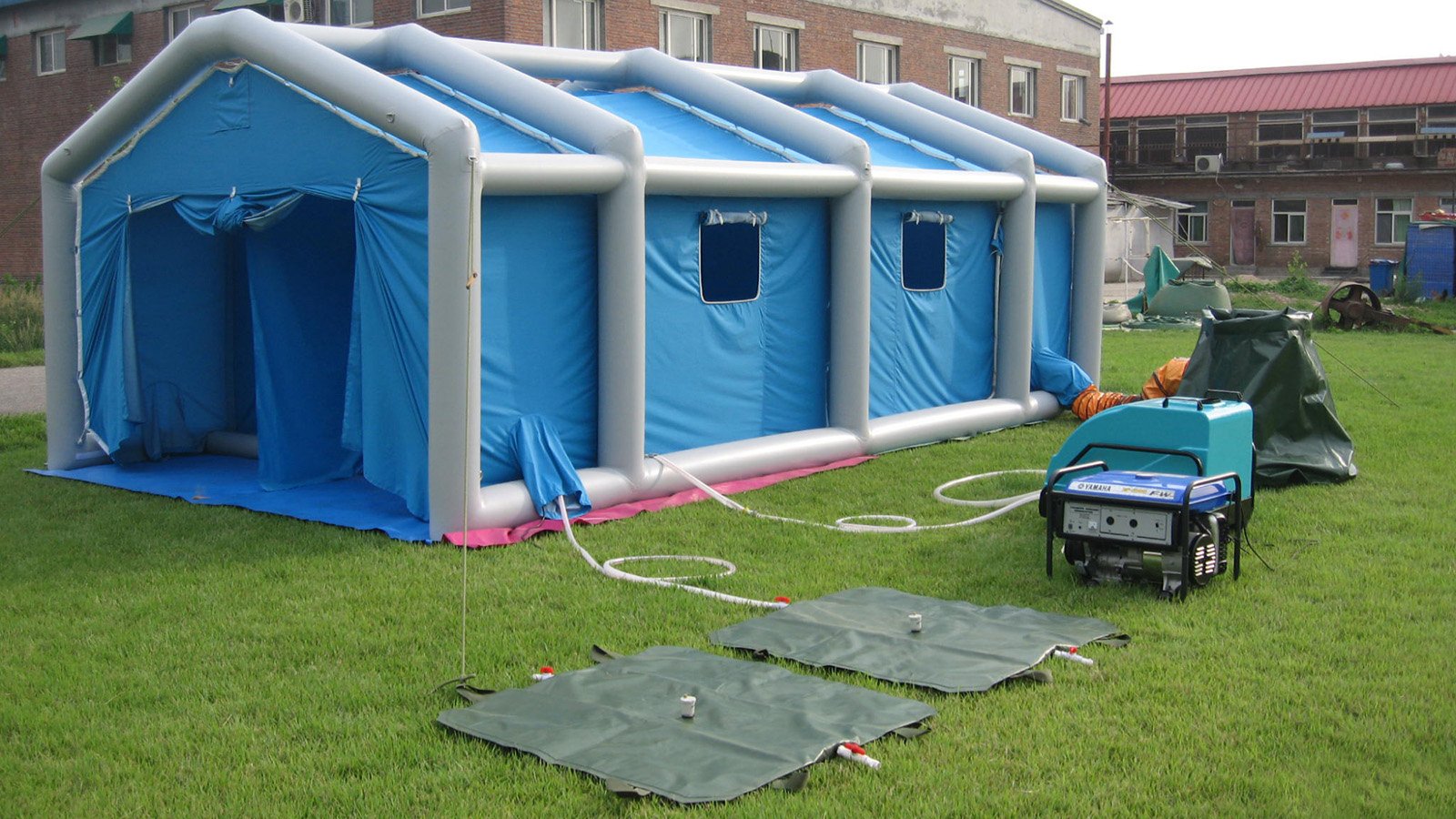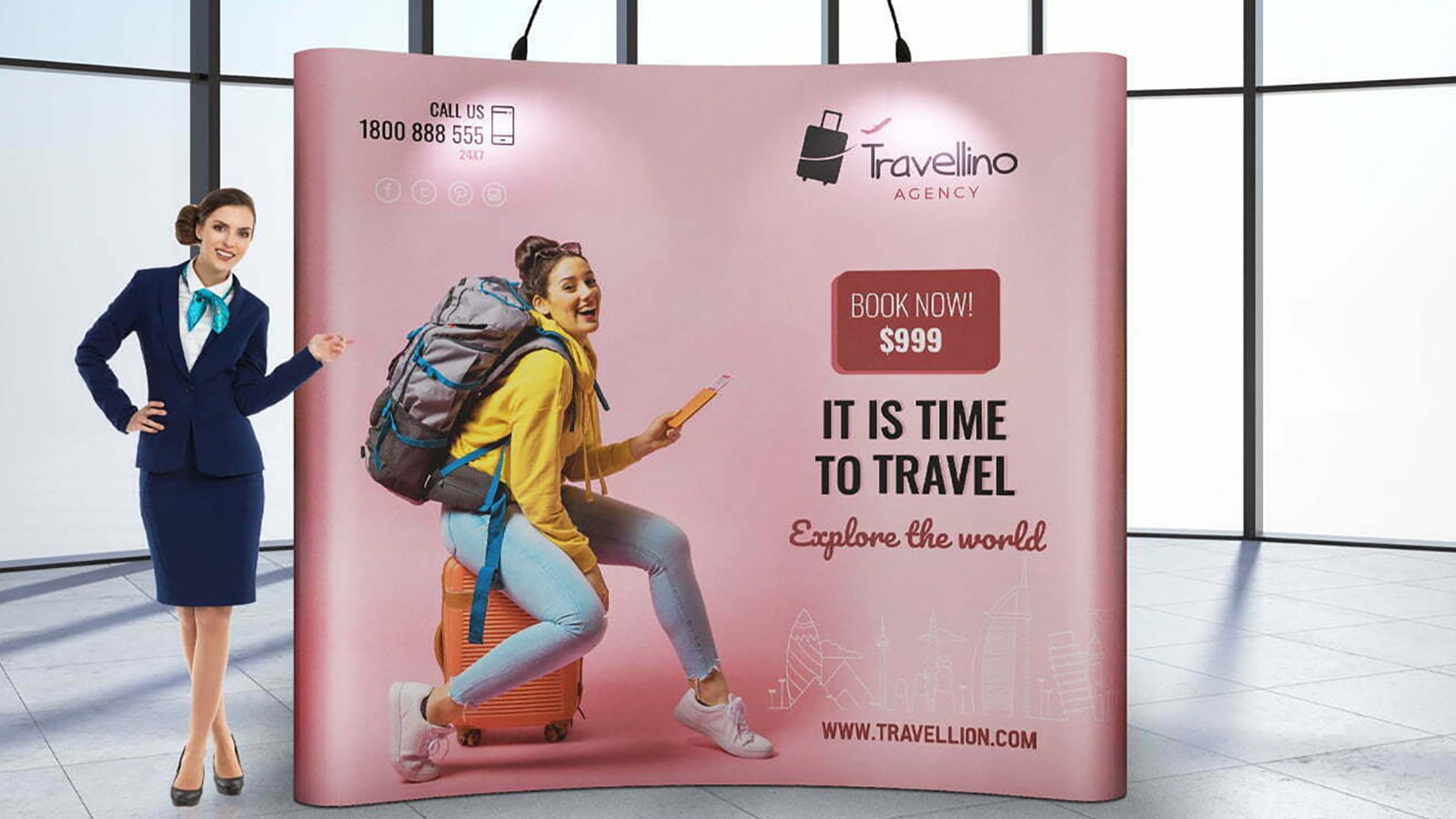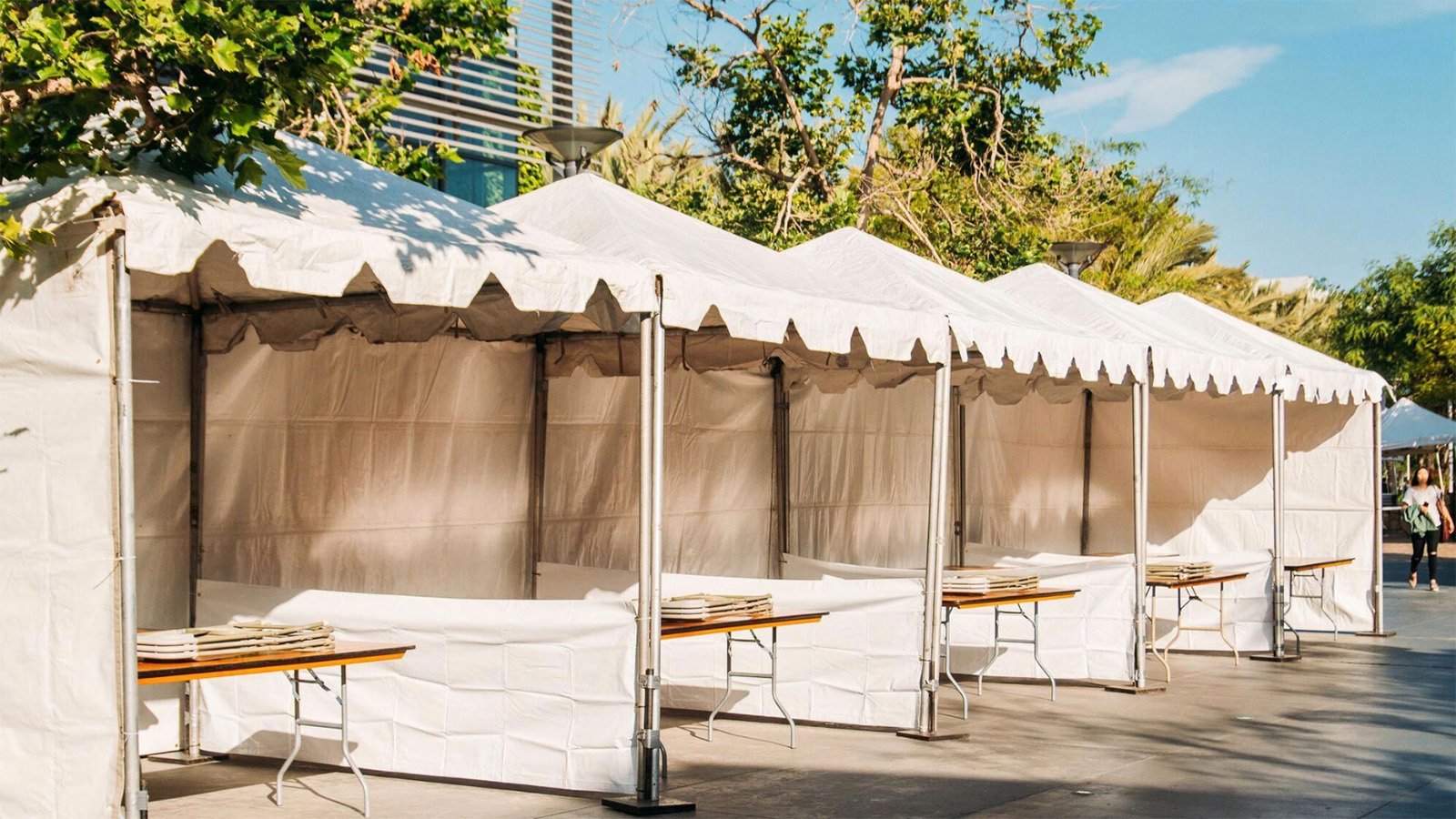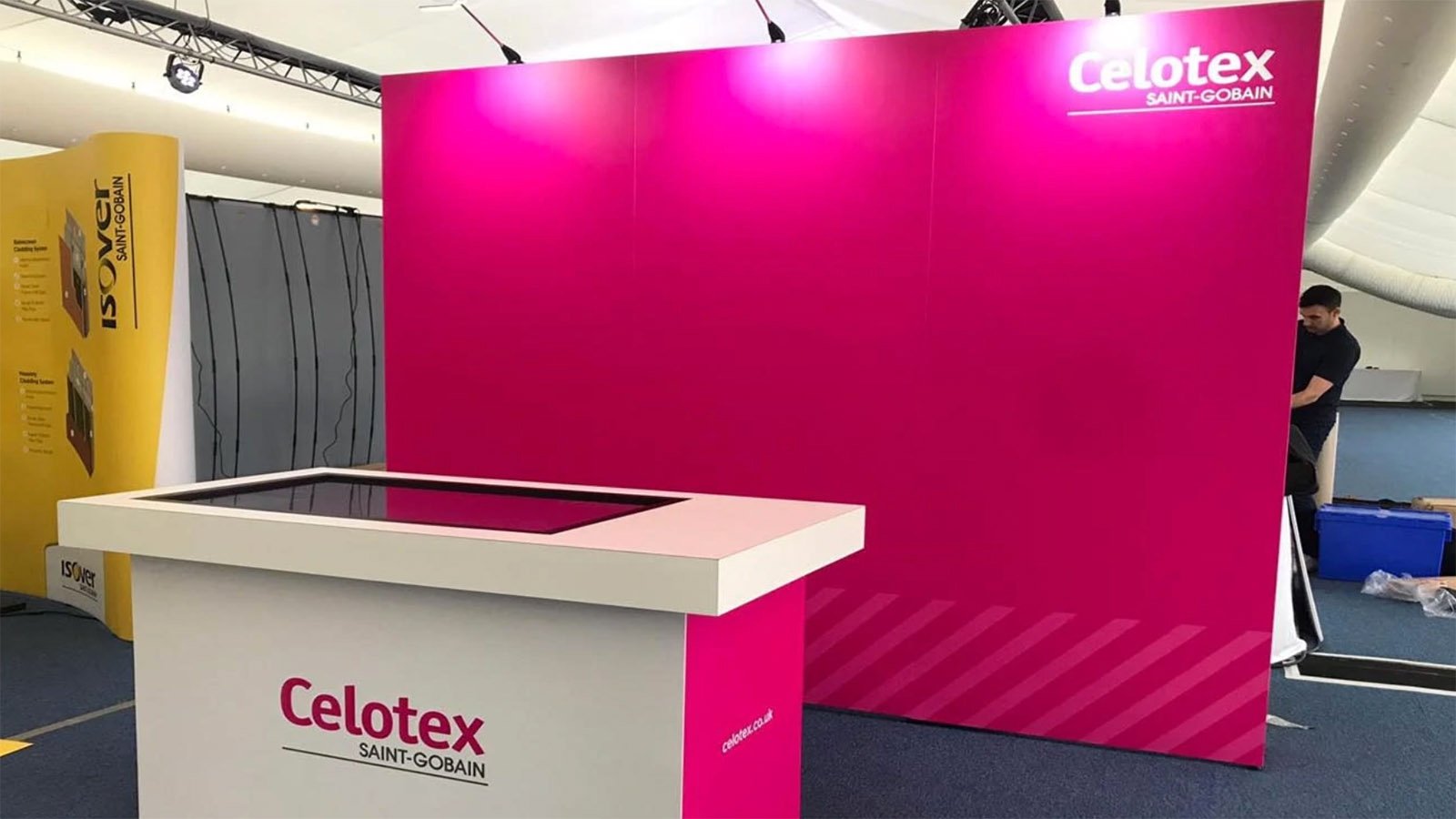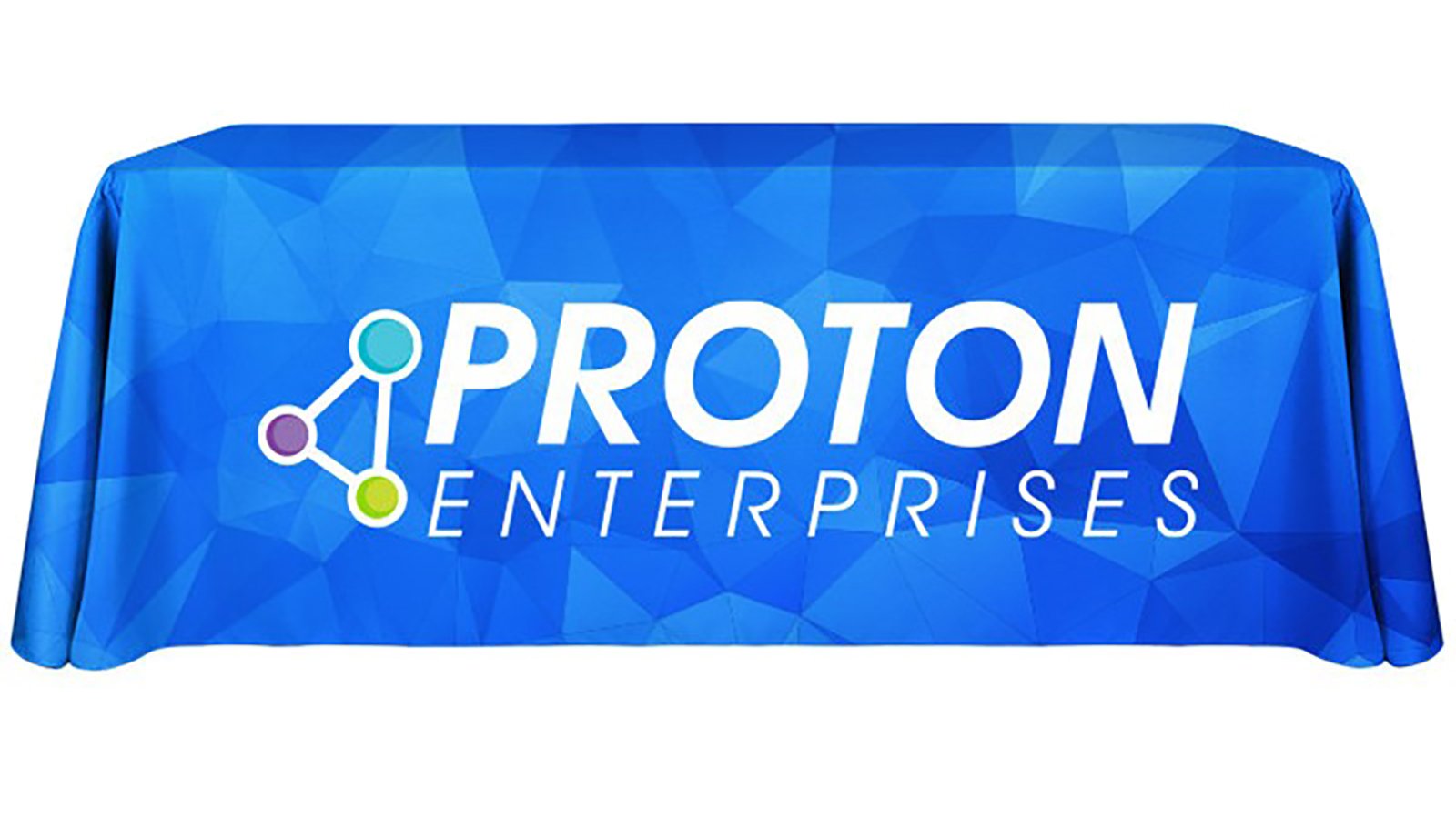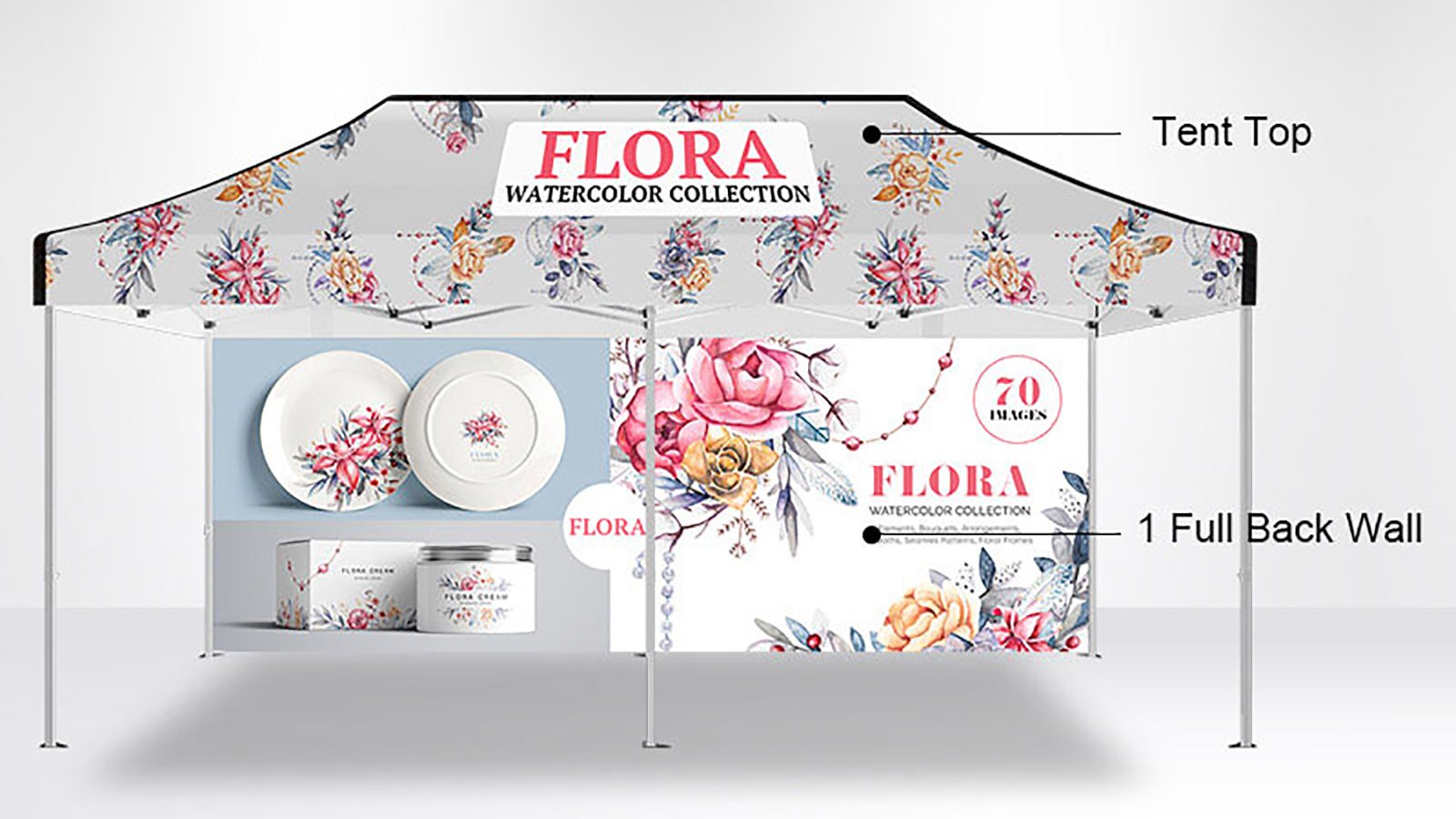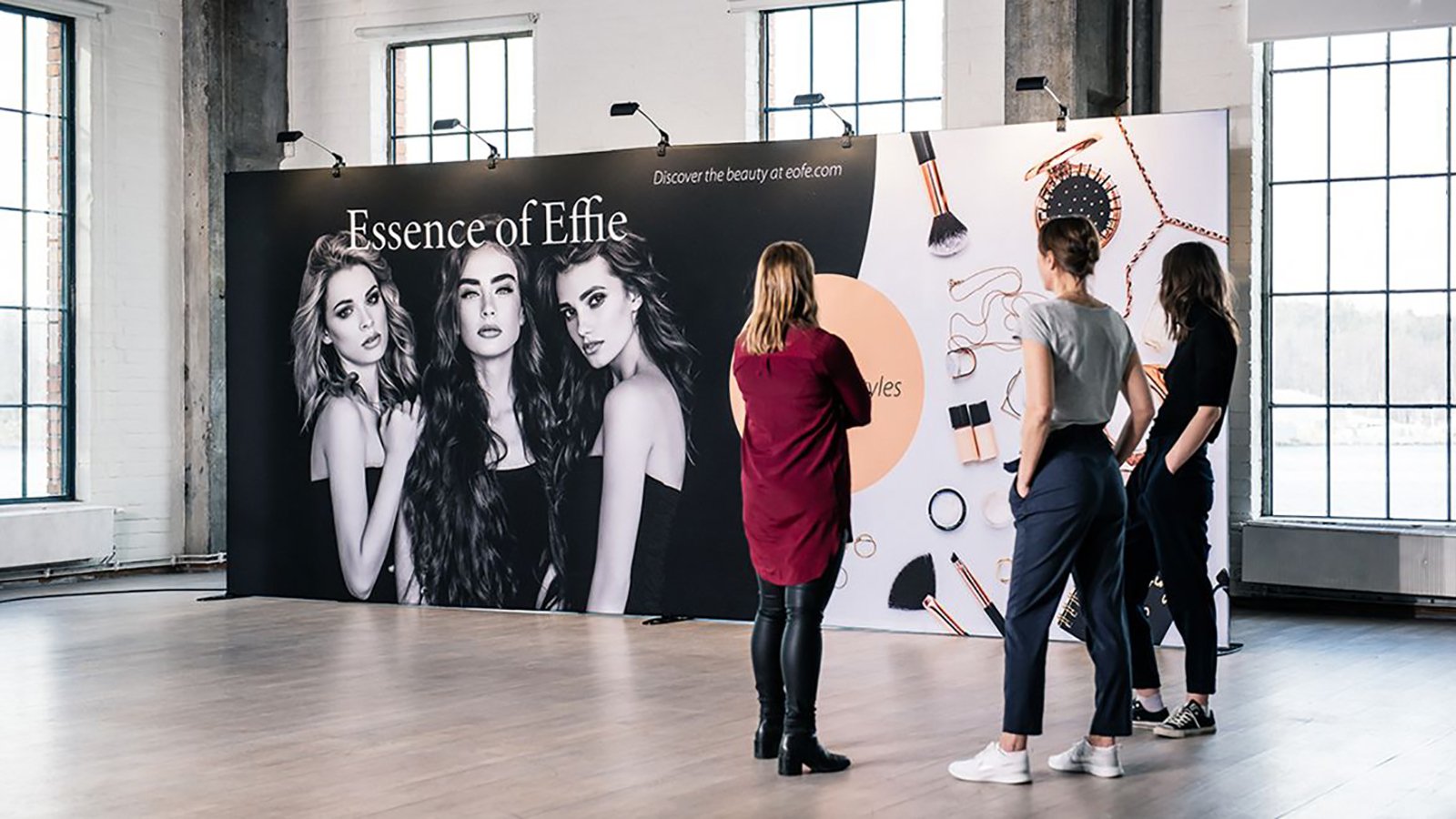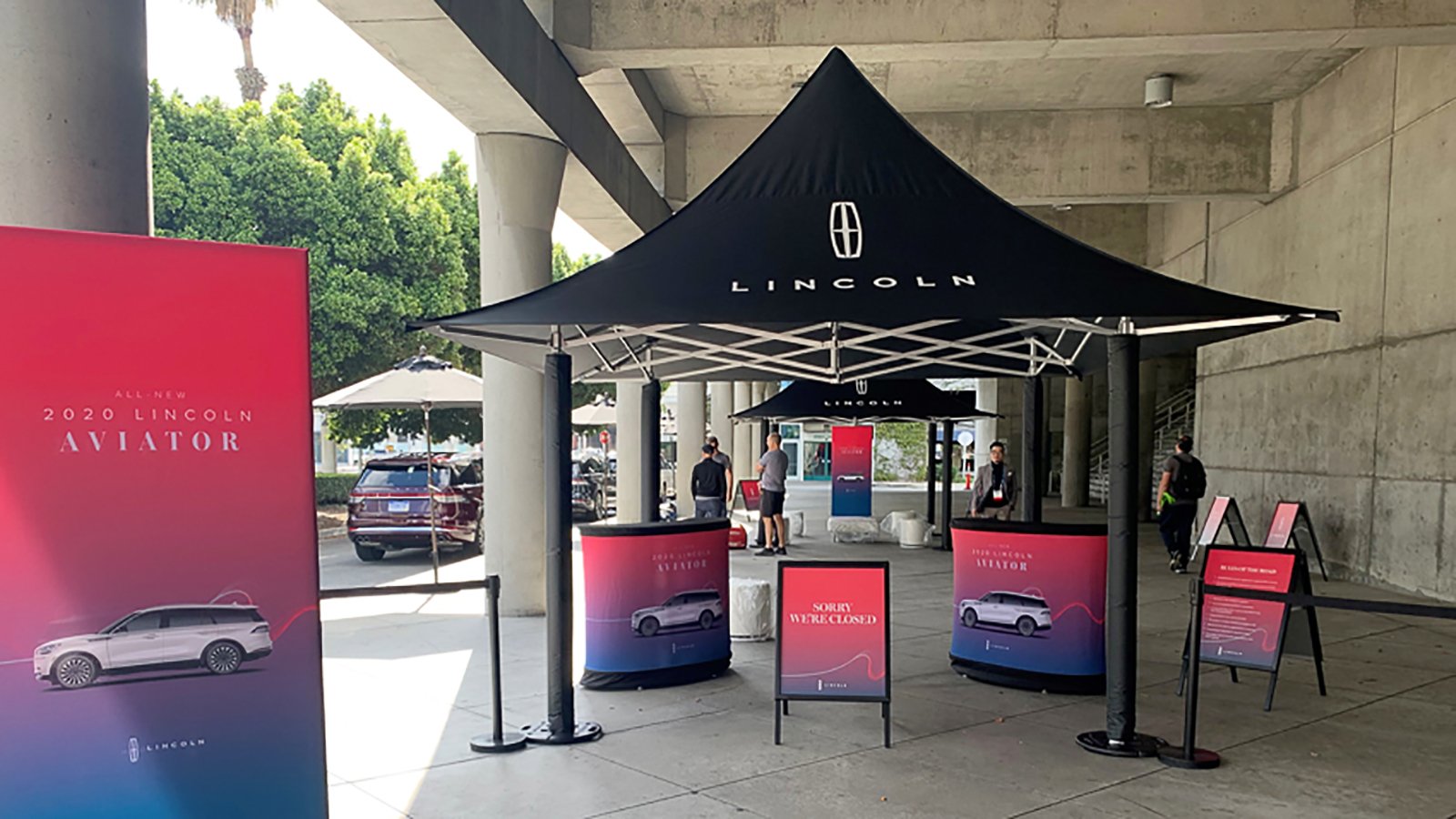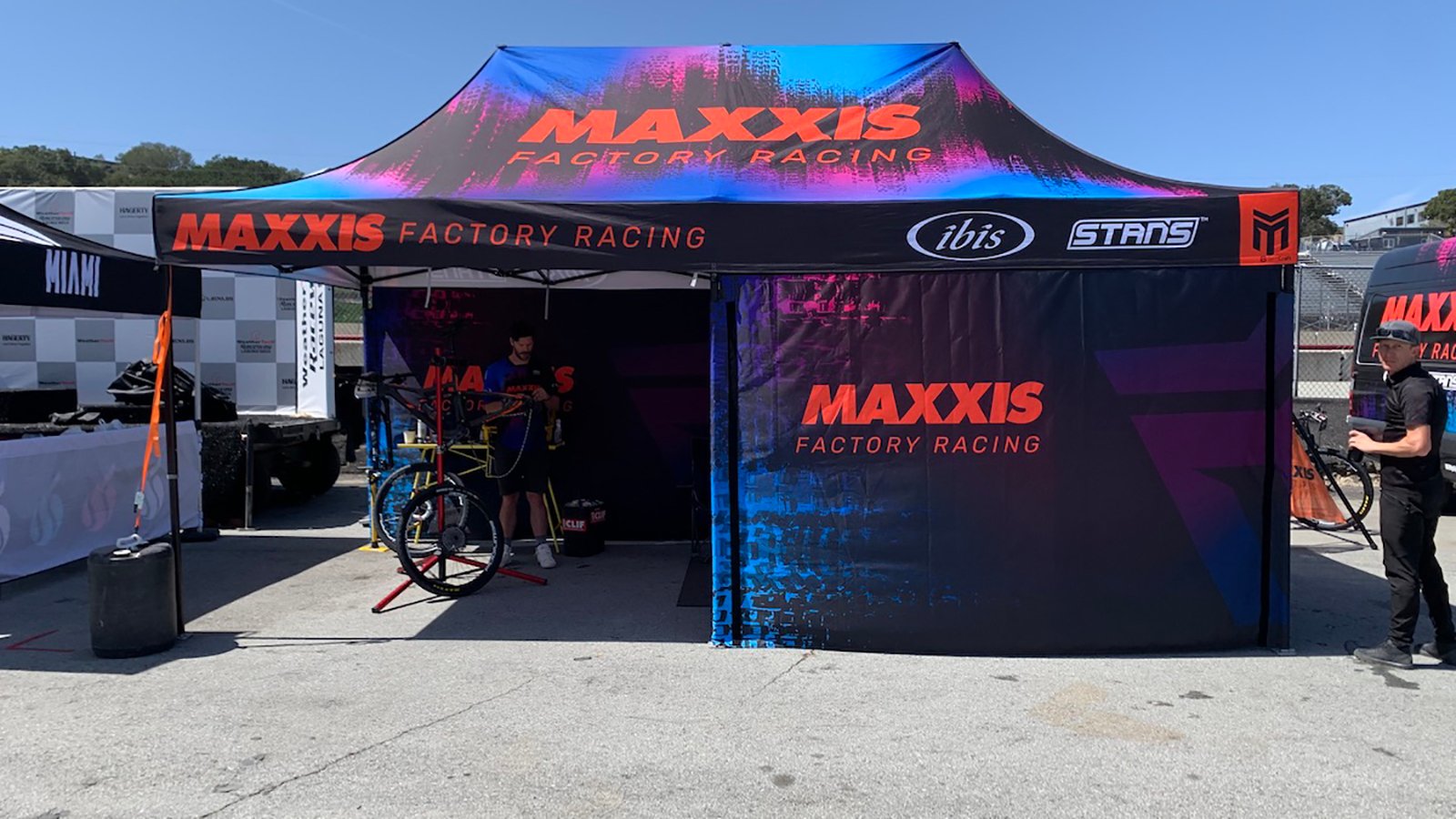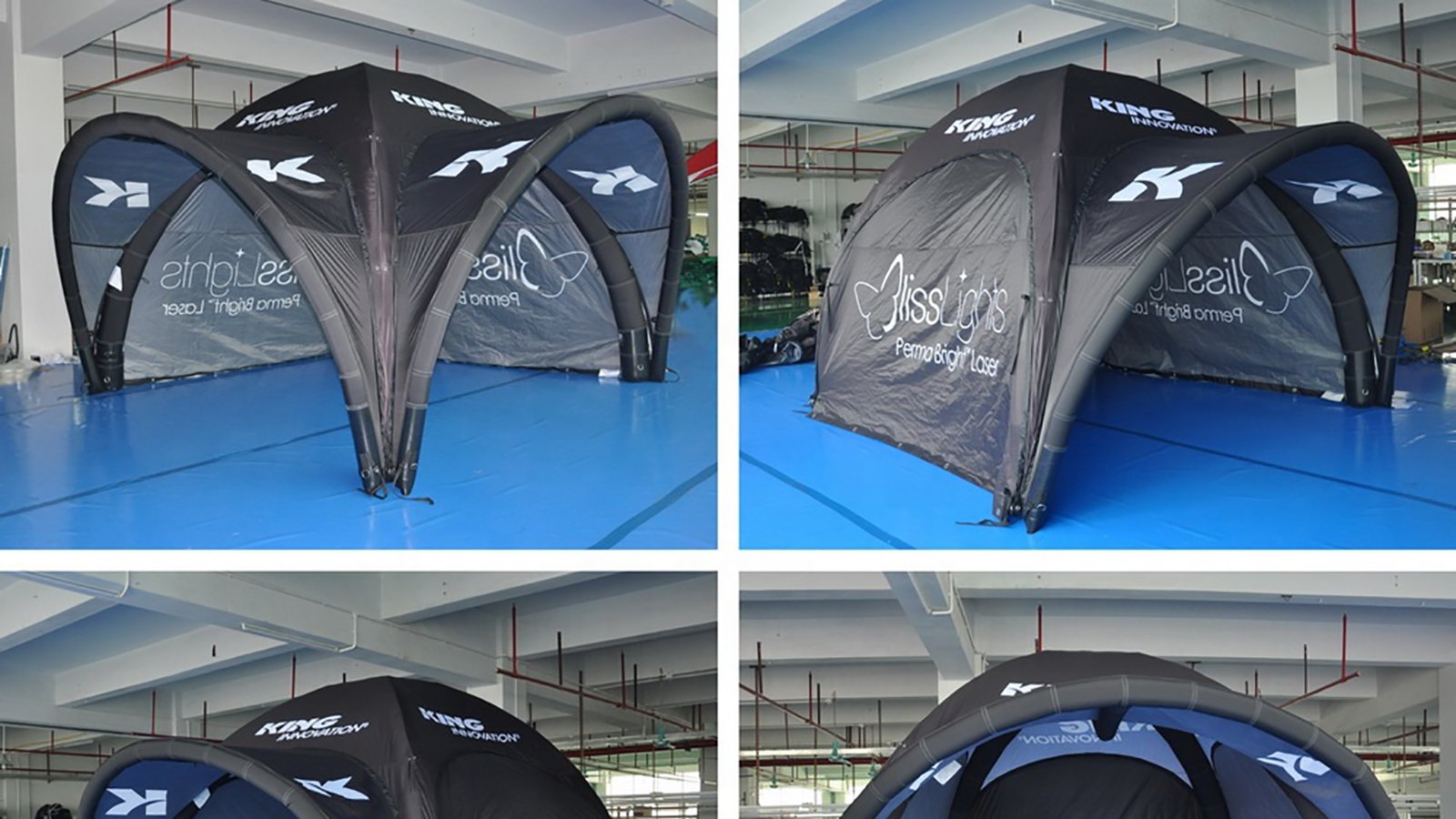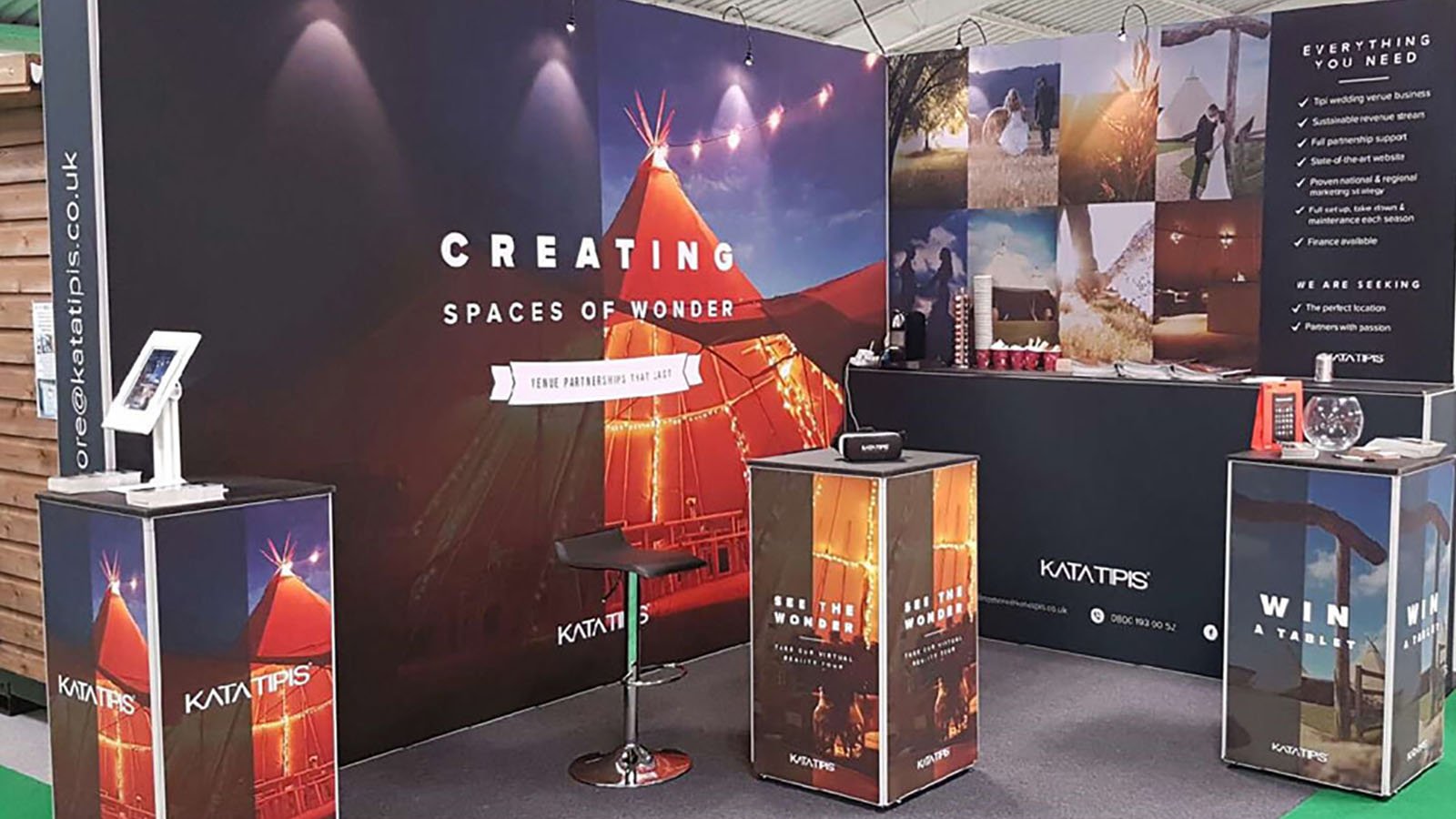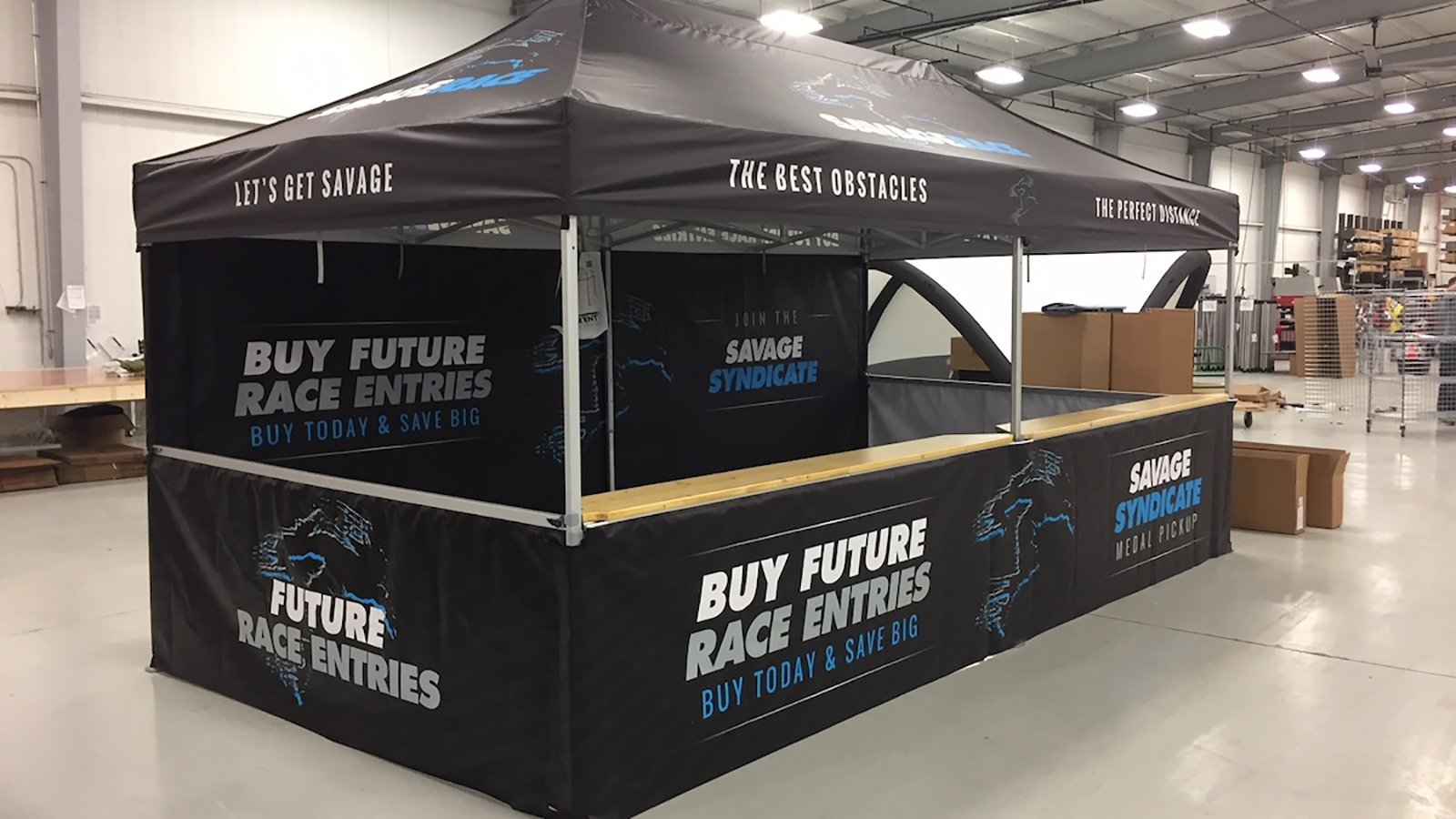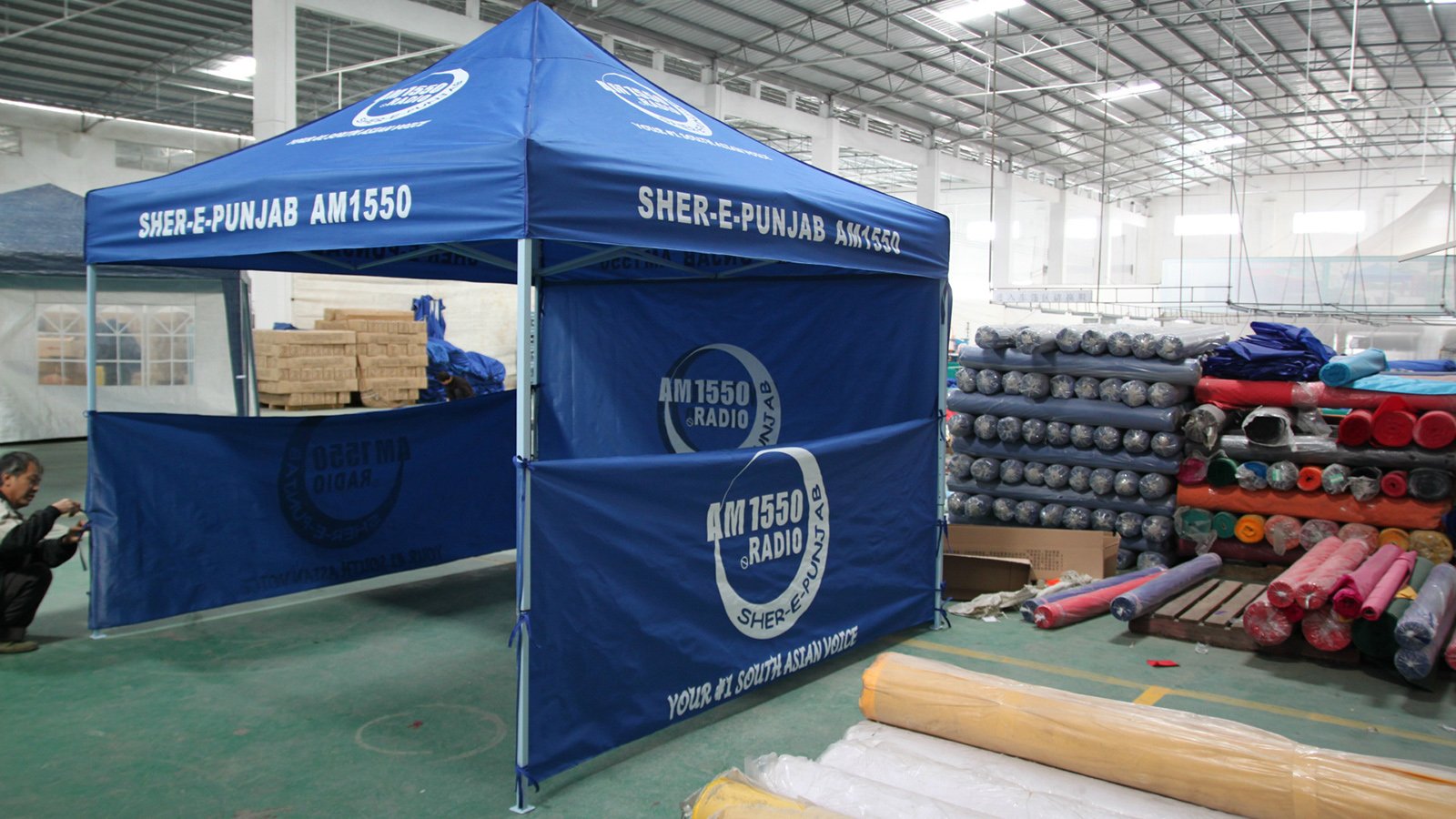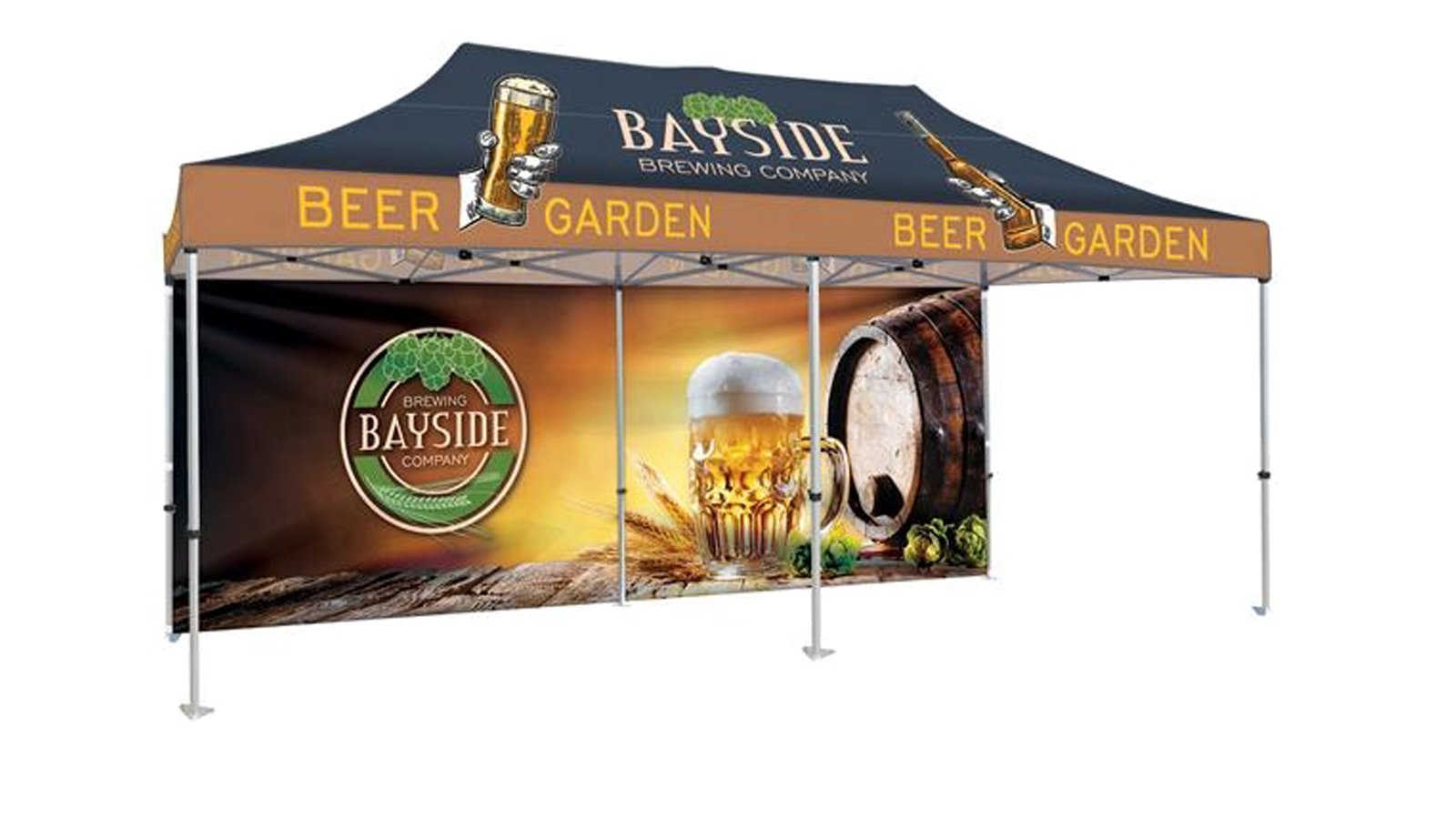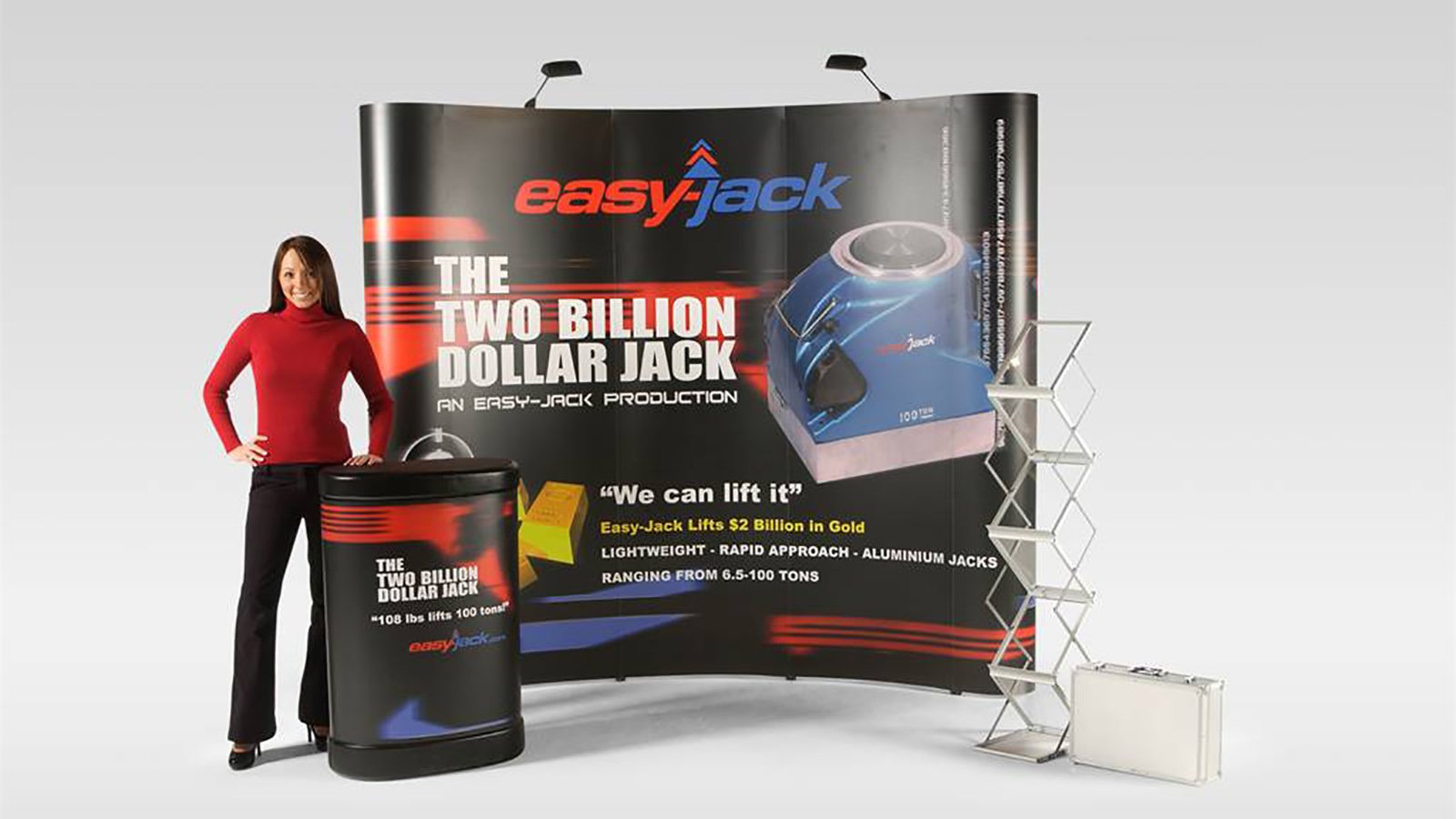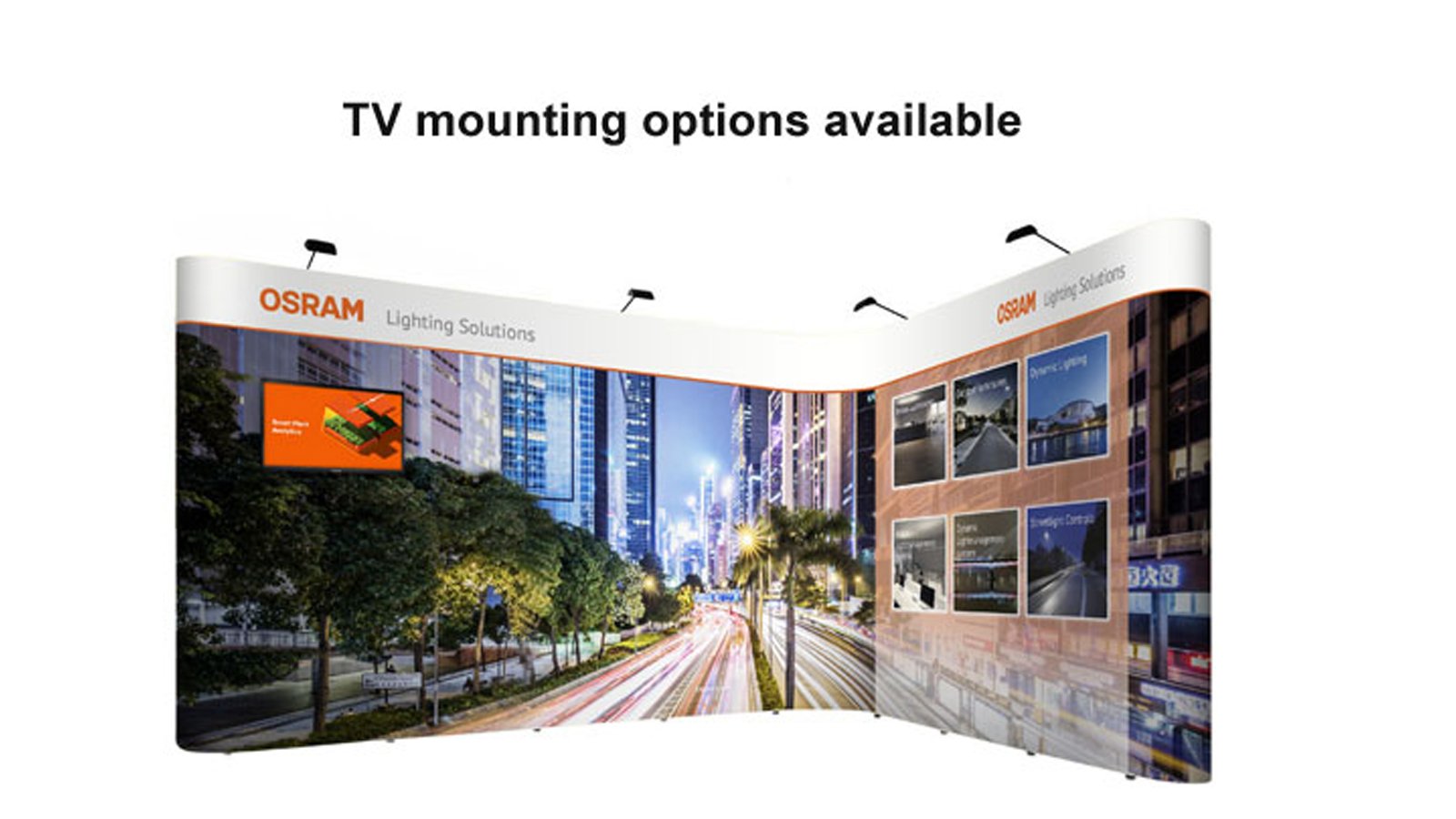The Basics of Pop-Up Displays
Pop-up displays are an essential marketing tool used by businesses to attract attention at trade shows, exhibitions, and other events. These portable and lightweight displays consist of a frame that "pops up" and holds graphics or fabric panels. They are known for their versatility, ease of use, and ability to create an impactful visual presence. In this article, we will explore the various aspects of pop-up displays and their significance in the world of advertising and marketing.
The Advantages of Using Pop-Up Displays
Pop-up displays offer numerous advantages that make them a popular choice among businesses. Firstly, they are incredibly portable and can be easily transported to different locations. The lightweight frames and compact design make them ideal for frequent travelers. Secondly, pop-up displays are quick and easy to set up. The frame can be assembled within minutes, and the graphics or fabric panels can be attached effortlessly. This saves valuable time at events where every minute counts. Lastly, pop-up displays are highly customizable. Businesses can choose from a variety of sizes, shapes, and designs to suit their specific needs and branding requirements.
Types of Pop-Up Displays
There are several types of pop-up displays available in the market, each serving a different purpose. The most common types include:
- Curved Pop-Up Display: This type of display has a gentle curve, creating an inviting and aesthetically pleasing backdrop.
- Straight Pop-Up Display: As the name suggests, this display features a straight frame, offering a clean and modern look.
- Tabletop Pop-Up Display: These smaller versions of pop-up displays are designed to be placed on tables or counters, making them ideal for product showcases or informational purposes.
- Pop-Up Towers: These tall and slender displays are perfect for maximizing visibility in crowded exhibition halls.
Graphics and Panels for Pop-Up Displays
The graphics and panels used in pop-up displays play a crucial role in capturing the attention of potential customers. Businesses have the option to choose between fabric panels and printed graphics. Fabric panels are lightweight, wrinkle-resistant, and can be easily attached to the frame using velcro. They provide a professional and seamless look. On the other hand, printed graphics offer vibrant colors and high-resolution images, creating a visually striking display. Both options have their advantages, and businesses can select the one that best suits their brand image and objectives.
Lighting Options for Pop-Up Displays
Lighting is an essential element that can enhance the impact of a pop-up display. There are various lighting options available for pop-up displays, including:
- Spotlights: These focused lights can be attached to the top or sides of the display, highlighting specific areas or products.
- LED Light Strips: These energy-efficient light strips can be easily attached to the frame, providing an even and well-distributed light source.
- Backlit Panels: These panels have built-in LED lights behind the graphics, creating an eye-catching and illuminated display.
Accessories for Pop-Up Displays
To further enhance the functionality and visual appeal of pop-up displays, businesses can utilize various accessories. Some popular accessories include:
- Counters: These portable counters can be attached to the display frame, providing a convenient space for product demonstrations or interaction with customers.
- Shelving Units: These units can be added to the display to showcase products or promotional materials.
- Monitor Mounts: Mounting a monitor on the display allows businesses to incorporate videos or interactive content into their presentations.
- Carrying Cases: These cases protect the pop-up display during transportation and make it easier to move around.
Setting Up and Taking Down a Pop-Up Display
While pop-up displays are known for their ease of use, proper setup and takedown procedures are essential to ensure a seamless experience. Here are some steps to follow:
- Unpack the pop-up display and lay out all the components.
- Assemble the frame by connecting the individual sections.
- Attach the graphics or fabric panels to the frame, ensuring they are aligned correctly.
- Add any accessories or lighting options as desired.
- Position the display in the desired location, making sure it is stable and secure.
- After the event, dismantle the display by reversing the setup process.
- Carefully pack all components, ensuring they are protected and organized.
The Role of Pop-Up Displays in Marketing
Pop-up displays are an integral part of marketing strategies for businesses of all sizes. They provide an opportunity to create a strong visual impact, attract attention, and engage with potential customers. Pop-up displays can effectively communicate a brand's message, showcase products or services, and increase brand awareness. They are often used in trade shows, exhibitions, conferences, and retail environments to capture the interest of the target audience and generate leads. With a well-designed and strategically placed pop-up display, businesses can make a lasting impression and stand out from the competition.
Conclusion
Pop-up displays are versatile, portable, and visually appealing marketing tools that can significantly enhance a business's presence at various events. Whether it's a trade show, exhibition, or conference, a well-designed pop-up display can make a lasting impression on potential customers. By understanding the different types, customization options, and accessories available, businesses can maximize the impact of their pop-up displays and effectively promote their brand.
